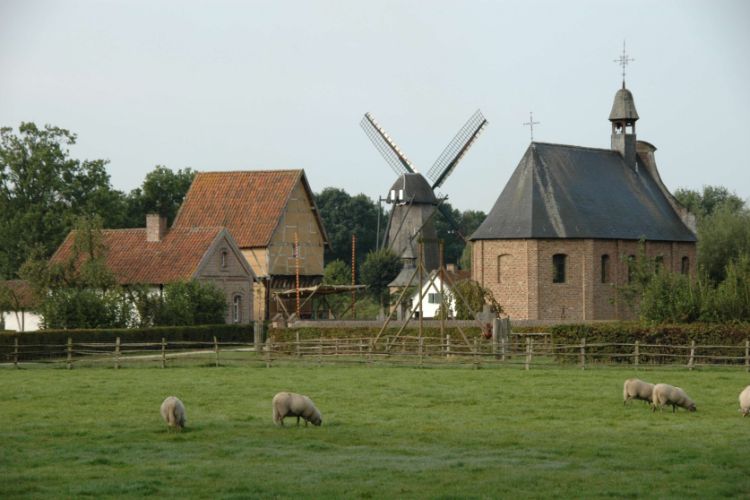Are you interested in experiencing history firsthand? These are the best open air museums in Europe:
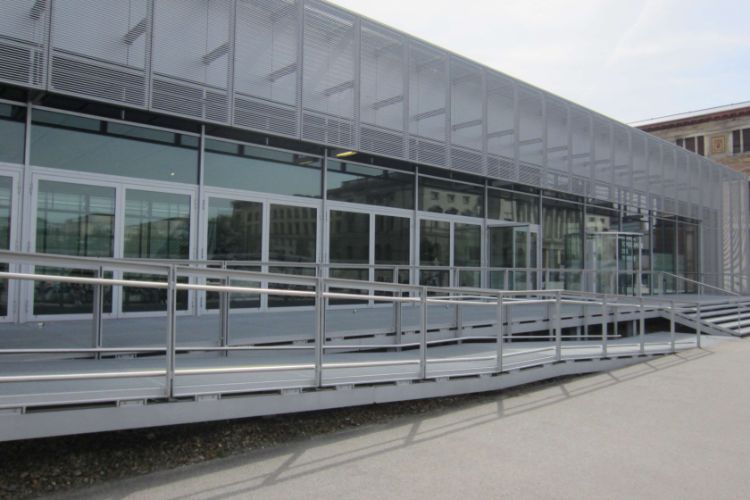
Topography of Terror
BerlinWhat used to be the headquarters of the Gestapo until 1945 is now an architectural complex which holds the evidence of Nazi crimes. There are three permanent exhibitions in Topography of Terror that you can explore and a number of temporary ones. All information is provided both in German and Englis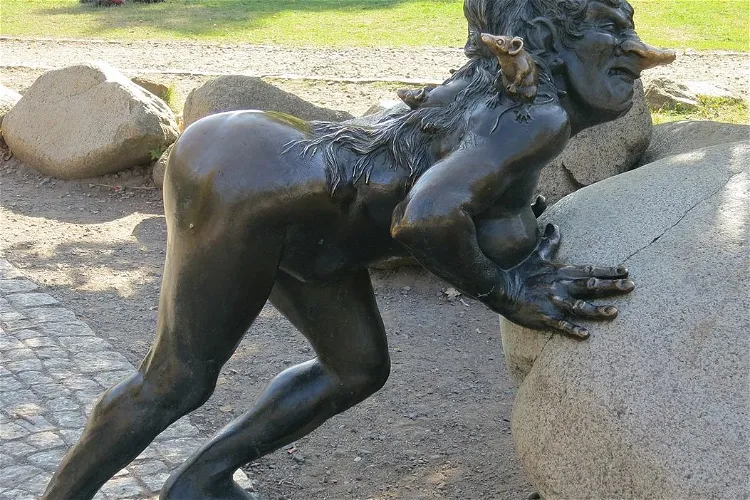
Hexentanzplatz Zoo
ThaleAbove the Hexentanzplatz, visitors can find the remains of the Sachsenwall. This wall, made of granite rocks, is believed to be part of a larger fortification that is over 1,500 years old. This historical site provides a glimpse into the past and the rich history of the area.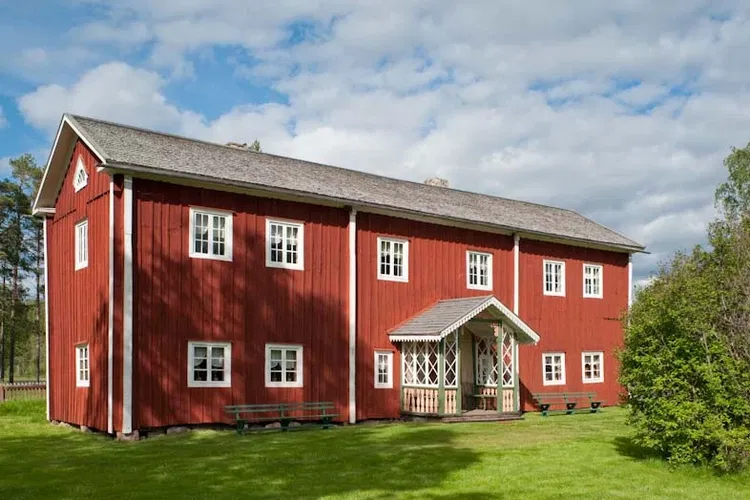
Fågelsjö Gammelgård
FågelsjöFågelsjö Gammelgård, also known as Bortom Åa or the Old Farm of Fågelsjö, is a significant historical site located in Fågelsjö. This village is one of the oldest in a region that was colonized by the Finns in the 17th century. The site offers a unique insight into the history and culture of the region, making it a fascinating destination for tourists interested in history and culture.- Online discount!
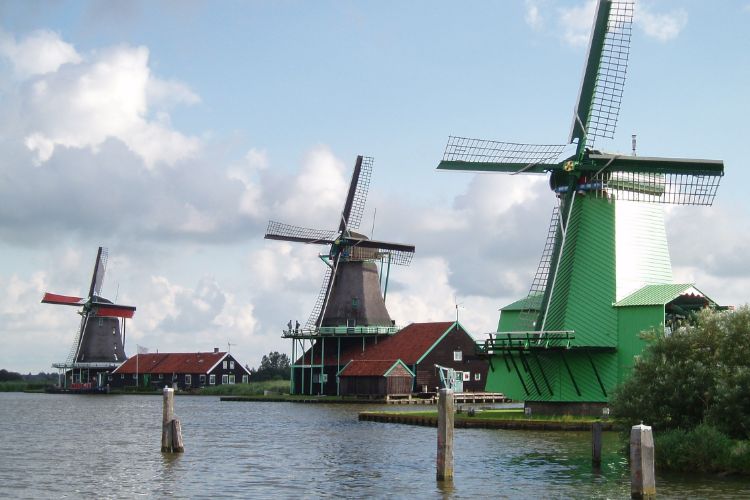
Zaanse Schans
ZaandamThe Zaanse Schans is a neighborhood in Zaandam. Formally it is not a museum, but an outdoor attraction. It features old mills and houses. The Zaans Museum is located in the Zaanse Schans. 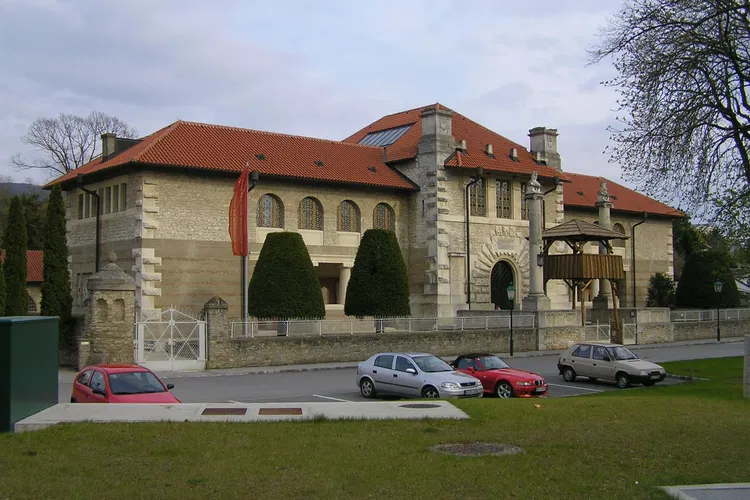
Carnuntum
Petronell-CarnuntumCarnuntum, once the capital of the Roman province Pannonia Superior, is located on the Danube, approximately 35 km east of Vienna. This historical site offers a glimpse into the past, allowing visitors to explore the remnants of a once thriving Roman city.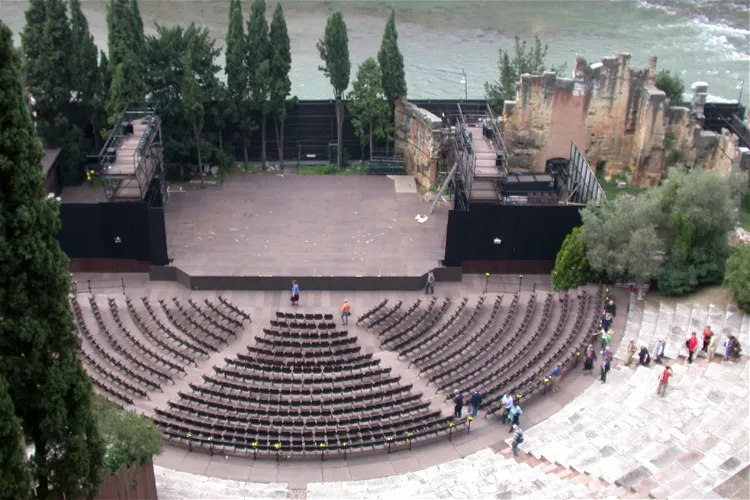
Museo Archeologico al Teatro Romano
VeronaCome and see what remained of a Roman theater which foundation dates back to the 1st century BC. It is also a great place to get some panoramic views of the city. In summer, the theater serves as an open venue for concerts and other shows. There is also an archeological museum here, offering its vi- Online discount!
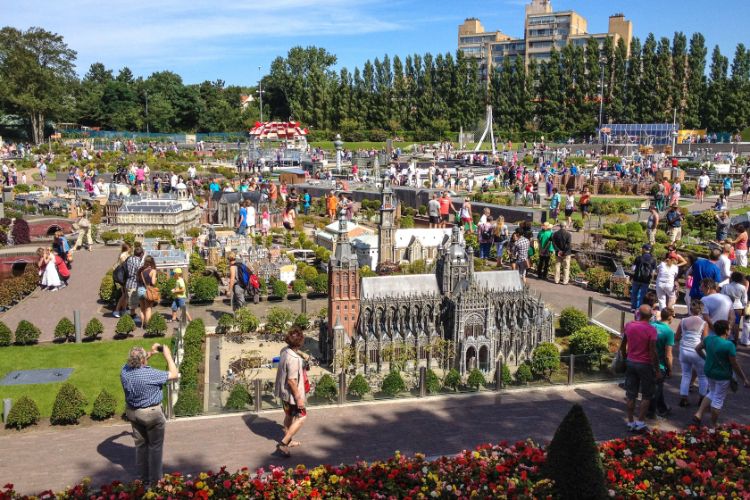
Madurodam
The HagueMadurodam is a miniature park. Through models of buildings it illustrates a Dutch town and the Dutch society. Everything is recreated on a scale of 1 to 25. It includes buildings of historic city centers, modern residential areas, airports, roads, canals, port areas, natural areas and farmlands. 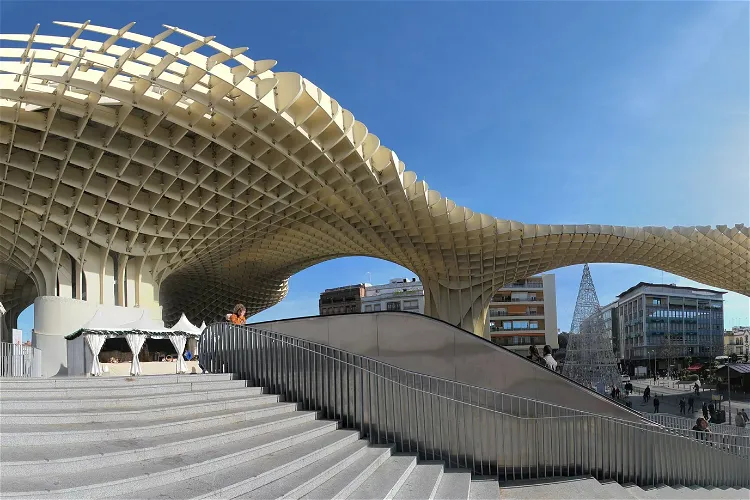
Mushrooms of Seville
SevilleThe Setas de Sevilla, also known as the Mushrooms of Seville, is a significant landmark in the old quarter of Seville, Spain. This large wooden structure is located at La Encarnación square and is a notable attraction for tourists visiting the city. The structure was designed by German architect Jürgen Mayer and was completed in April 2011. It is approximately 150 by 70 metres in size and stands at an approximate height of 26 metres.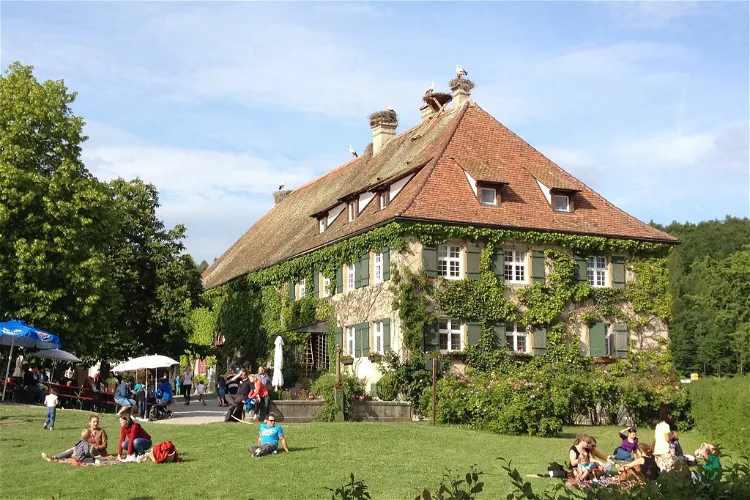
Affenberg Salem
SalemAffenberg Salem, located west of Salem in the Bodenseekreis, is Germany's largest monkey open-air enclosure. This unique zoo offers visitors the opportunity to observe nearly 200 Barbary macaques in a natural forest setting. The park is designed to allow visitors to move along fixed paths through the forest, without any separating grids or trenches shielding them from the animals.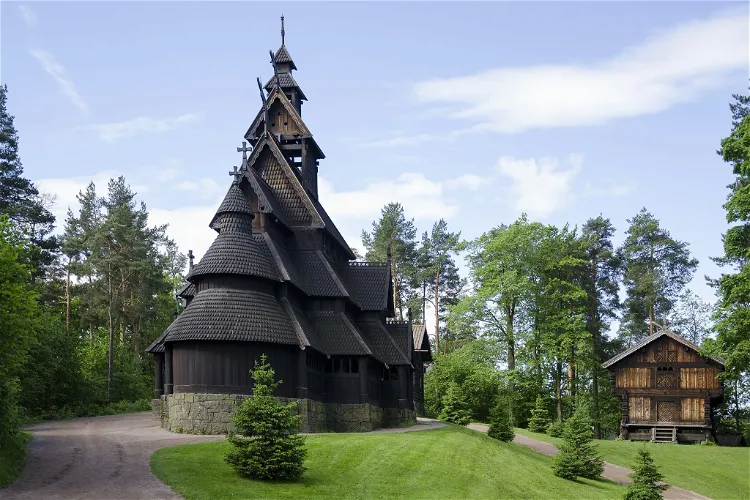
The Norwegian Museum of Cultural History
OsloThe Norwegian Museum of Cultural History, also known as Norsk Folkemuseum, is located in Bygdøy, Oslo, Norway. It is a cultural history museum that houses extensive collections of artifacts from all social groups and regions of the country. This provides a comprehensive insight into the diverse cultures and histories of Norway.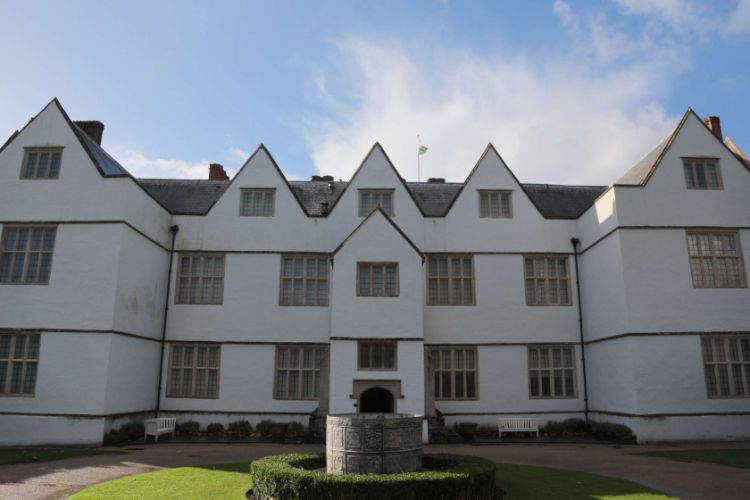
St Fagans National History Museum
Saint FagansEsgair Moel, a woollen mill, is one of the historic buildings reconstructed at St Fagans National Museum of History in Cardiff, Wales. Originally built in the early 18th century, the mill offers a glimpse into the past, showcasing the traditional methods of wool production. Visitors can explore the mill and learn about its history and the processes involved in wool production.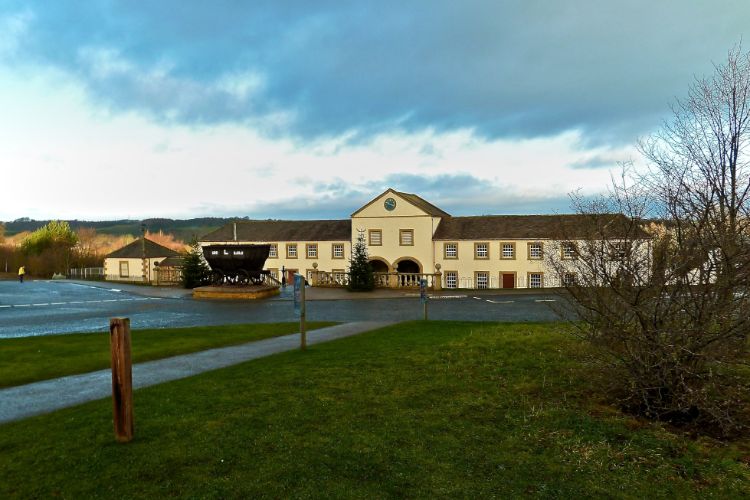
Beamish - The Living Museum of the North
BeamishThe North of England Open Air Museum, also known as Beamish Museum, is a renowned open-air museum situated in County Durham in the United Kingdom. It was awarded the European Museum of the Year in 1987. The museum is located southwest of the city of Newcastle upon Tyne in northeastern England and covers an area of 120 hectares.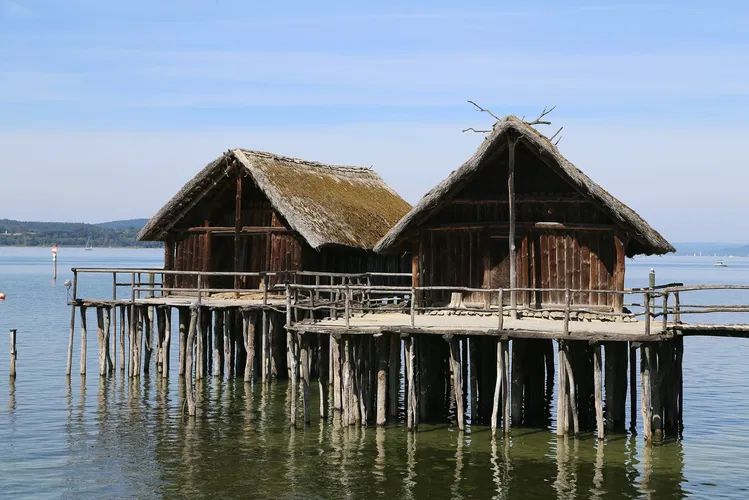
Pfahlbaumuseum Unteruhldingen
Uhldingen-MühlhofenThe Pfahlbauten Museum, located in the village of Unteruhldingen in the municipality of Uhldingen-Mühlhofen, is an open-air museum that showcases archaeological finds and reconstructions of stilt houses. The museum began in 1922 with the construction of the first two stilt houses and has since grown to include 23 wooden stilt houses. These houses are built on and slightly off the shore, connected by wooden plank walkways.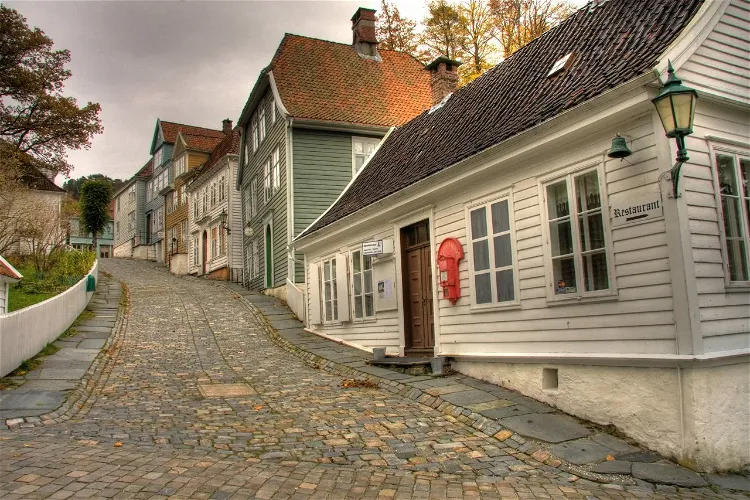
Gamle Bergen Museum - Bymuseet i Bergen
BergenThe Gamle Bergen Museum is an open-air museum situated in the Sandviken district of Bergen. The museum was constructed around the old pleasure garden known as Elsesro. This location offers a unique historical setting for visitors to explore.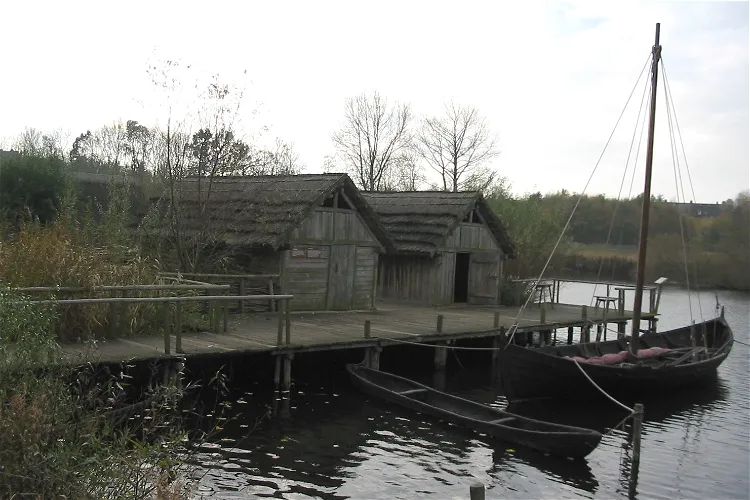
Oldenburger Wallmuseum
Oldenburg in HolsteinThe Oldenburger Wallmuseum, often simply referred to as the 'Wallmuseum', is situated in Oldenburg in Holstein. This museum is dedicated to presenting the history of the Slavs in East Holstein. It provides a unique opportunity for visitors to delve into the rich cultural and historical heritage of the region.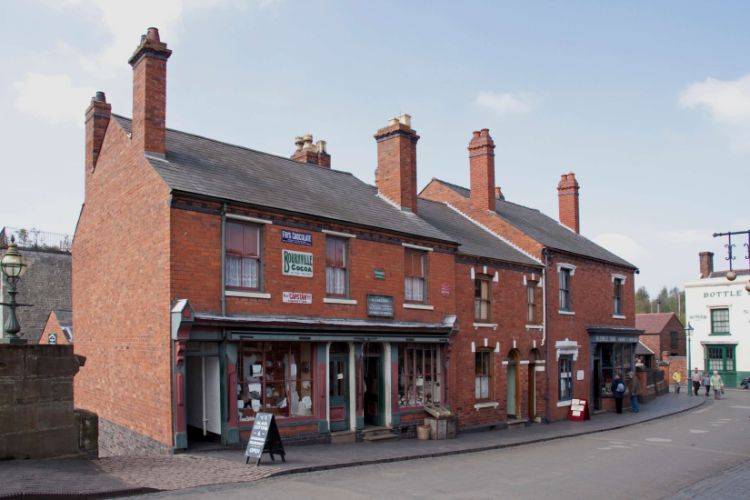
Black Country Living Museum
DudleyThe Black Country Living Museum is a significant open-air museum situated in Dudley, England. It is nestled in the heart of the historic Black Country, which was once a prominent coal mining area. This location offers a unique insight into the region's rich industrial past, making it a fascinating destination for those interested in history and culture.
Fredriksdal - Museer och trädgårdar
HelsingborgFollowing the strong Nordic tradition, this open-air museum is a real gem. Historical Skåne in miniature.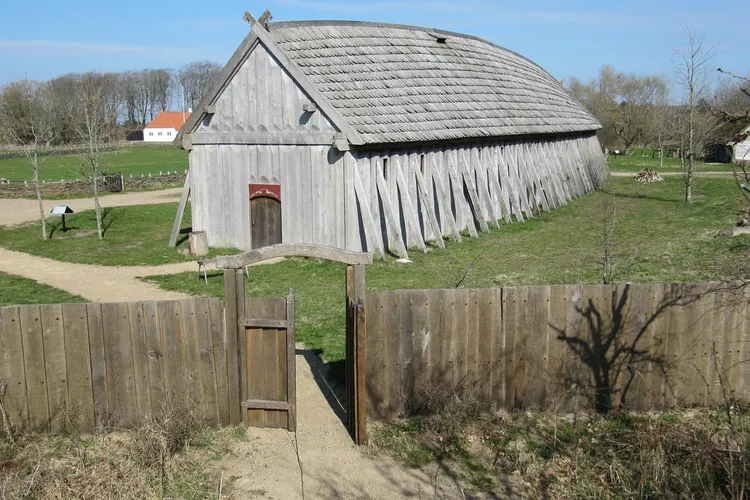
Ribe Viking Centre
DamhusVisiting this living history settlement is a great way how to learn about Vikings and actually experience the way they lived.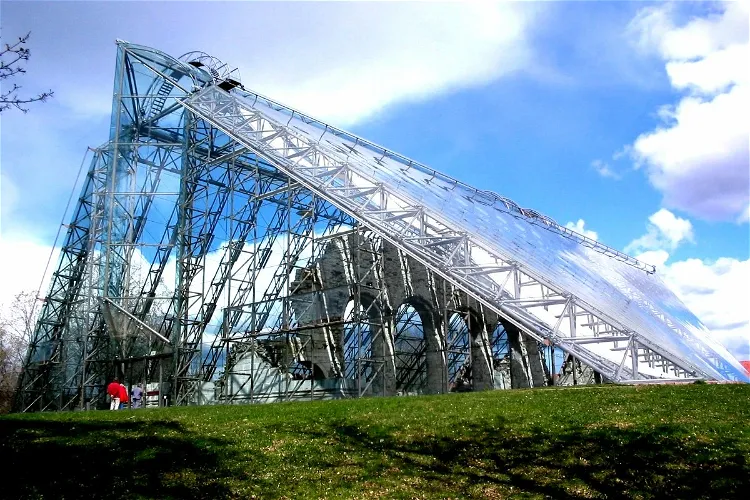
Hedmark Museum
HamarThe Anno Museum, located in the former county of Hedmark in southeastern Norway, is a regional group of cultural and natural history museums. Spread across 23 different locations, the museum offers a diverse range of exhibits and collections that reflect the rich history and natural beauty of the region.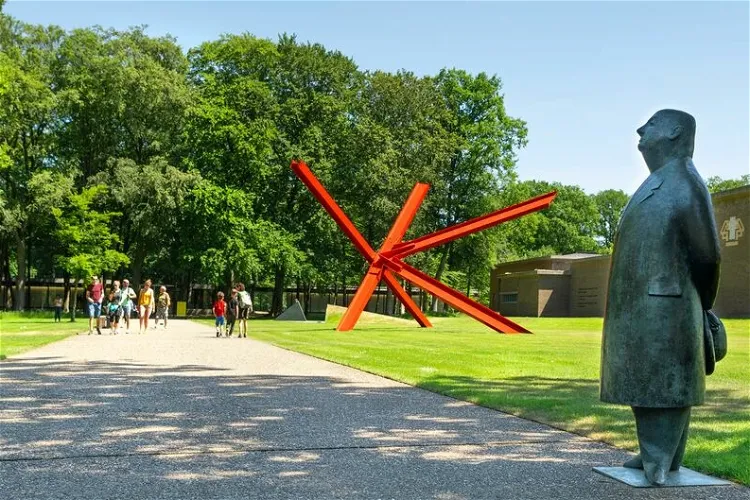
Kröller-Müller Museum
OtterloThe Kröller-Müller Museum is a place where things of beauty come together. The unique combination of art, nature and architecture guarantees visitors a truly unforgettable experience. The museum has the finest Van Gogh collection in the world. Furthermore, you will also find masterpieces such as Cla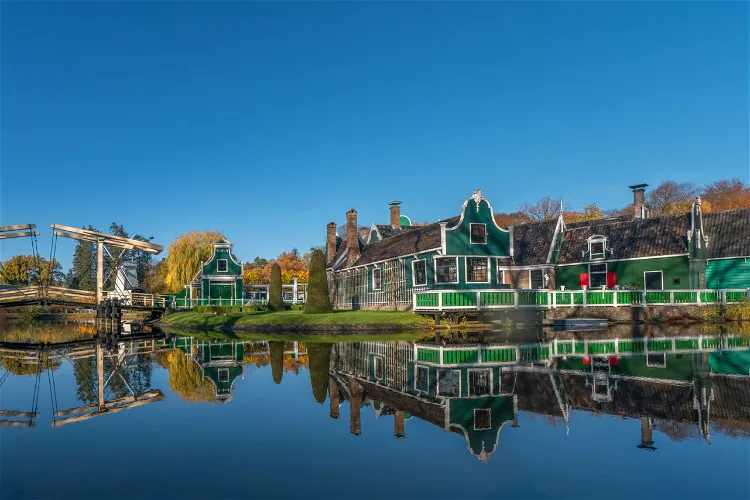
Dutch Open Air Museum
ArnhemHistory can be viewed from many angles. This versatility is reflected in the Dutch Open Air Museum. Here you will find buildings, objects, and stories that are up to two hundred years old. You reflect on the major events in our history as well as the 'small' moments of daily life. You immerse yourse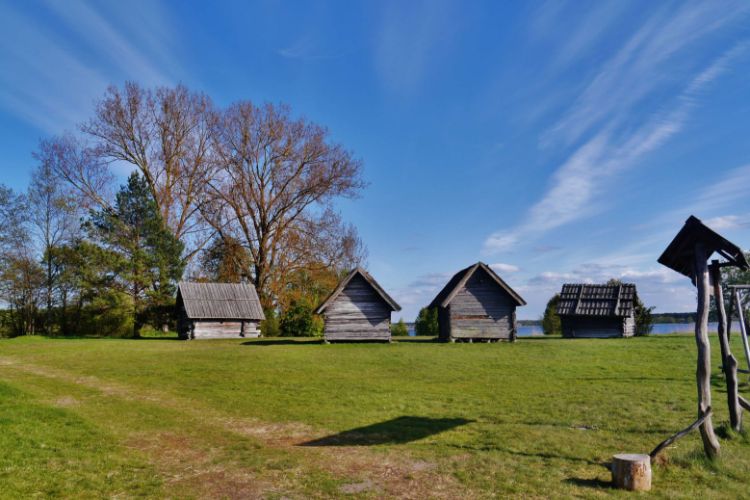
Latvian Ethnographic Open Air Museum
RigaThe Latvian Ethnographic Open Air Museum (The Ethnographic Open-Air Museum of Latvia) is an open-air museum in Riga. The museum exhibits around 120 historical buildings from all over Latvia, including Riga's region itself, Kurzeme, Vidzeme, Zemgale and Latgale. The buildings in the Latvian Ethnograp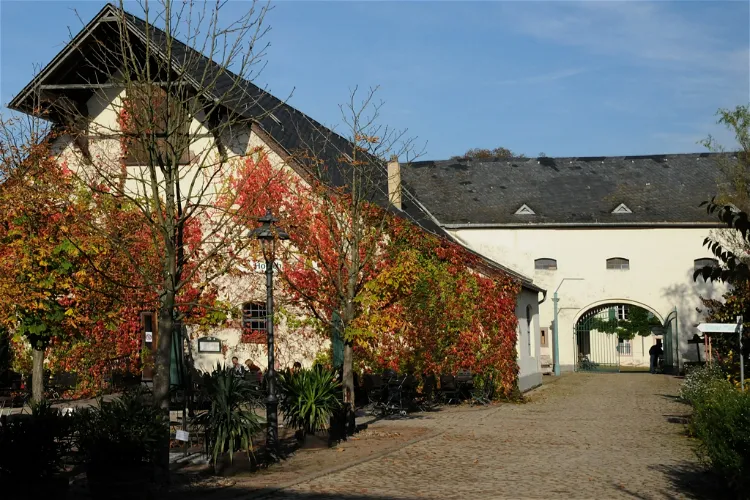
Roscheider Hof Open Air Museum
KonzThe Roscheider Hof Folklore and Open Air Museum, established in 1976, is situated in the city of Konz, in the Rheinland-Pfalz region of Germany. This museum is one of the largest German folklore museums, with an exhibition area of 4000 square meters and a total land area of 20 hectares.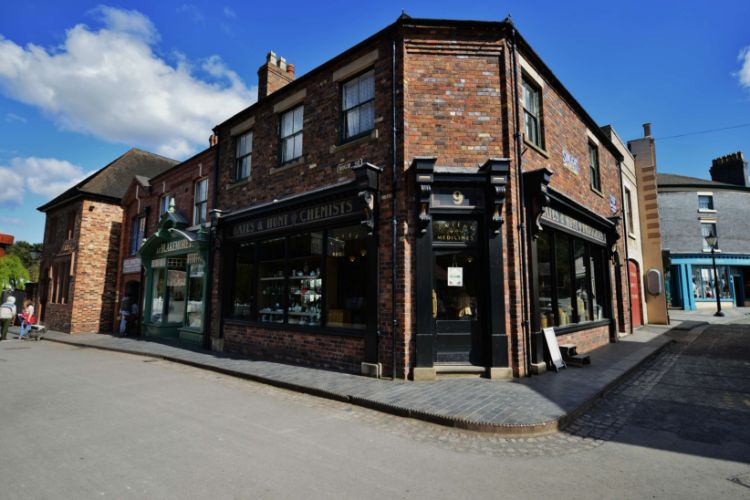
Blists Hill Victorian Town
MadeleyBlists Hill Victorian Town is an open-air museum situated in the Madeley area of Telford, Shropshire, England. The museum is built on the site of a former industrial complex, providing a unique setting for visitors to explore. The location's industrial past adds a layer of historical depth to the museum, making it a fascinating destination for those interested in the Victorian era.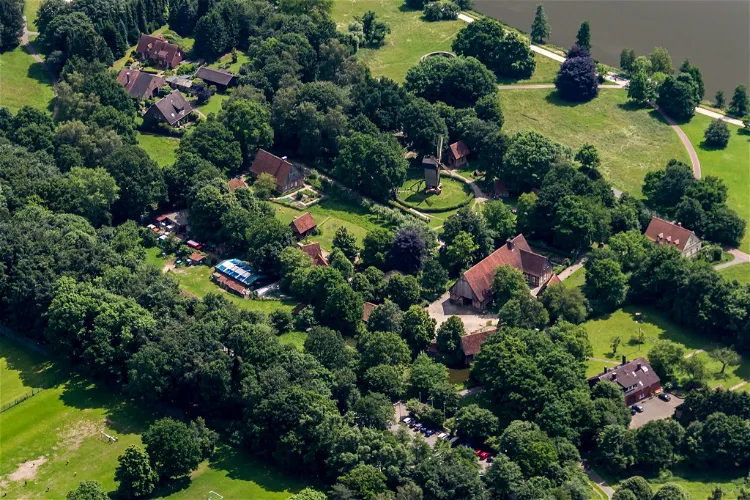
Mühlenhof Freilichtmuseum
MünsterThe Mühlenhof Open Air Museum Münster is conveniently located in the Sentrup district, making it easily accessible for tourists. Its proximity to other attractions such as the Aasee, the All-weather Zoo, and the LWL Museum of Natural History makes it an ideal stop for those looking to explore the cultural and natural history of the region.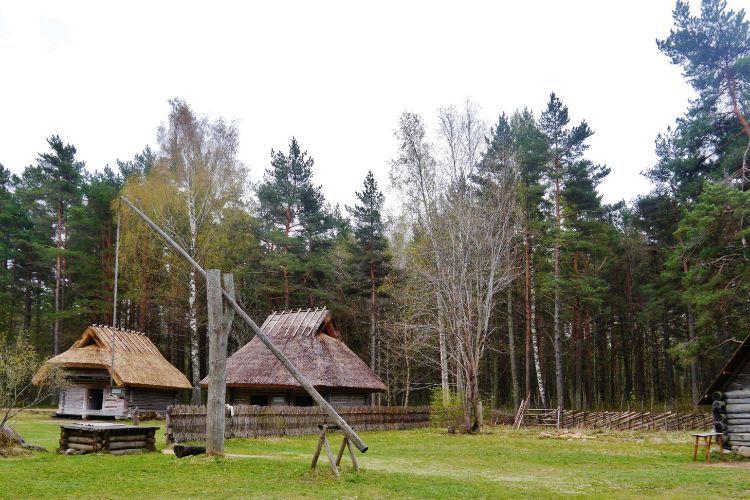
Estonian Open Air Museum
TallinnEstonian Open Air Museum (Eesti Vabaõhumuuseum) is an open-air museum in the Estonian capital, Tallinn. The museum exhibits buildings from all over Estonia from the 18th, 19th and 20th centuries. The museum currently has 72 hectares of land and 74 buildings with the associated inventory and tools. T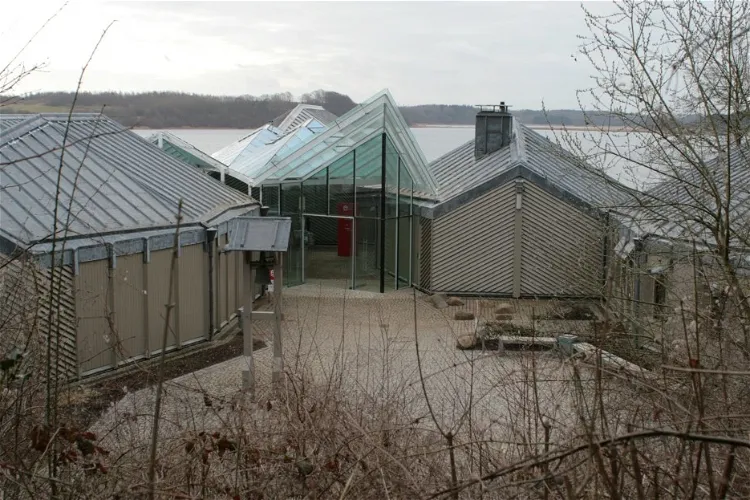
Hedeby Viking Museum
BusdorfThe Hedeby Viking Museum, located near the historic settlement of Hedeby in the state of Schleswig-Holstein, Germany, offers visitors a unique opportunity to delve into Viking history. The museum is situated in what was once Denmark's oldest city, providing a rich historical context for the exhibits and reconstructions on display.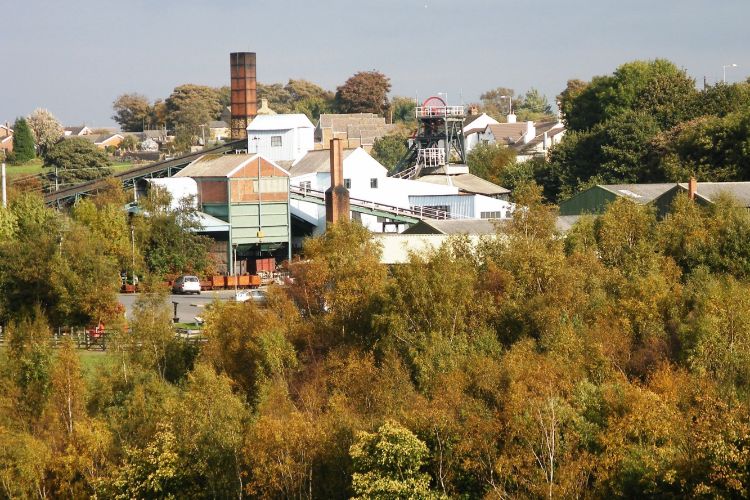
National Coal Mining Museum for England
WakefieldThe National Coal Mining Museum for England, located at the site of Caphouse Colliery in Overton, Wakefield, West Yorkshire, England, is a significant historical site. It was initially opened in 1988 as the Yorkshire Mining Museum and later achieved national status in 1995. The museum provides a comprehensive insight into the history and evolution of the coal mining industry in England.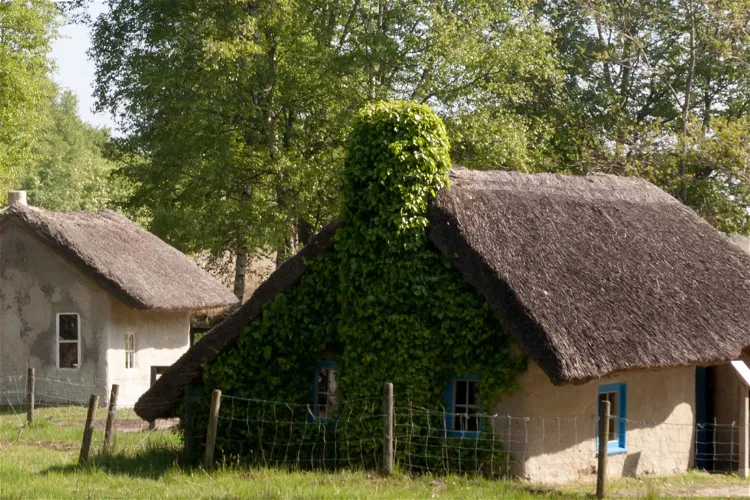
Moormuseum Moordorf
MoordorfThe Moormuseum Moordorf is an open-air museum located in Moordorf, a district of the municipality of Südbrookmerland. This East Frisian museum offers a unique insight into the history and culture of the region, making it a fascinating destination for tourists interested in history and culture.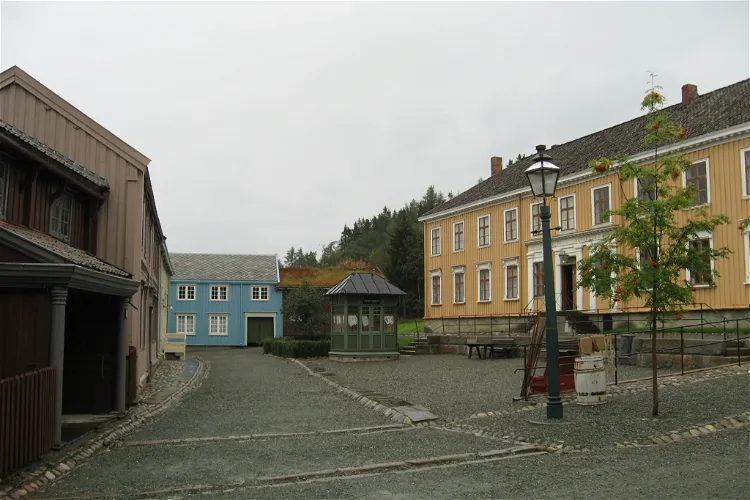
Sverresborg Trøndelag Folk Museum
TrondheimToday, the ruins of Sverresborg serve as an open-air museum for the Trøndelag region, which includes Sør-Trøndelag and Nord-Trøndelag. The museum offers a unique opportunity to explore the region's history and culture in an immersive and interactive way.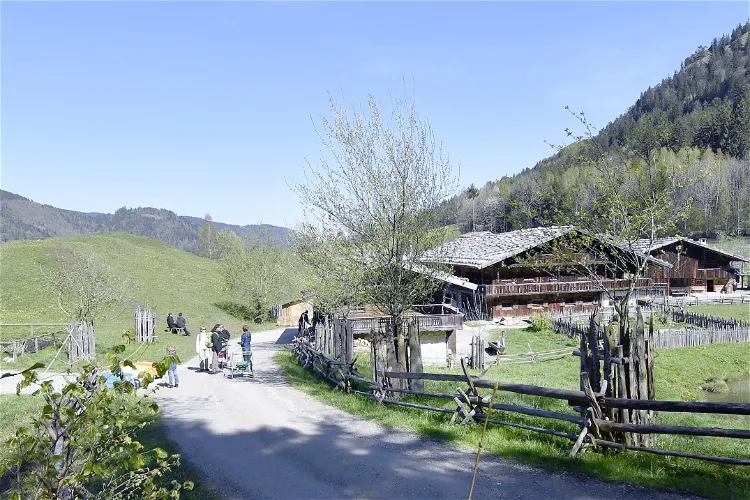
Markus Wasmeier Freilichtmuseum
SchlierseeThe Markus Wasmeier Freilichtmuseum is a privately owned museum situated on the edge of the Neuhaus district in the Upper Bavarian municipality of Schliersee. This location offers visitors a unique blend of cultural history and natural beauty, making it an ideal destination for those interested in exploring the rich heritage of the region.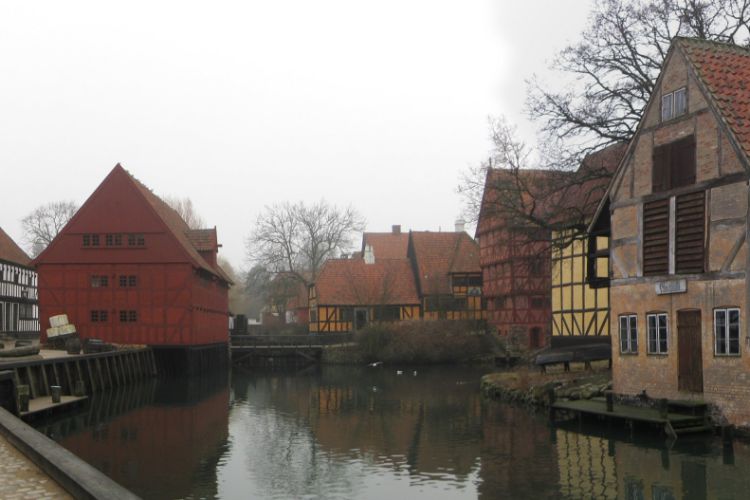
Den Gamle By
AarhusDen Gamle By is an open-air town museum in Aarhus that is focused on illustrating Danish town culture. The museum consists of 75 historical buildings collected from 20 settlements from all over Denmark. The town with its buildings as a whole is the main attraction but most buildings can also be visi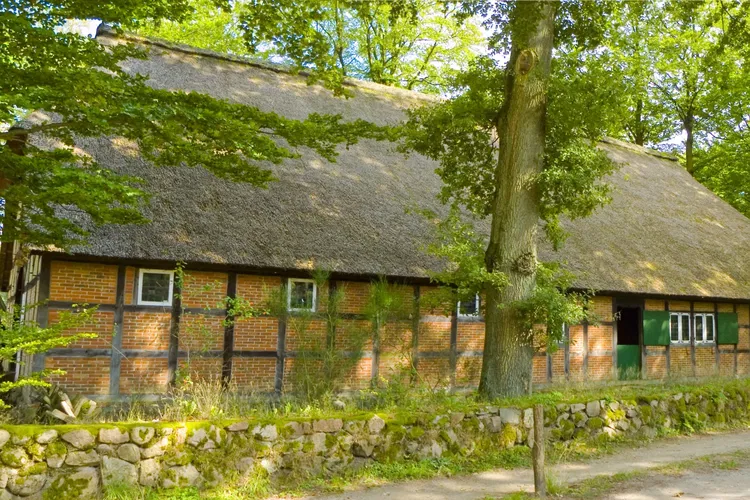
Dat ole Huus
WilsedeHeidemuseum Dat ole Huus, located in Wilsede, Lower Saxony, is a local history museum that was established in 1907. This makes it one of the oldest open-air museums in Germany, offering a unique insight into the country's past. The museum is operated by the Naturschutzpark e. V. (VNP) and its foundation, the Naturschutzpark Lüneburger Heide.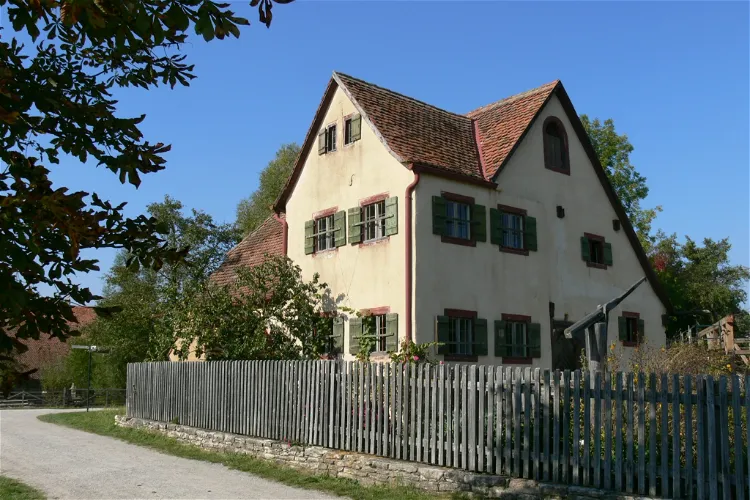
Franconian Open Air Museum
Bad WindsheimThe Franconian Open Air Museum Bad Windsheim is located on the southern edge of the old town of Bad Windsheim. The museum spans a vast area of 45 hectares, providing ample space for visitors to explore and immerse themselves in the rich history and culture of the region.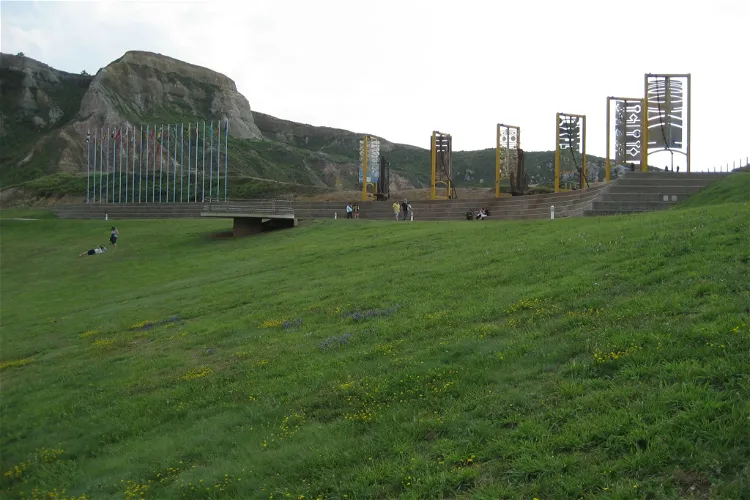
Philippe Cousteau Anchor Museum
CastrillónThe Philippe Cousteau Anchor Museum is an open-air museum situated in Salinas, within the Asturian council of Castrillón in Spain. This unique museum offers a different kind of museum experience as it is not confined within four walls. Instead, it is spread out in the open, allowing visitors to enjoy the exhibits while also taking in the beautiful surroundings.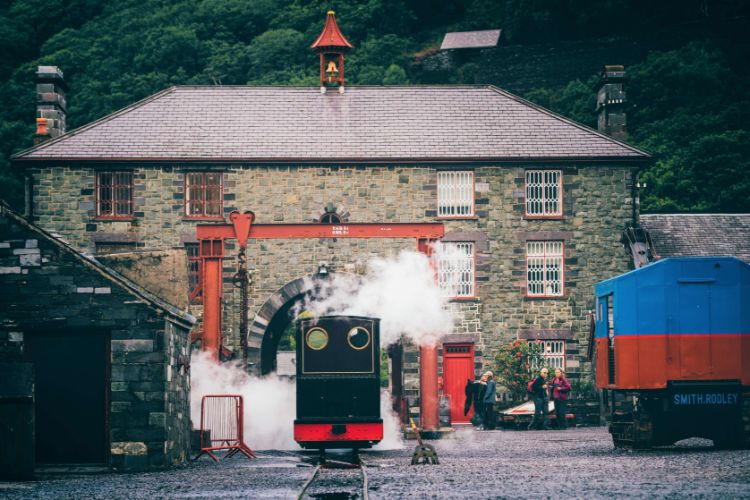
National Slate Museum
LlanberisThe National Slate Museum is situated in the scenic Padarn Country Park, Llanberis, Gwynedd. It is housed in the 19th-century workshops of the now disused Dinorwic quarry at Gilfach Ddu. This location provides a unique historical context for the museum, as it was once a bustling hub of the slate industry.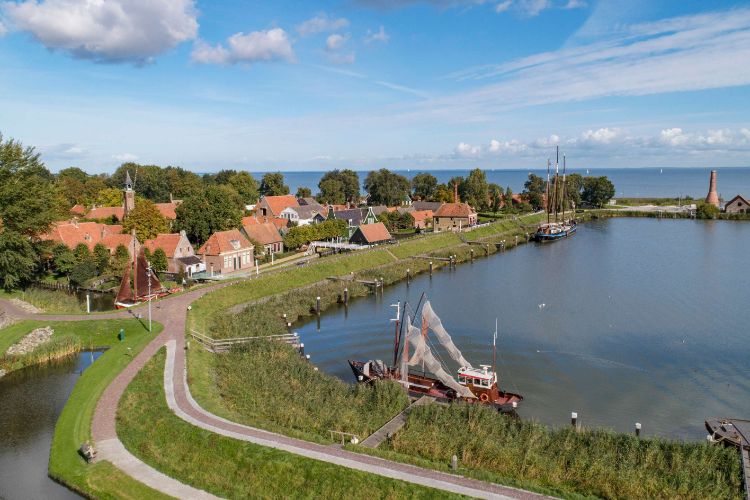
Zuiderzee Museum
EnkhuizenThe Zuiderzee Museum in Enkhuizen brings stories of the people who once lived on the shores of the Zuiderzee to life. Discover the everyday life round the Zuiderzee as it was before the Afsluitdijk (the great IJsselmeer Barrier Dam) turned the former inland sea into what we now know as the IJsselmee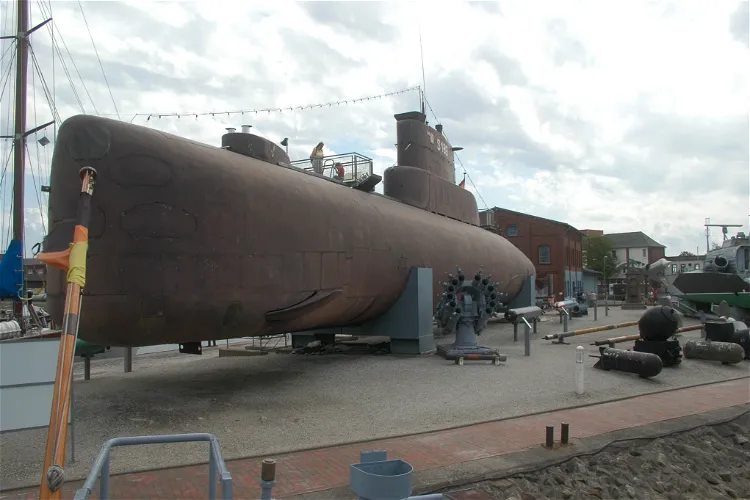
Deutsches Marinemuseum Wilhelmshaven
WilhelmshavenThe Deutsches Marinemuseum in Wilhelmshaven is a significant institution that presents the evolution of German naval military since 1848. The museum's primary focus is on the Bundesmarine / German Navy, providing visitors with a comprehensive understanding of Germany's maritime history and the role of its navy over the years.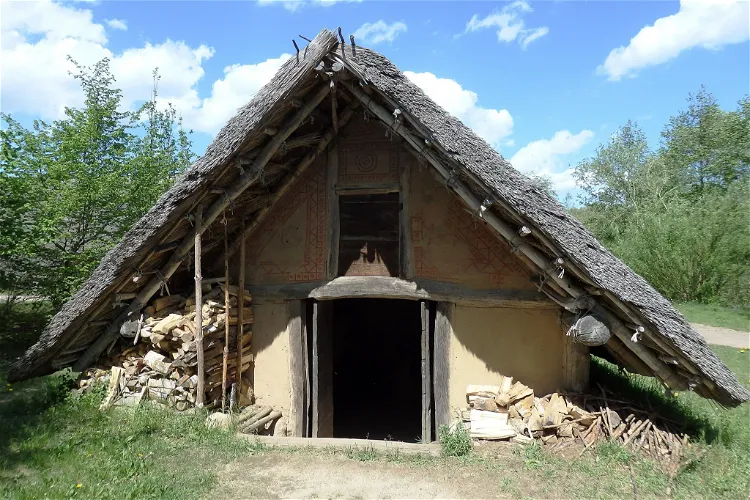
Hitzacker Archaeological Centre
HitzackerThe Hitzacker Archaeological Centre is an open-air museum located in Hitzacker, Lower Saxony. The museum's main focus is on the representation of Bronze Age settlement methods. This provides a unique opportunity for visitors to gain insights into the living conditions and lifestyle of people during the Bronze Age.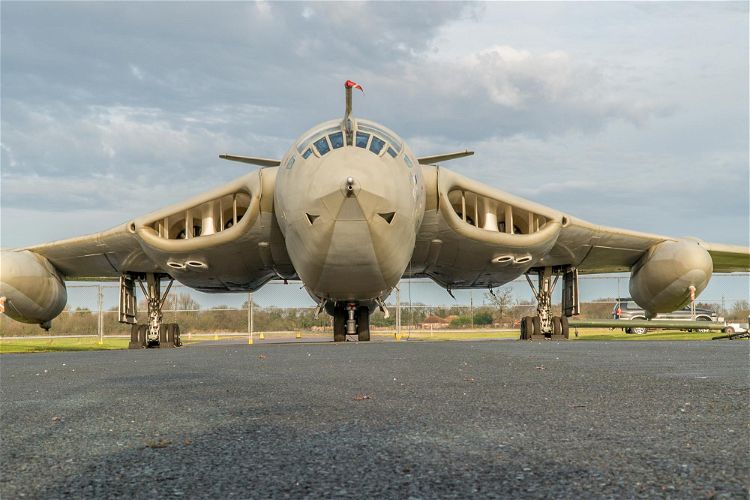
The Yorkshire Air Museum and Allied Air Forces Memorial
ElvingtonThe Yorkshire Air Museum & Allied Air Forces Memorial is located in Elvington, York. It is situated on the site of the former RAF Elvington airfield, which was a Second World War RAF Bomber Command station. This museum is a significant location for those interested in aviation history and the role of the RAF during the Second World War.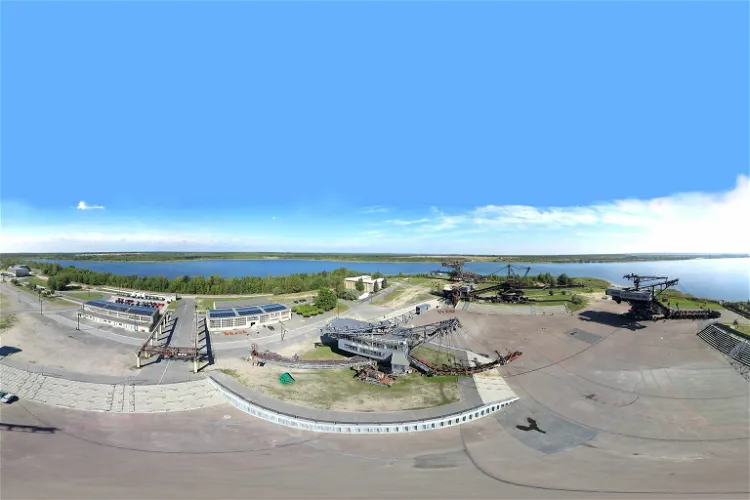
Ferropolis
GräfenhainichenFerropolis, also known as the 'City of Iron', is an industrial museum and event venue situated in Gräfenhainichen, east of Dessau-Roßlau. It is located on a peninsula in the Gremminer See, which was formerly the open-cast mine Golpa-Nord. This unique location offers visitors a chance to explore the history of the mining industry while enjoying the natural beauty of the surrounding area.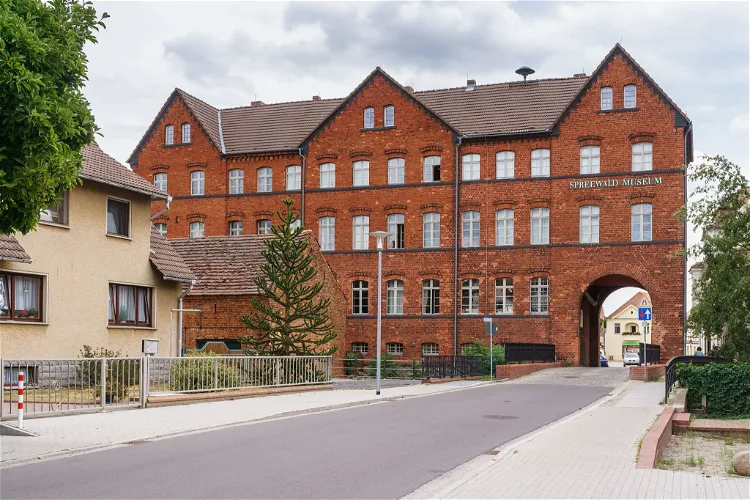
Spreewald-Museum
Lübbenau/SpreewaldThe Spreewald Museum Lübbenau is a museum located in the city of Lübbenau, which is situated in the Spreewald region. This location makes it a central point of interest for those wanting to learn about the history and culture of the Spreewald region.
Muiderslot
MuidenThe Muiderslot from 1285 is a medieval moated castle. It is a square castle with five towers, battlements, embrasures and a drawbridge. One of the inhabitants of the castle was the Dutch writer and poet Pieter Cornelis Hooft, who lived there in the seventeeth century. The visitor is taken back in ti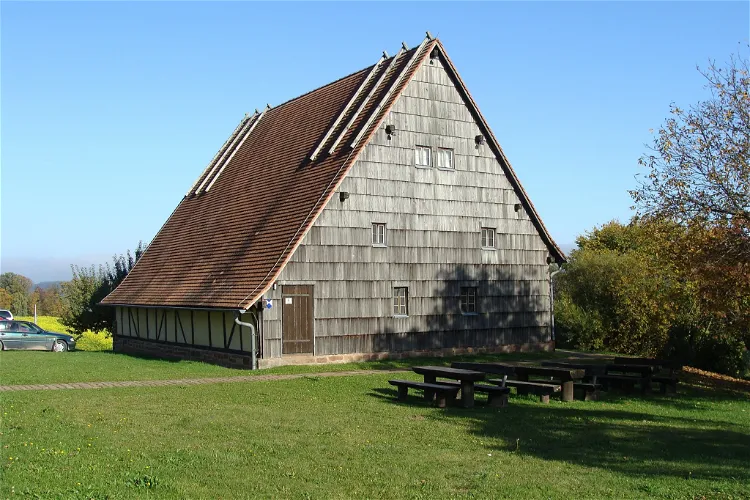
Waldmuseum Watterbacher Haus
PreunschenThe Watterbacher Haus is a significant historical site located in Preunschen, a district of Kirchzell, in the Lower Franconian district of Miltenberg in Bavaria. This historic farmhouse and forest museum offers a unique glimpse into the past, showcasing the traditional architecture and lifestyle of the region. It is a place where history and nature intertwine, providing a rich and immersive experience for visitors.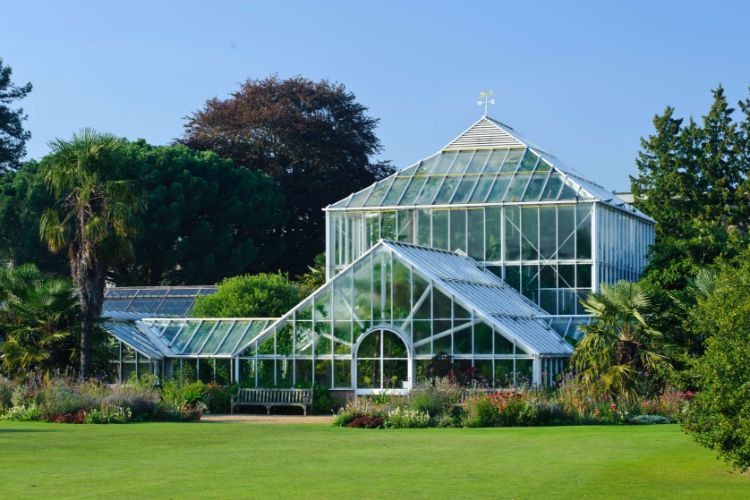
Cambridge University Botanic Garden
CambridgeThe Cambridge University Botanic Garden, one of the most significant botanical gardens in the UK, is conveniently located between Hills Road and Trumpington Road. This prime location makes it easily accessible for tourists and locals alike. The garden is a hub of botanical diversity, showcasing around 8,000 species across its 16-hectare area.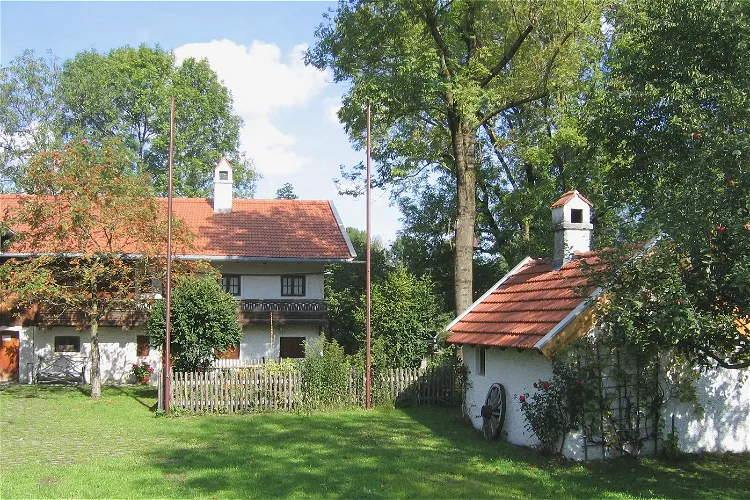
Wolfschneiderhof
TaufkirchenThe Wolfschneiderhof Museum is a significant cultural institution located in the municipality of Taufkirchen, near Munich. It serves as a representation of the local history and culture, providing visitors with an opportunity to learn about the region's past.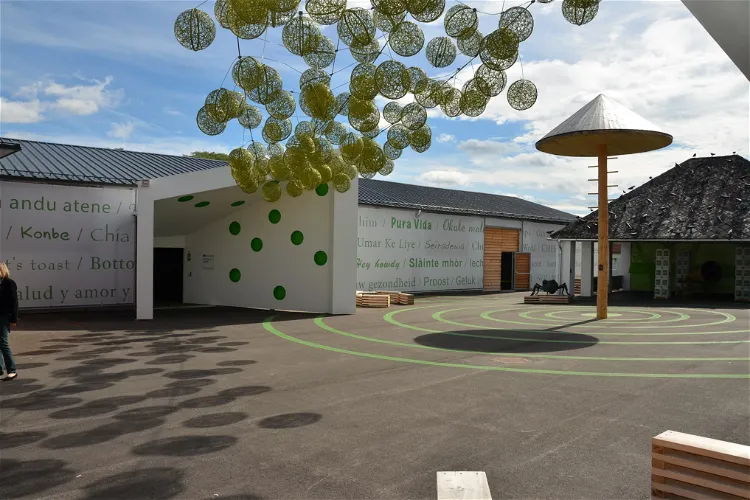
Vino Versum Poysdorf
PoysdorfVino Versum Poysdorf is an experiential museum that provides a deep dive into the history of viticulture and wine trade. The museum's focus is on the town of Poysdorf, offering visitors a unique perspective on the region's rich wine culture. The museum's exhibits are interactive, making it a fun and educational experience for all ages.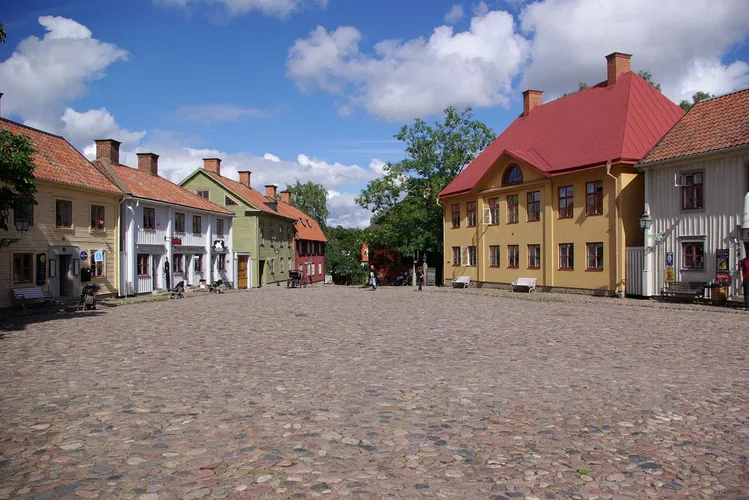
Old Linköping
LinköpingThe open-air museum consists of almost hundred buildings dating back to the end of 19th century - an intriguing experience.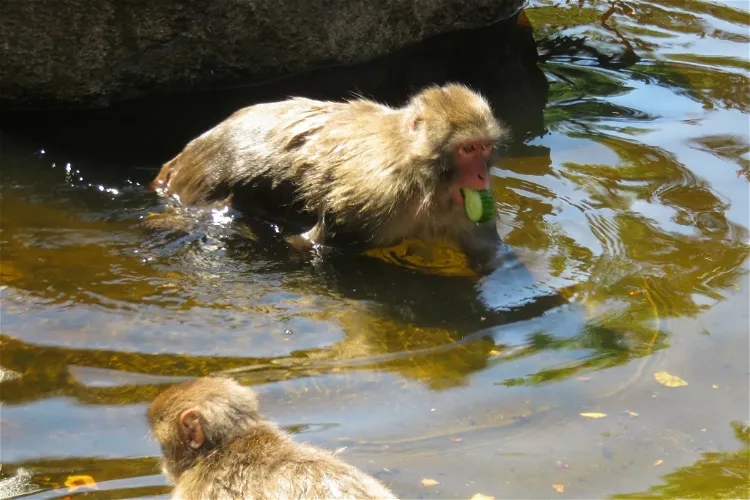
Affenberg Landskron
VillachAffenberg Landskron, located in Villach, is Austria's largest open-air monkey enclosure, housing approximately 160 Japanese macaques. This unique zoo offers a semi-free environment for the monkeys, allowing them to live within a fenced, forested area that provides a 40,000 m² habitat.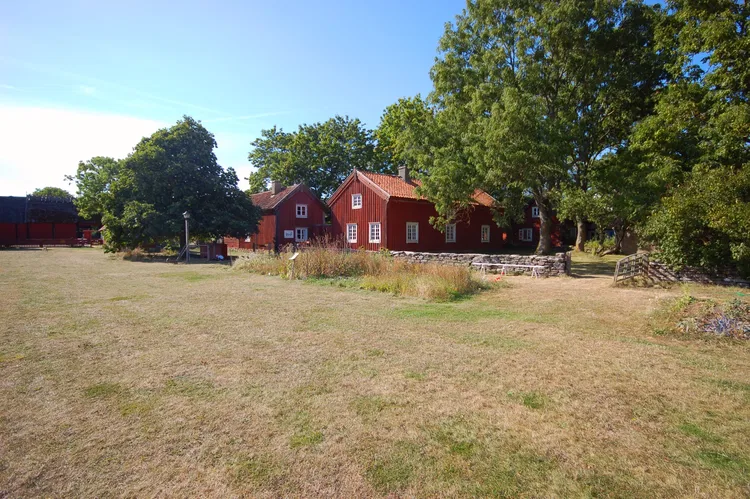
Ölands Museum Himmelsberga
HimmelsbergaThe Öland Museum Himmelsberga for Art and Cultural History is a museum located in the quaint town of Himmelsberga on the Swedish Baltic Sea island of Öland. This museum is a significant cultural and historical site that offers visitors a glimpse into the past of this unique region.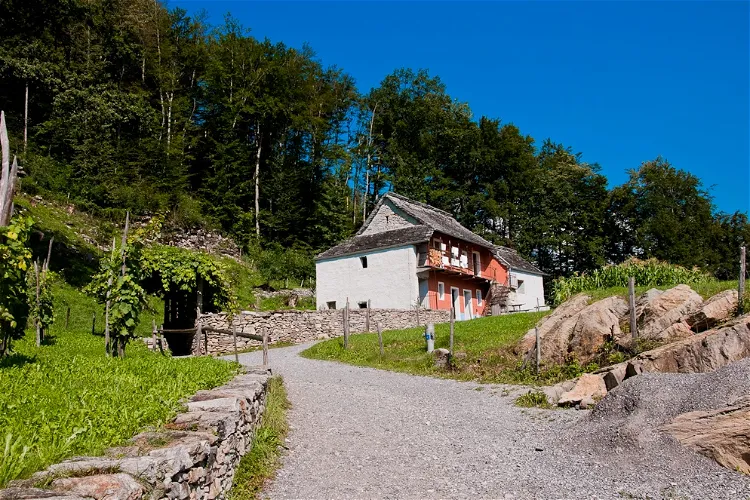
Ballenberg Swiss Open-Air Museum
Hofstetten bei BrienzThe Ballenberg Swiss Open-Air Museum is situated between the towns of Brienz and Meiringen in the Bernese Oberland region. The museum's primary objective is to showcase the traditional rural habitats of the various Swiss cantons. This provides visitors with a unique opportunity to explore and understand the diverse architectural styles and living conditions across different regions of Switzerland.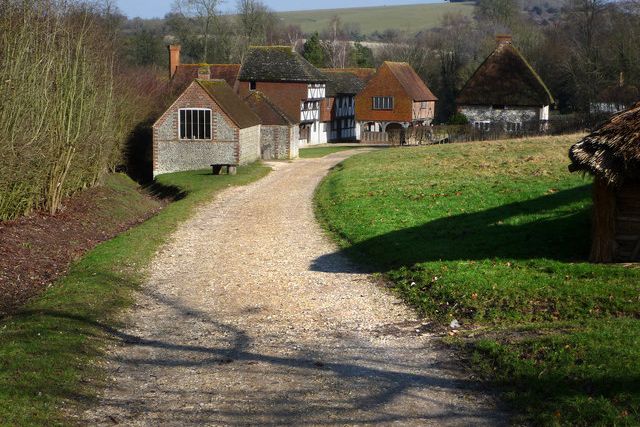
Weald & Downland Open Air Museum
SingletonThe Weald and Downland Living Museum is a unique destination for those interested in historical architecture. Located in Singleton, north of Chichester in Sussex, the museum offers a glimpse into England's architectural past. It's an ideal place for history buffs, architecture enthusiasts, and anyone curious about England's past.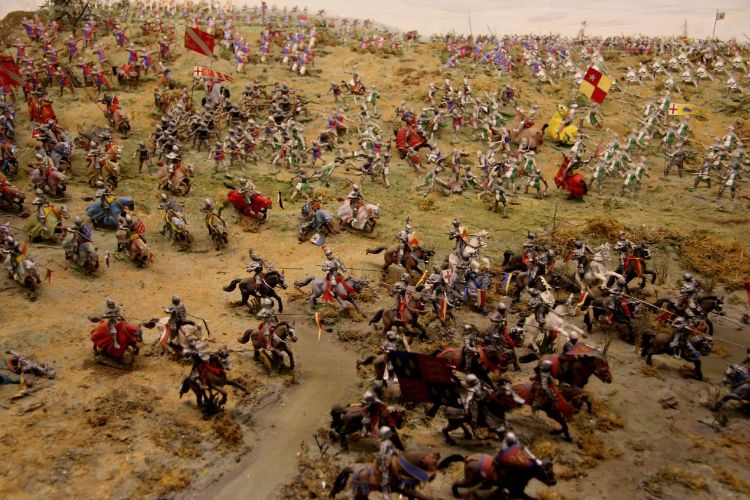
Bosworth Battlefield Heritage Centre and Country Park
Sutton CheneyBosworth Battlefield Heritage Centre and Country Park is a museum in Nuneaton. The museum features exhibits related to: weapons and war, social history and archaeology.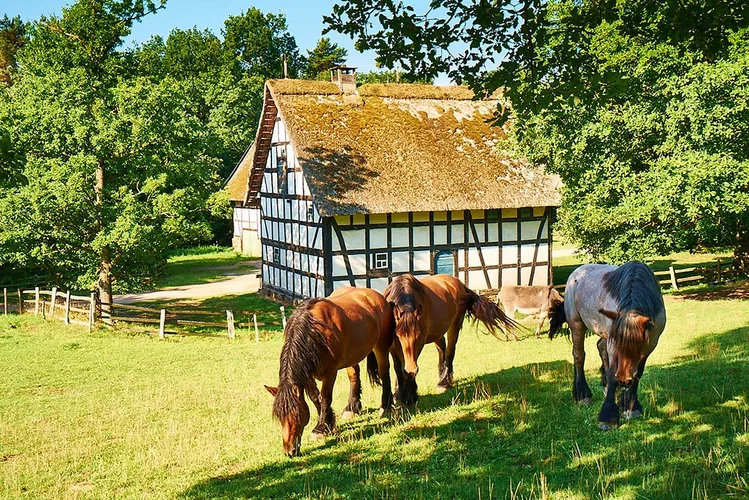
Kommern Open Air Museum
MechernichThe Kommern Open Air Museum, located in Kommern/Eifel, is recognized as one of the largest open air museums in Europe. It spans an impressive area of over 95 hectares and showcases approximately 67 historic buildings that originate from the Prussian Rhine Province. The museum is operated by the Rhineland Regional Association (Landschaftsverband Rheinland, LVR).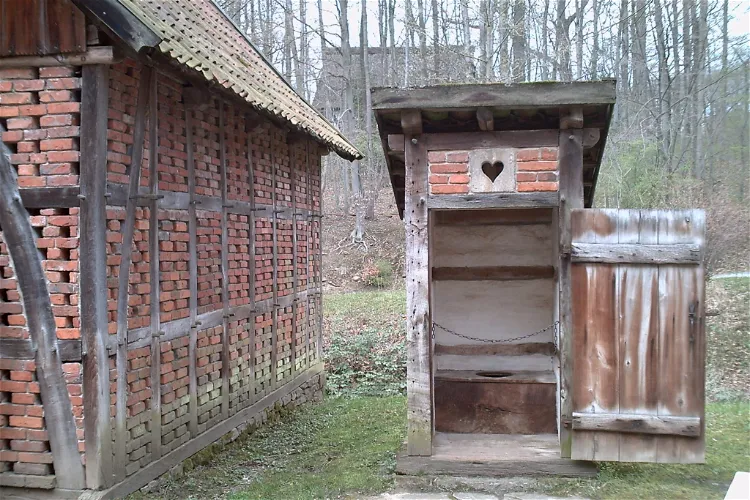
Open-Air Museum Detmold
DetmoldThe LWL Open-Air Museum Detmold, also known as LWL-Freilichtmuseum Detmold, is an open-air museum situated in the city of Detmold in Germany. This museum offers a unique opportunity to explore the rich history and culture of the region in an immersive outdoor setting.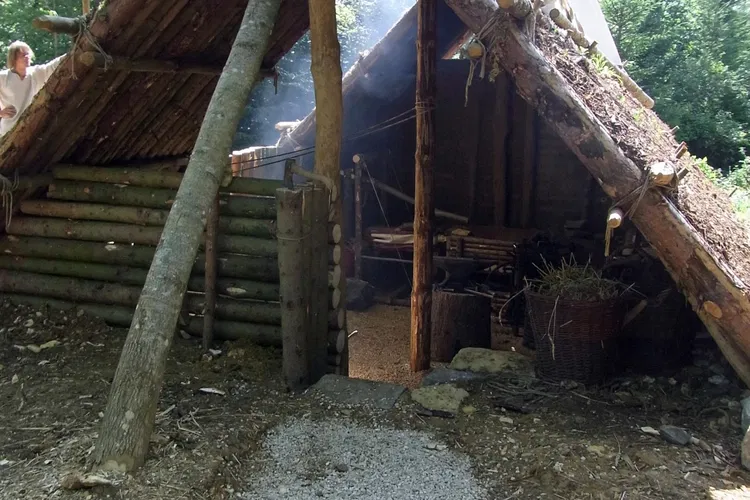
Campus Galli
MeßkirchCampus Galli is a unique project located in Meßkirch, Baden-Württemberg, Germany. It is a Carolingian monastic community that is currently under construction. The project aims to build a medieval monastery according to the early ninth-century Plan of Saint Gall using techniques from that era. This makes it a living history site where visitors can witness the construction process and learn about the historical techniques used.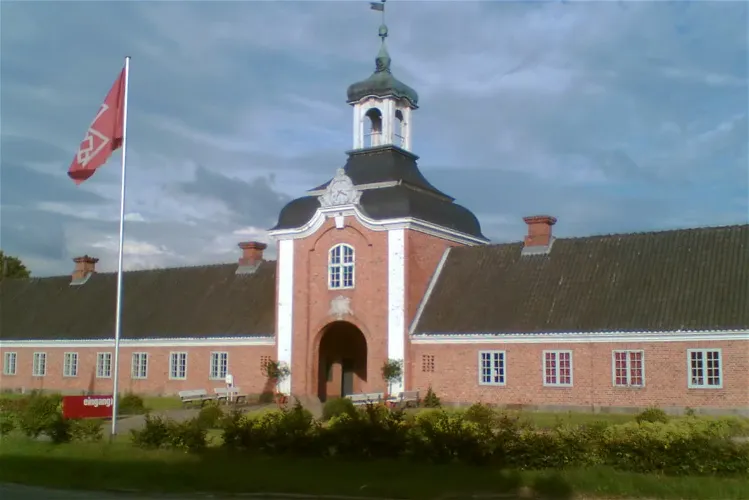
Freilichtmuseum Molfsee
RammseeThe Schleswig-Holstein Open Air Museum, located in the village of Molfsee just south of Kiel, is a significant open-air museum in northern Germany. It offers a unique opportunity to explore the historical and cultural heritage of the region in an immersive outdoor setting.
Ulster Folk Museum
HolywoodThe Ulster Folk and Transport Museum is situated in Cultra, approximately 11 km to the east of Belfast in Northern Ireland. This unique destination is actually a combination of two distinct museums: an open-air and folk museum, and a transport museum. The former provides a fascinating insight into the lifestyle and traditions of Northern Ireland's population, while the latter explores the history of land, sea, and air transportation.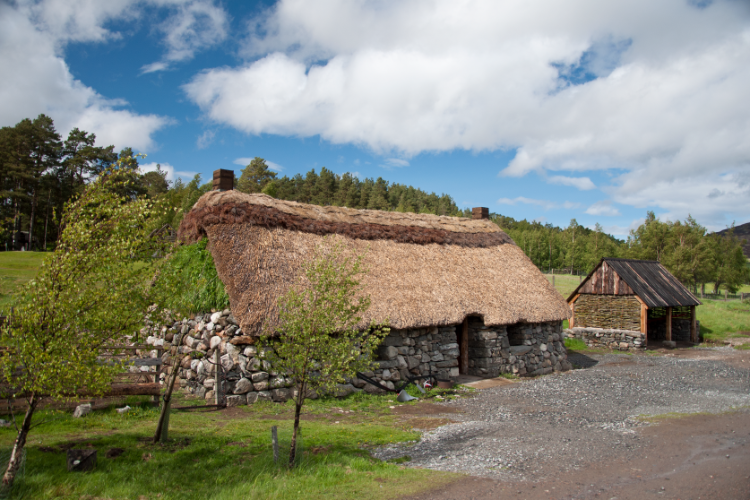
Highland Folk Museum
NewtonmoreSpend a day - experience centuries. This award winning museum has recreated a thriving township from the 1700s with heather thatched roofs and open turf fires, a working croft with cattle, sheep,ducks and hens and an old tin school from the 1930s where the teacher rules. Costumed interpreters bring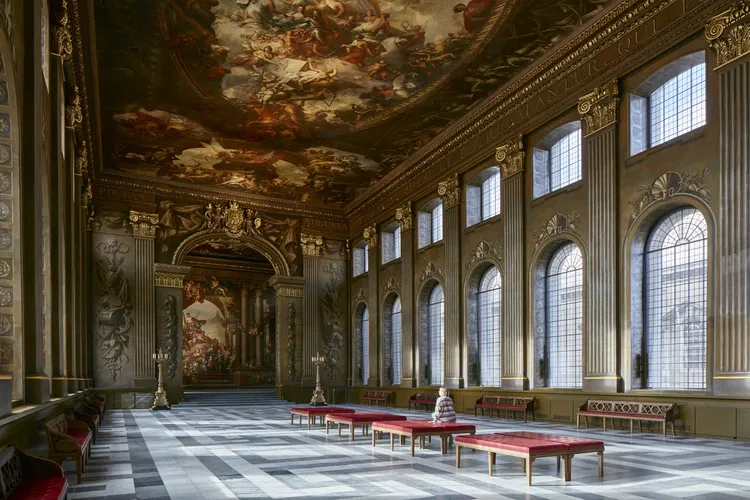
Old Royal Naval College
LondonKIDS GO FREE! Discover the Painted Hall, one of the most iconic sights in London, located at the heart of the Maritime Greenwich UNESCO World Heritage Site. An awe-inspiring artwork covering more than 3,700m walls and ceiling recounting tales of kings and queens alongside mythological, historical,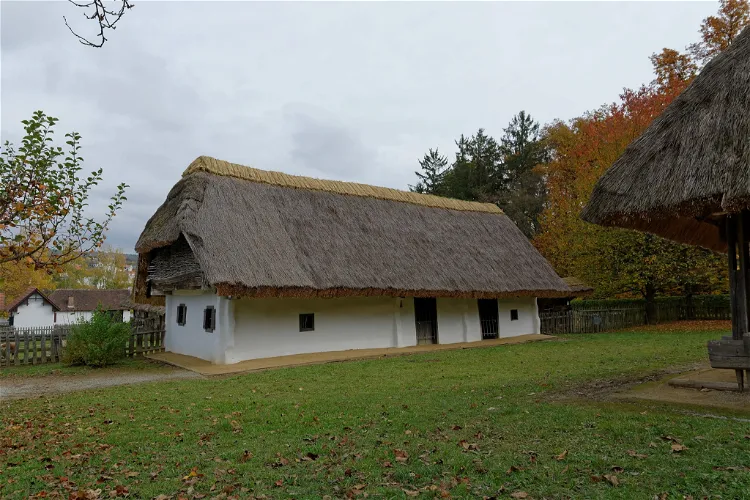
Freilichtmuseum Bad Tatzmannsdorf
OberschützenThe Freilichtmuseum Bad Tatzmannsdorf is located in the municipality of Bad Tatzmannsdorf in southern Burgenland, Austria. The museum is home to regional wooden buildings from the 18th and 19th centuries. These structures were carefully dismantled from their original locations and reassembled at the museum, providing a unique insight into the architectural history of the region.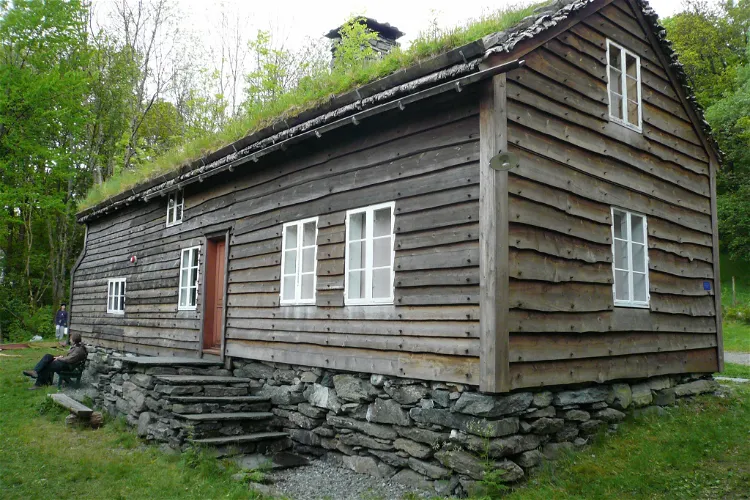
The Horda Museum - Bergen City Museum
BergenThe Hordamuseet, a department of the Bergen City Museum, is situated in the Fana district of Bergen. It comprises a museum building and an open-air department that houses thirty buildings. This location offers a unique insight into the historical architecture and lifestyle of the region.
Polesden Lacey
Great BookhamSet within the Surrey Hills Area of Outstanding Natural Beauty, just outside Dorking, Polesden Lacey was the weekend party house of incomparable socialite Margaret Greville from 1909 until 1942. Discover collections of Fabergé, mailoica and Dutch Old Masters in the house; wander the fomal gardens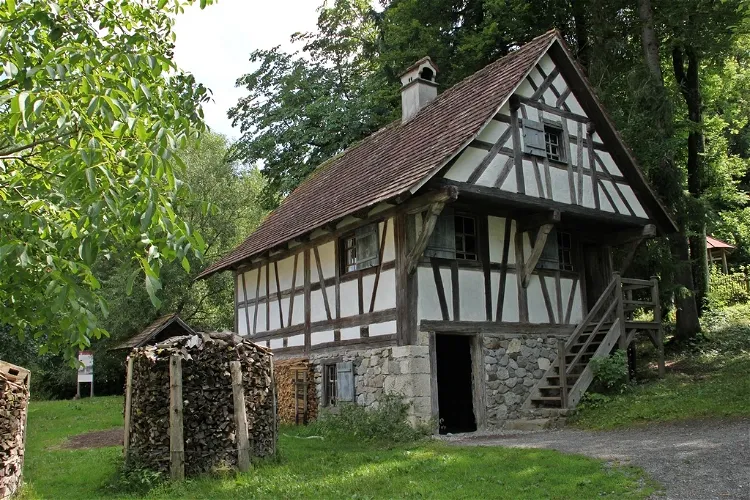
Bauernhaus-Museum Allgäu-Oberschwaben Wolfegg
WolfeggThe Bauernhaus-Museum Allgäu-Oberschwaben Wolfegg, located in Wolfegg in the Ravensburg district, is a unique open-air museum that showcases over twenty historical buildings from Upper Swabia and the Württemberg Allgäu. These buildings are spread across a 12-hectare site, which also houses a variety of farm animals. This provides visitors with a comprehensive insight into the region's rural history and culture.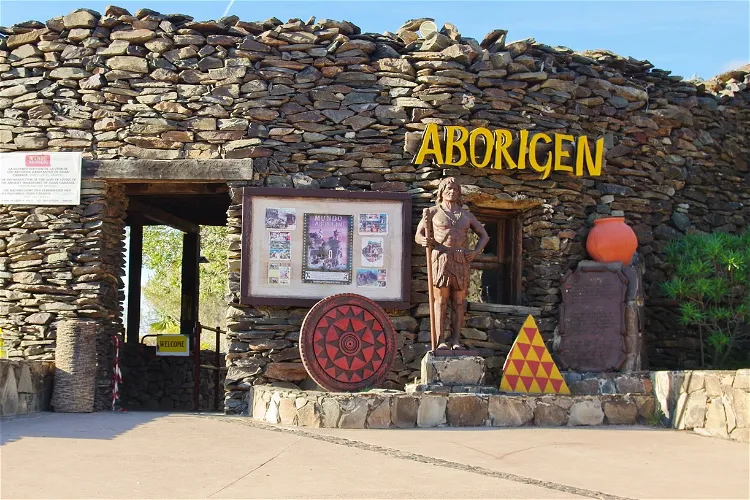
Mundo Aborigen
Las Palmas de Gran CanariaMundo Aborigen is an archaeological open-air museum situated in the municipality of San Bartolomé de Tirajana on the island of Gran Canaria, in the Spanish province of Las Palmas. This location offers a unique opportunity to explore the rich history and culture of the region.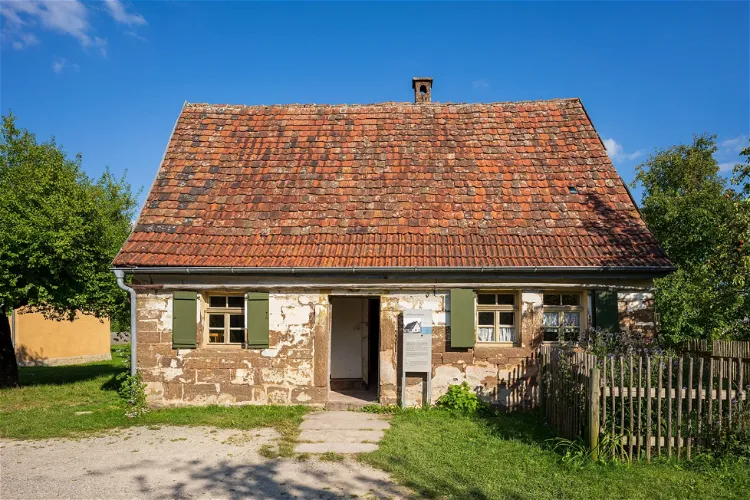
Hohenloher Freilandmuseum
Schwäbisch HallThe Hohenloher Freilandmuseum Wackershofen is a regional open-air museum located in the hamlet of Wackershofen, part of Schwäbisch Hall. Opened in 1983, the museum showcases old buildings from the northeast of Baden-Württemberg, primarily from the districts of Hohenlohe and Schwäbisch Hall. It also features structures from the Main-Tauber district, the Heilbronn district, the Rems-Murr and Ostalbkreis, as well as the districts of Heidenheim and Ludwigsburg.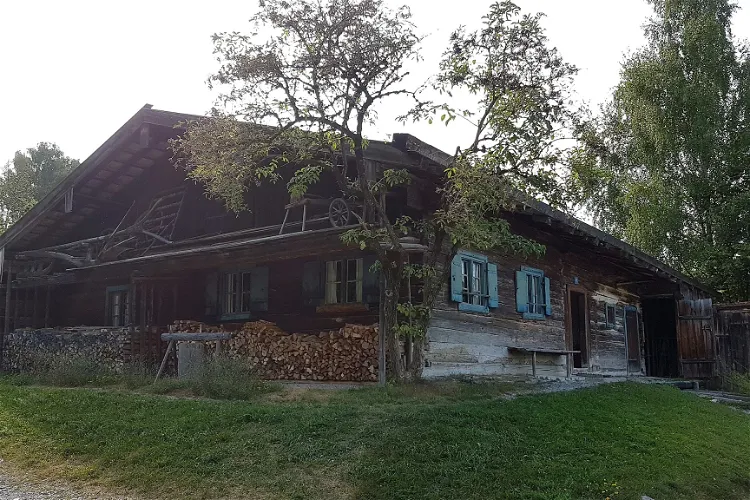
Freilichtmuseum Glentleiten
GroßweilThe Freilichtmuseum Glentleiten is a museum located in Oberbayern, dedicated to showcasing the rural life, living conditions, and economy of past centuries. It provides a unique opportunity for visitors to step back in time and experience the way of life in rural Oberbayern during the past centuries. The museum is a testament to the region's rich history and cultural heritage.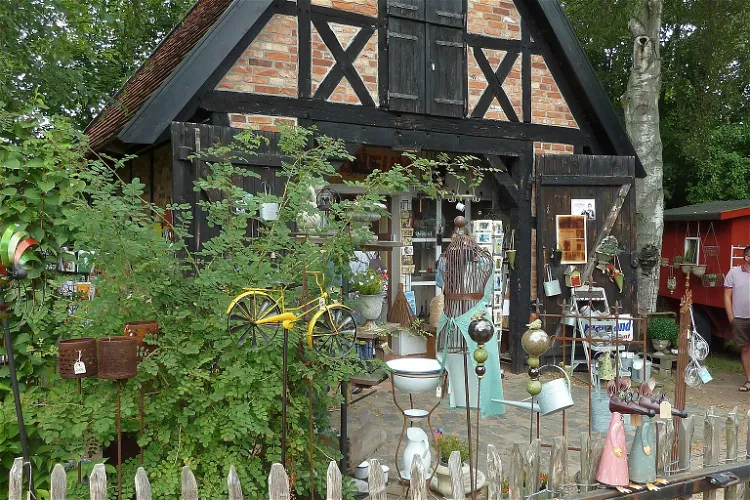
Freilichtmuseum Klockenhagen
Ribnitz-DamgartenThe Freilichtmuseum Klockenhagen is open to visitors from April 1 to October 31. During this period, the museum hosts a variety of events including plant tours, sheep shearing, book readings, and craftsman days. Additionally, a special exhibition is regularly displayed during the summer season, providing a unique experience for visitors.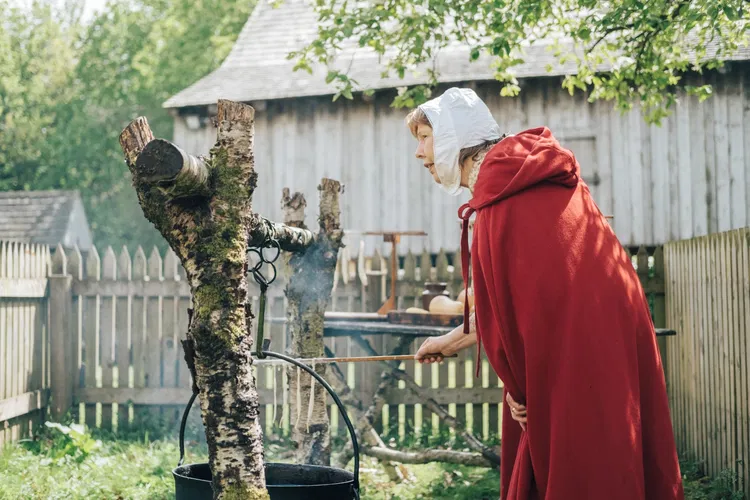
Ulster American Folk Park
OmaghThe Ulster American Folk Park, located in County Tyrone, Northern Ireland, is an open-air museum that offers a comprehensive look into the history of Irish emigration. With more than 30 exhibit buildings, visitors can explore the stories of those who left Ulster for America over three centuries. The museum provides a unique opportunity to delve into the past and understand the experiences of these emigrants.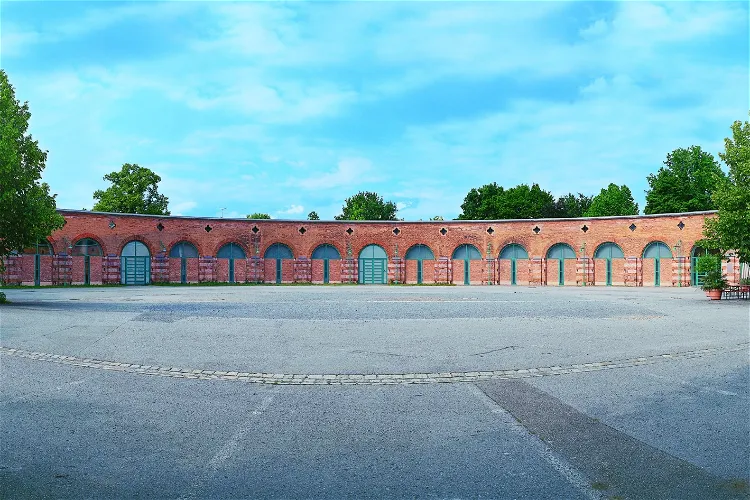
Lokschuppen
RosenheimThe Lokschuppen Rosenheim is an exhibition center situated in the heart of Rosenheim. It was established in 1988, following the transformation of the engine house of the city's first railway workshop. This historical site now serves as a cultural hub, hosting a variety of exhibitions and events throughout the year.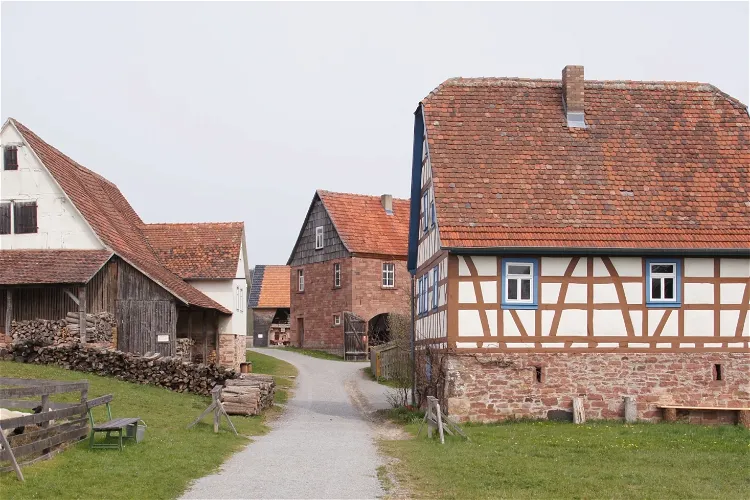
Odenwälder Freilandmuseum
WalldürnThe Odenwälder Freilandmuseum is an open-air museum located in Gottersdorf, a district of Walldürn. It is managed by the Förderverein Odenwälder Freilandmuseum e.V. The museum is open to the public from the 1st of April until the end of October each year, providing a unique opportunity to explore the history and culture of the region.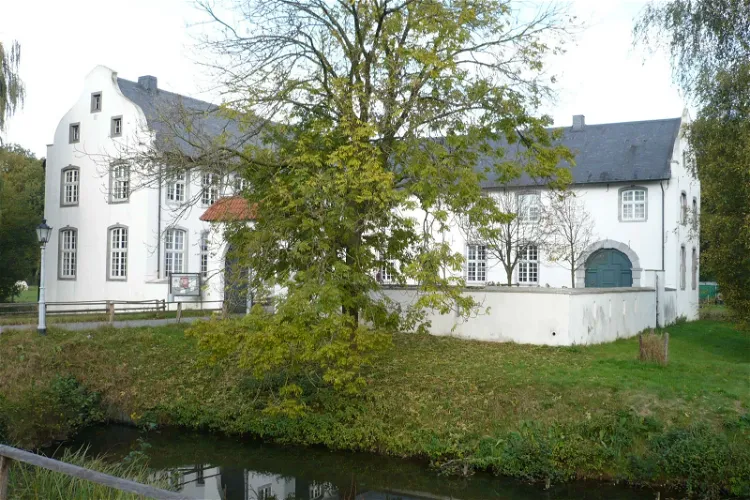
Dorenburg Open-Air Museum
GrefrathThe Niederrheinische Freilichtmuseum is a folkloric open-air museum that provides a glimpse into the rural and artisanal culture of the central Lower Rhine region. It is an excellent place for tourists who are interested in history and culture to learn about the traditional ways of life in this part of Germany.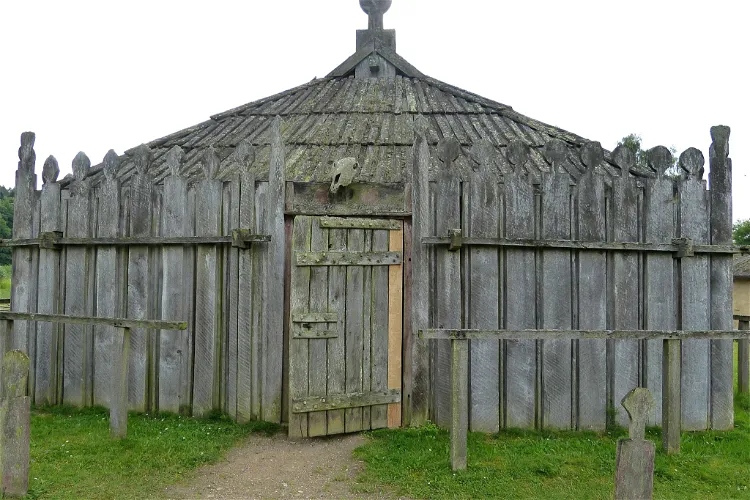
Groß Raden Archaeological Open Air Museum
SternbergThe Groß Raden Archaeological Open Air Museum is situated in the German state of Mecklenburg-Vorpommern, a few kilometres north of the small town of Sternberg and about a kilometre northeast of the village of Groß Raden. This location makes it easily accessible for tourists visiting the region.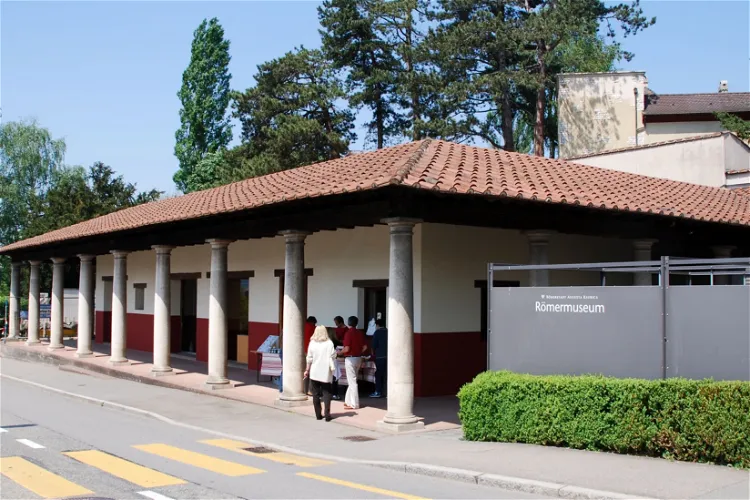
Römerstadt Augusta Raurica
AugstThe Roman Museum of Augst, also known as Augusta Raurica, Römerhaus und Museum, or Römerstadt Augusta Raurica, is an archaeological and open-air museum. It is situated in the municipality of Augst, within the canton of Basel-Country in Switzerland. This museum offers a unique opportunity to explore the rich history of the Roman era through its extensive collection of archaeological findings.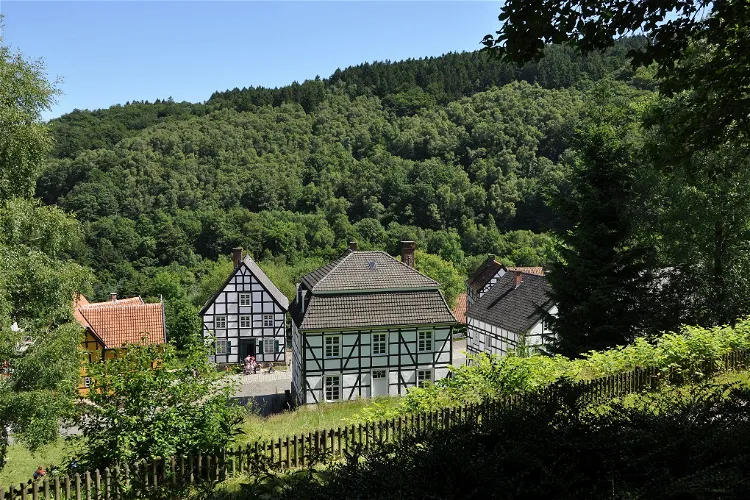
Hagen Westphalian Open-Air Museum
HagenThe Hagen Westphalian Open-Air Museum is situated in the southeastern Ruhr area, in Hagen, North Rhine-Westphalia, Germany. This location is easily accessible and offers a unique opportunity to explore the history of craft and technics in a hands-on manner.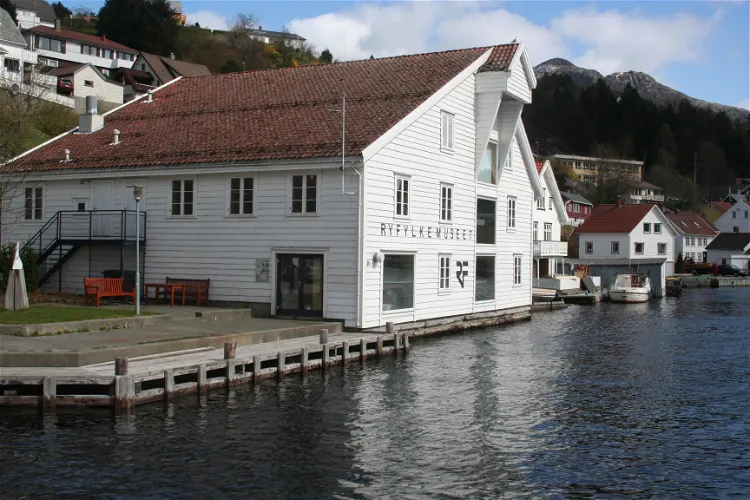
Ryfylkemuseet
SandRyfylkemuseet, located in Sand, serves as the regional museum for the municipalities in Ryfylke in Rogaland county. These municipalities include Forsand, Strand, Hjelmeland, Suldal, Sauda, Finnøy, Rennesøy, and Kvitsøy. The museum is a significant cultural institution in the region, offering insights into the history and culture of these municipalities.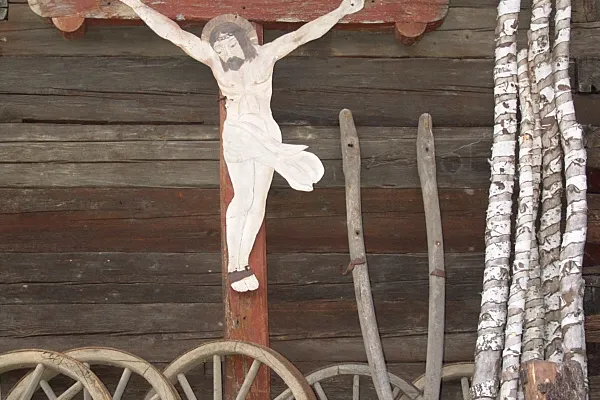
Bavarian Forest Museum Village
HötzendorfThe Bavarian Forest Museum Village, located near Tittling on the southwestern shore of the Dreiburgensee lake in the Bavarian Forest, is an open air museum. This location offers a unique opportunity to explore the rich history and culture of the region in a picturesque setting.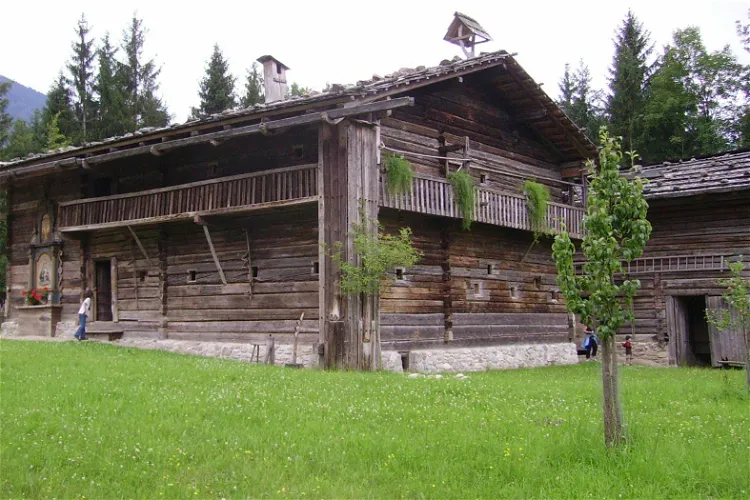
Salzburg Open Air Museum
GroßgmainThe Salzburg Open Air Museum is situated in the state of Salzburg, approximately 15 km southwest of the city of Salzburg. It is nestled in the municipality of Großgmain, close to the German-Austrian border. This location makes it easily accessible for tourists coming from both Austria and Germany.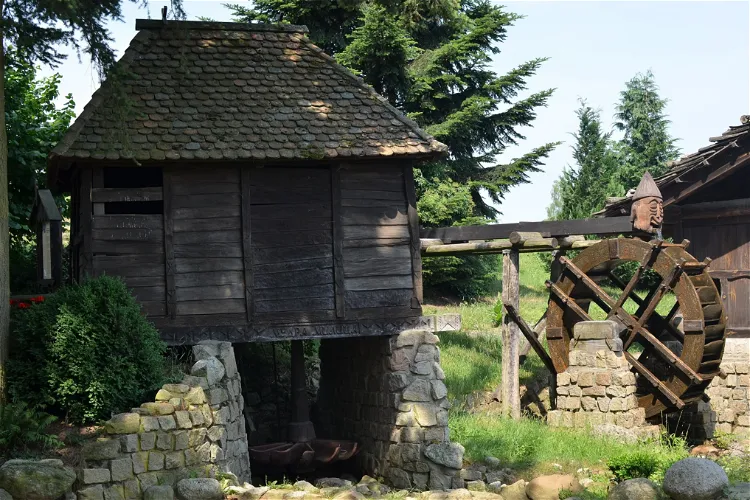
International Museum Gifhorn
GifhornThe International Windmill and Watermill Museum in Gifhorn, Lower Saxony, Germany is an open-air museum that offers a unique experience for visitors. It houses 15 buildings, either original or exact replicas of mills from 12 different countries. Each mill's surroundings are designed to reflect the topography typical of its country of origin. This provides a unique opportunity for visitors to experience a variety of cultures and historical periods in one location.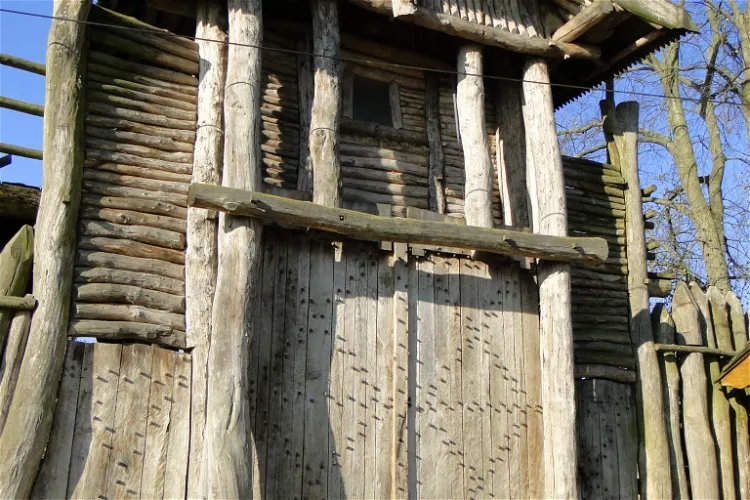
Slavic Village Passentin
PenzlinThe Slawendorf Passentin is an archaeological open-air museum situated in the Passentin district of Penzlin, in the Mecklenburg Lake District of Mecklenburg-Western Pomerania, Germany. This museum offers a unique opportunity to explore the historical and cultural heritage of the region, with buildings reconstructed based on archaeological findings from the 9th and 10th centuries.
Torre Abbey Historic House and Gardens
TorquayTorre Abbey, located in Torquay, Devon, is a historic building that serves as an art gallery. It was originally established in 1196 as a monastery for Premonstratensian canons. This rich history adds a unique charm to the Abbey, making it a fascinating destination for tourists interested in history and art.
Atlantikwall Raversyde
OstendThe Atlantic Wall Open Air Museum is located on the protected Provincial Domain of Raversijde. It features sixty structures, positions, bunkers and batteries, from the two world wars connected by open and underground passages. It is one of the best preserved remnants of the Atlantic Wall in Europe.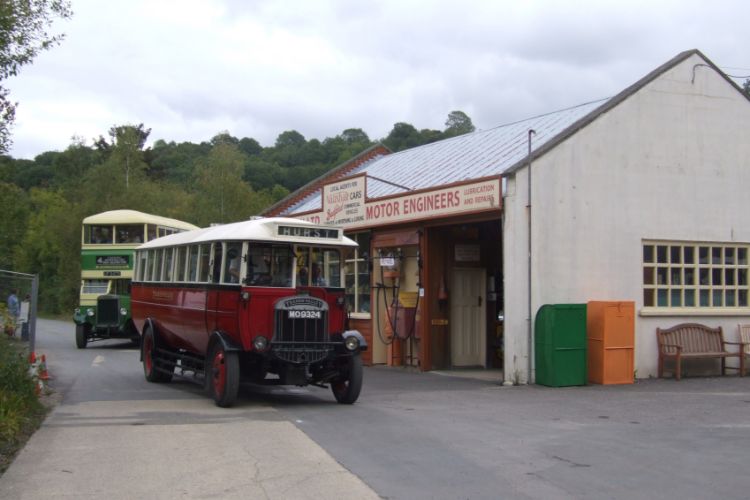
Amberley Museum
AmberleyAmberley Museum is an open-air industrial heritage museum located in Amberley, near Arundel in West Sussex, England. It offers a unique insight into the industrial history of the region, making it a fascinating destination for those interested in the past. The museum is easily accessible and provides a variety of exhibits and collections to explore.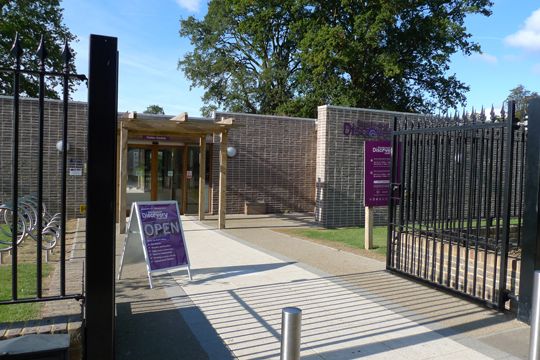
Stockwood Discovery Centre
LutonThe Stockwood Discovery Centre, previously known as the Stockwood Craft Museum, is one of two museums in Luton that offer free admission. This makes it an accessible and affordable option for tourists looking to explore the local history and culture of the area.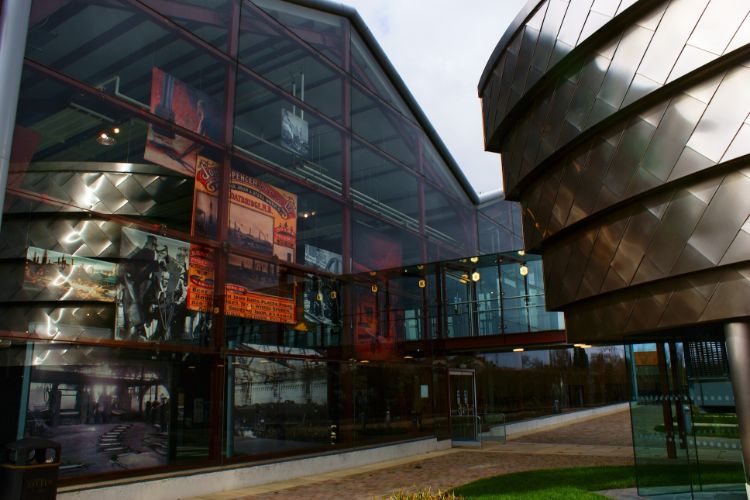
Summerlee Museum Of Scottish Industrial Life
CoatbridgeThe Summerlee Museum of Scottish Industrial Life is a unique museum located in Coatbridge, North Lanarkshire, Scotland. It is situated on the historic site of the Victorian Summerlee Iron Works and the former Hydrocon Crane factory. This museum offers a deep dive into the industrial and social history of the region, providing a comprehensive understanding of the area's past.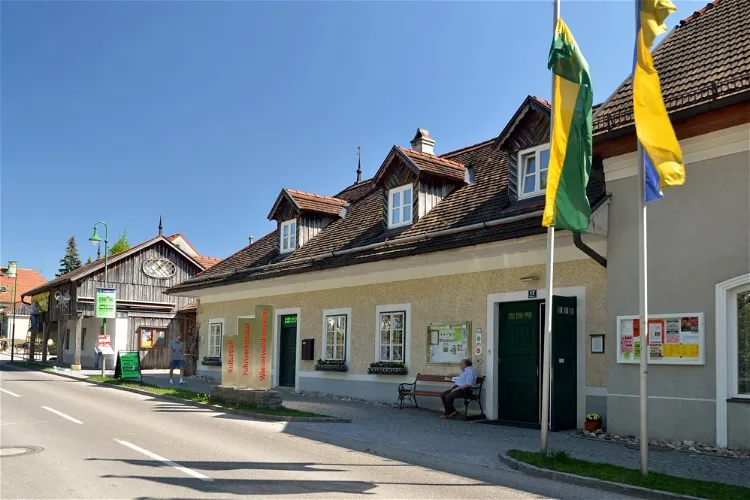
Wienerwaldmuseum Eichgraben
HuttenThe Wienerwaldmuseum Eichgraben is a local museum located in Eichgraben, Lower Austria. It offers a unique opportunity to explore the local history and culture of the region.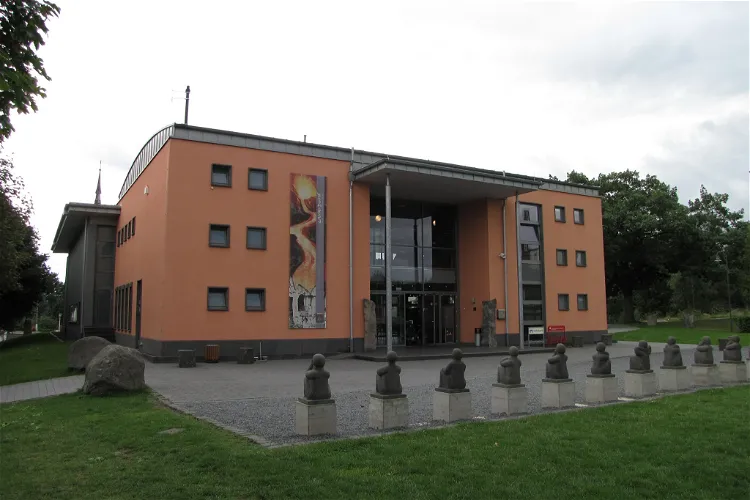
Lava-Dome
MendigThe Lava-Dome is not just a museum but also a science center where visitors can explore geological and volcanological phenomena themselves. This interactive feature allows visitors to gain a hands-on understanding of the processes that lead to volcanic eruptions and the workings of the Earth's interior. It's an engaging way to learn about the science behind volcanoes.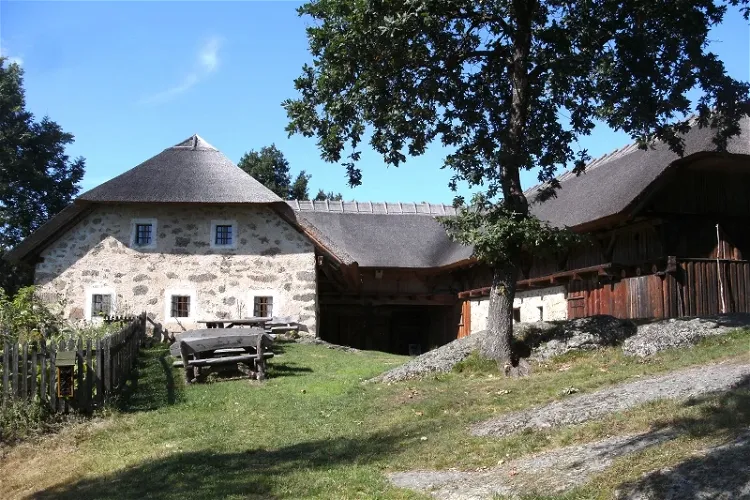
Großdöllnerhof
RechbergGroßdöllnerhof is a historical site that dates back 400 years. It is located in the Mühlviertel Nature Park in the municipality of Rechberg. Today, it serves as an open-air museum, offering visitors a glimpse into the past. The farmstead is a protected monument, showcasing the typical Mühlviertel technique of stone-bare wall construction. This technique involves the use of uncut granite blocks and whitewashed mortar zones to structure the exterior walls.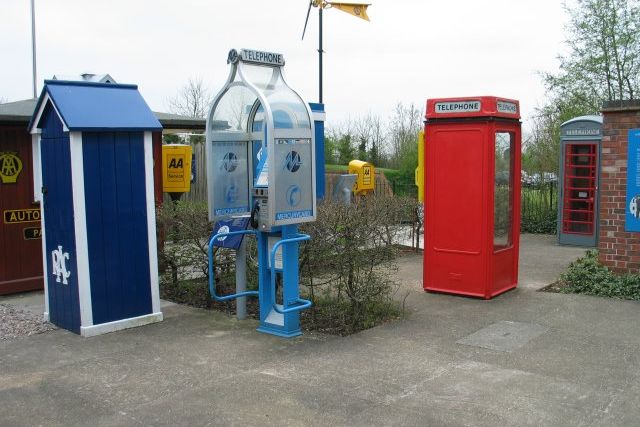
Avoncroft Museum
Stoke HeathAvoncroft Museum of Historic Buildings is an open-air museum located in Stoke Heath, a district of Bromsgrove, Worcestershire, England. The museum is unique in that it houses a collection of rescued buildings that have been relocated to its site. These buildings, which were under threat of demolition at their original locations, have been carefully dismantled, restored, and re-erected at the museum, providing visitors with a unique opportunity to explore a wide range of architectural styles and historical periods.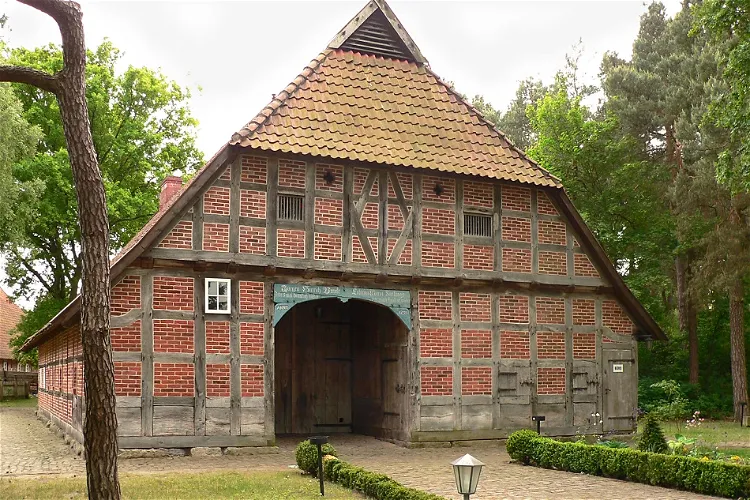
Winsen Museum Farm
Winsen (Aller)The Winsen Museum Farm, located in Winsen (Aller) in the north German state of Lower Saxony, is an open-air museum that was established in 1982. It offers a unique opportunity to explore the history and culture of the region, with a variety of buildings and exhibits that reflect the area's rural past.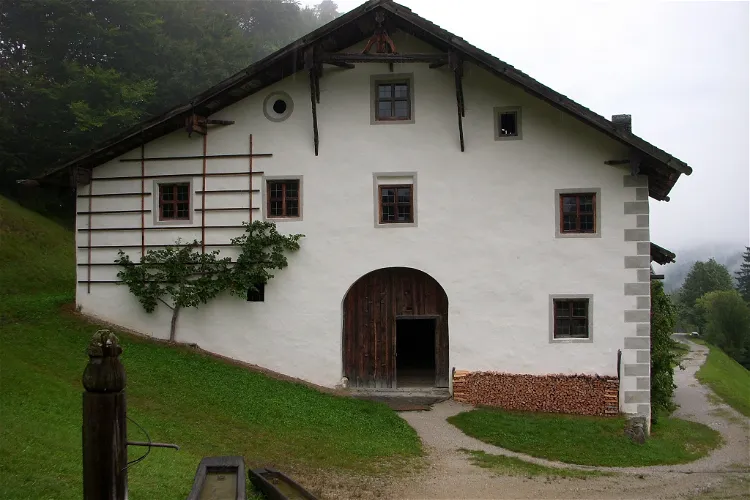
Museum of Tyrolean Farms
KramsachThe Museum of Tyrolean Farms, located in Kramsach, Austria, is an open-air museum that offers a unique glimpse into the past. It houses around 14 historical farms and 23 outbuildings, including barns, chapels, and alpine pastures. These structures have been carefully preserved and restored, providing visitors with an authentic experience of rural life in pre-industrial times.Openluchtmuseum Bokrijk
GenkOpen air museum Bokrijk consists of reconstructed and furnished buildings, and small buildings from different areas and periods in Flanders, from sty to clergy houses. The collection includes 30,000 pieces of heritage that together illustrate daily life of the 17th century to 1950. Visitors experien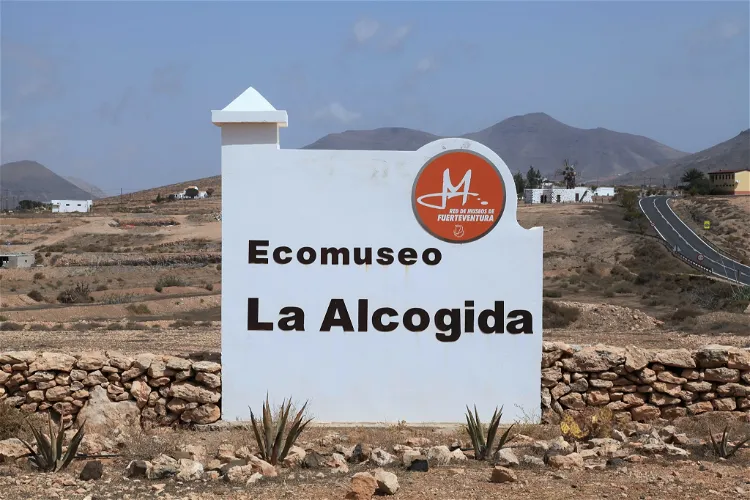
La Alcogida Ecomuseum
Puerto del RosarioAn open-air museum with seven restored houses. You can witness all of the "old life" here - from farming to crafts.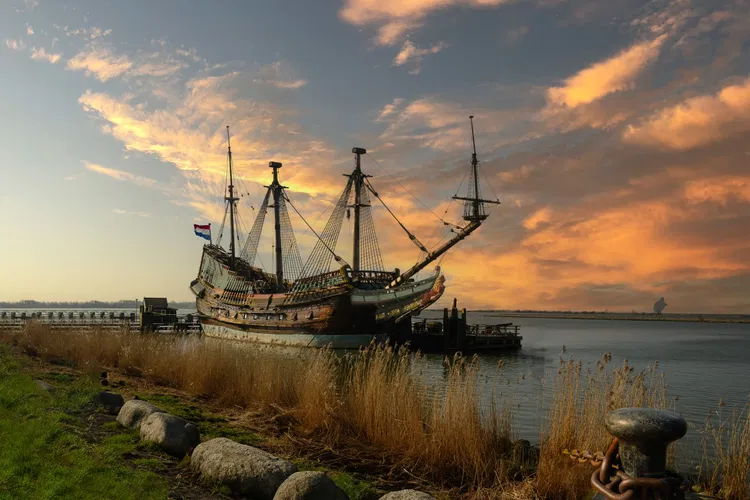
Museum Batavialand
LelystadAt Museum Batavialand, you uncover hidden stories through three unique experiences: Step aboard the reconstructed VOC ship Batavia, discover traditional crafts at the shipyard, and dive into the history of Flevoland in our exhibition spaces. All included with just one ticket! Parking is easy right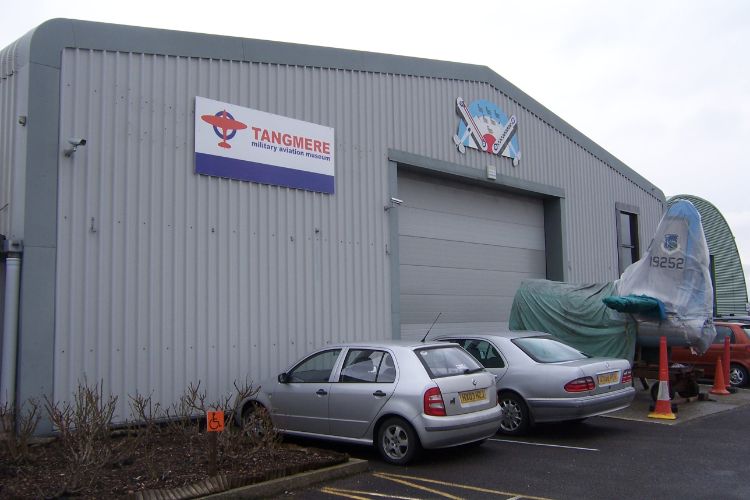
Tangmere Military Aviation Museum
TangmereThe Tangmere Military Aviation Museum is situated on the grounds of the former RAF Fighter Command airfield Tangmere in West Sussex. It is conveniently located near the A27 and the South Downs National Park, making it easily accessible for tourists. The museum offers a unique opportunity to explore the history of military aviation in a location steeped in history.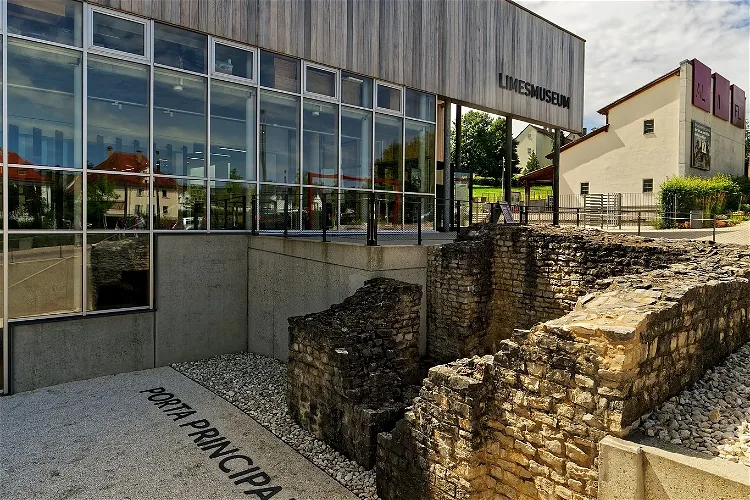
Limes Museum
AalenThe Limesmuseum Aalen is an archaeological museum that is operated by the city of Aalen. It is also a branch museum of the Archaeological State Museum of Baden-Württemberg and serves as one of the information centers for the UNESCO World Heritage Site "Upper Germanic-Rhaetian Limes". The museum is located on the site of the largest Roman cavalry fort north of the Alps, providing a unique insight into the history and culture of the region.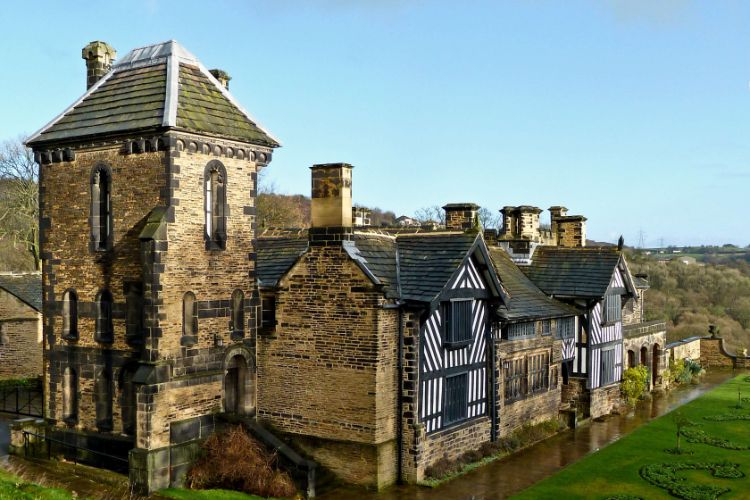
Shibden Hall
HalifaxShibden Hall is a historic house of significant importance, listed as Grade II*. It is situated in a public park in Shibden, West Yorkshire, England. This location offers visitors the opportunity to explore not only the historic house but also the surrounding park.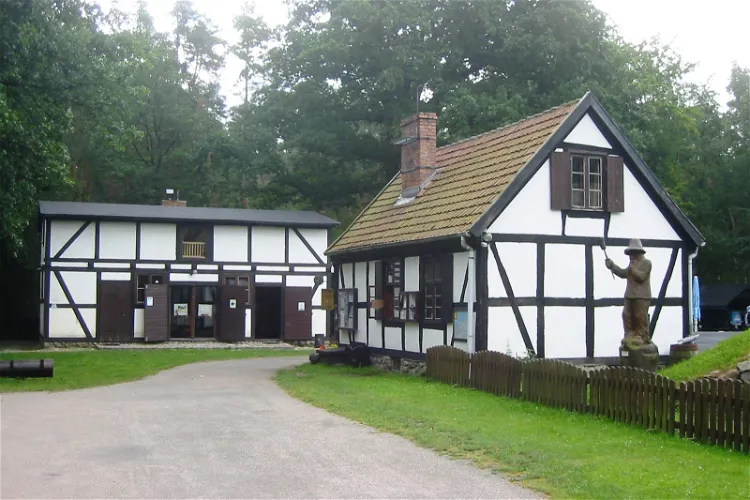
Forst- und Köhlerhof Wiethagen
RostockThe Forst- und Köhlerhof Wiethagen is an open-air museum located in Rostock - Wiethagen. The museum showcases the history of the production of charcoal, wood tar, and turpentine, a process that was traditionally carried out by charcoal burners. Visitors can learn about the historical significance of these materials and the role they played in the economy over the centuries.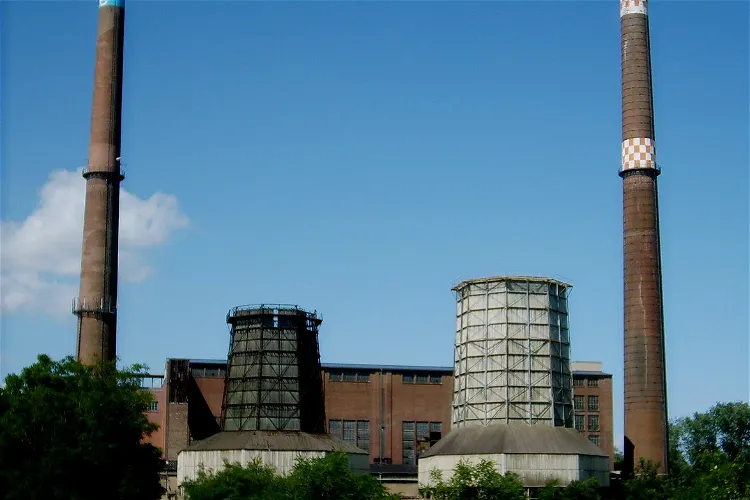
Kraftwerk Plessa
DöllingenThe Kraftwerk Plessa is a significant industrial monument situated in the municipality of Plessa in the Elbe-Elster district. It holds the distinction of being one of the oldest lignite power plants in Europe that has been preserved in its original structure. This makes it a unique destination for tourists interested in industrial history and architecture.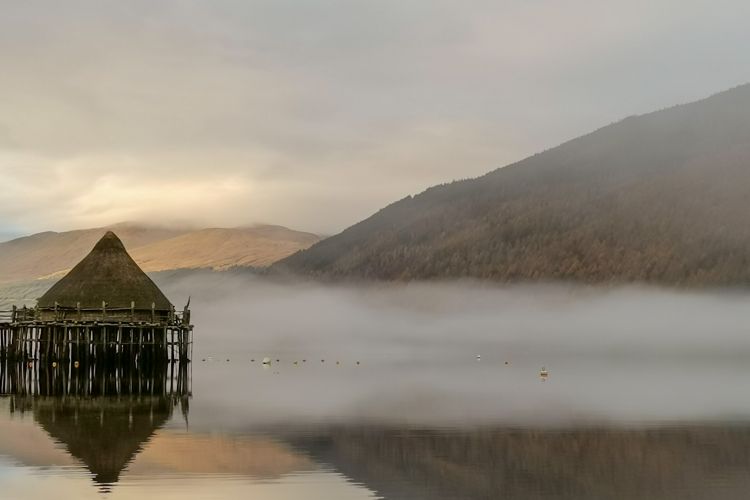
The Scottish Crannog Centre
AberfeldyJoin the 21st Century Crannog Community where you will be taken on a fascinating journey into Scotland's prehistory. Walk in the footsteps of the original Crannog dwellers and immerse yourself in village life with original artefacts; demonstrations of textiles, cooking and ancient crafts & techn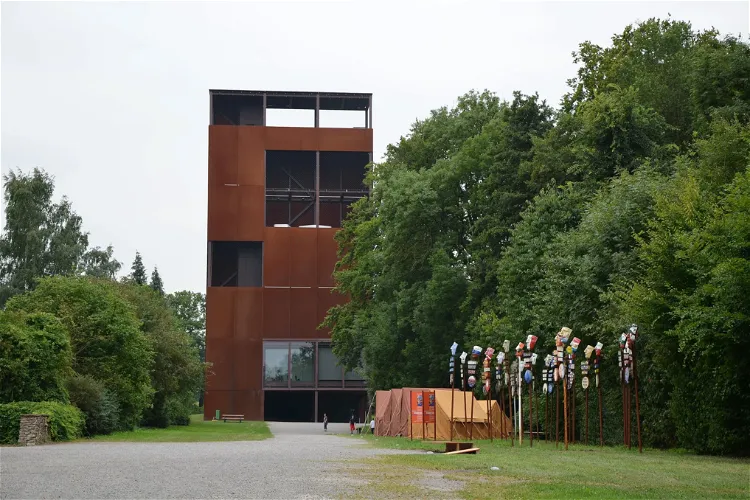
Varusschlacht im Osnabrücker Land - Museum und Park Kalkriese
BramscheMuseum und Park Kalkriese is an archaeological museum located in the Bramsche district of Kalkriese in the Osnabrück region. It features an attached open-air museum, providing visitors with a unique opportunity to explore the history and archaeology of the area.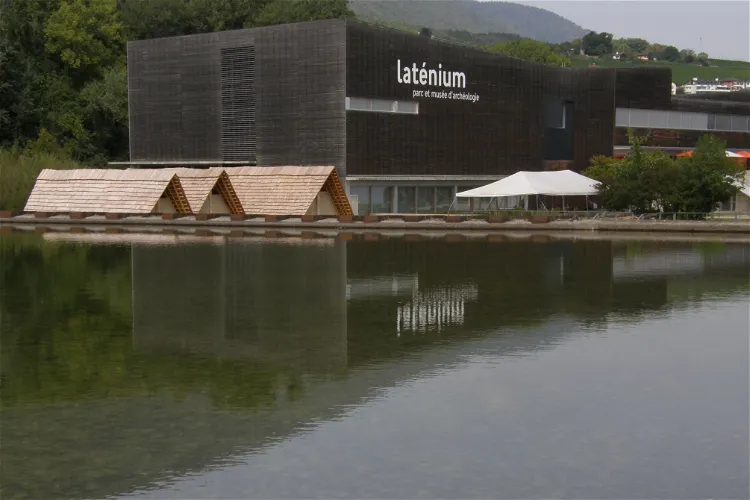
Laténium Park and Museum of Archeology
Hauterive (NE)The Laténium is an archeology museum situated in Hauterive, a suburb of Neuchâtel in Switzerland. This location is known for its rich historical significance and offers a unique opportunity for visitors to delve into the past and explore the fascinating world of archaeology.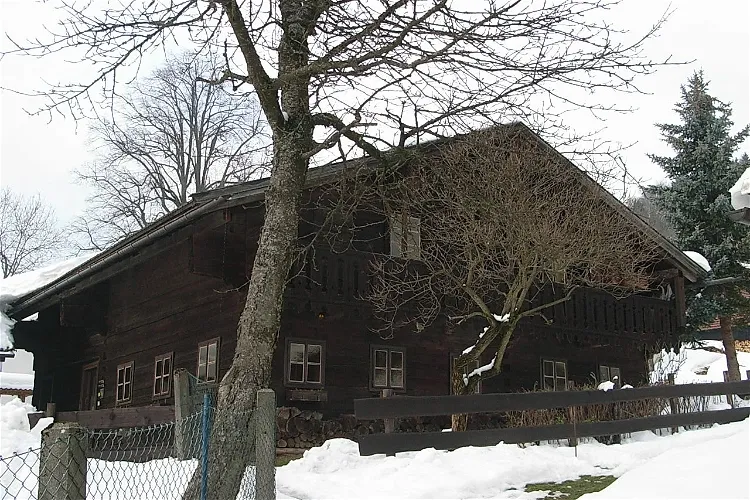
Bauernhausmuseum Lindberg
LehenThe Bauernhausmuseum, also known as the Farmhouse Museum, is an open-air museum situated in the quaint village of Lindberg, Germany. This unique museum offers a glimpse into the past, showcasing the traditional Bavarian way of life. It's a great place for tourists who are interested in history and culture.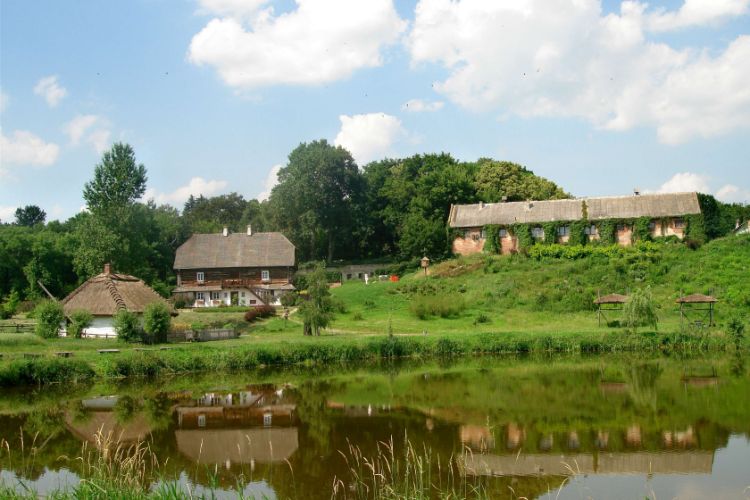
The Open Air Village Museum in Lublin
LublinThe Open Air Village Museum in Lublin is one of the biggest open air museums in Poland. The museum is dedicated to illustrating the cultural diversity of the province and holds a collection of items related to the former life in the village, in the manor and in the small town. Furthermore, the museu- 105
Ötzi Village
KöfelsThis archeologic open-air museum shows the village life and houses from the Ötzi era. 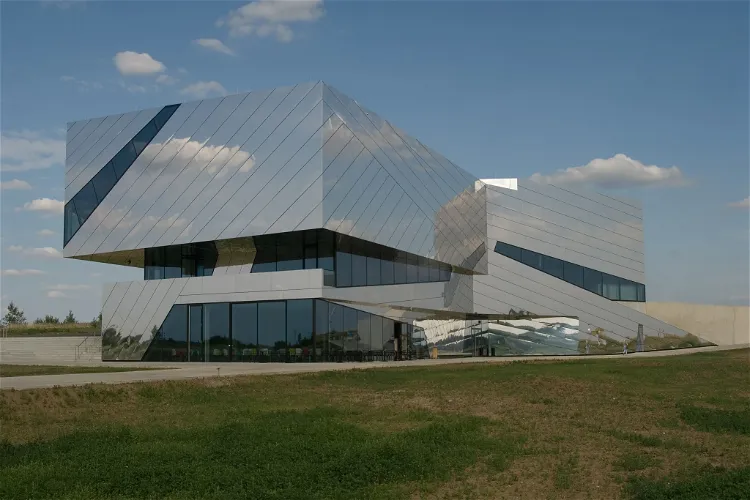
Paläon Research and Experience Center
SchöningenThe Schöningen Research Museum, located in the Helmstedt district, is a visitor center and museum that primarily focuses on the exhibition of the Schöningen Spears. These spears are significant as they provide a glimpse into life and environmental conditions around 300,000 years ago. The museum is situated near the discovery site of the spears in the former Schöningen brown coal open-cast mine, adding to the authenticity of the experience.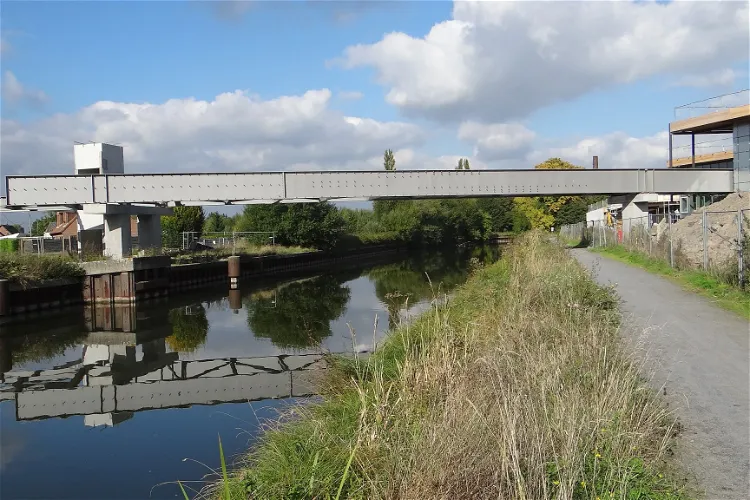
Arkéos Archaeological Museum
DouaiArkéos Archaeological Museum and Park, situated in the towns of Douai and Râches on the right bank of the Scarpe, has been welcoming visitors since June 21, 2014. The museum offers a journey through time, exploring 200,000 years of history and the lives of men and women who have lived in the region from prehistoric times to the present day.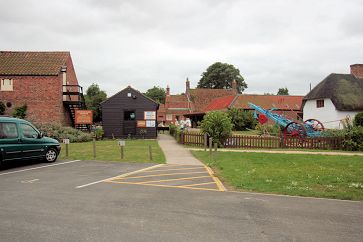
The Village Church Farm
SkegnessThe Village Church Farm, previously known as the Church Farm Museum, is an open-air museum located near Skegness in Lincolnshire, England. The museum is dedicated to preserving and showcasing the local and agricultural history of the region.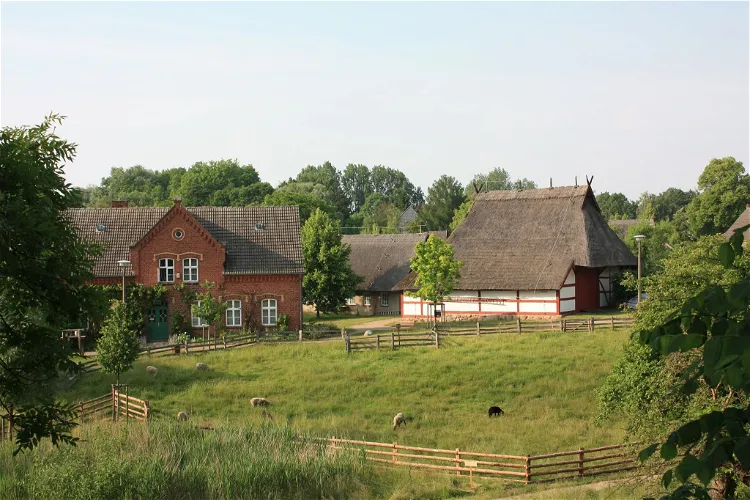
Open Air Museum of Ethnography Schwerin Mueß
SchwerinThe Open Air Museum Schwerin-Mueß is situated in the former fishing and farming village of Mueß, which was incorporated into the city of Schwerin in 1936. This location provides a unique historical context for the museum, as it is directly on the southern shore of Lake Schwerin. The museum's setting in a traditional village environment enhances the authenticity of the exhibits and provides a real sense of the rural life in Mecklenburg from the 17th to the early 20th century.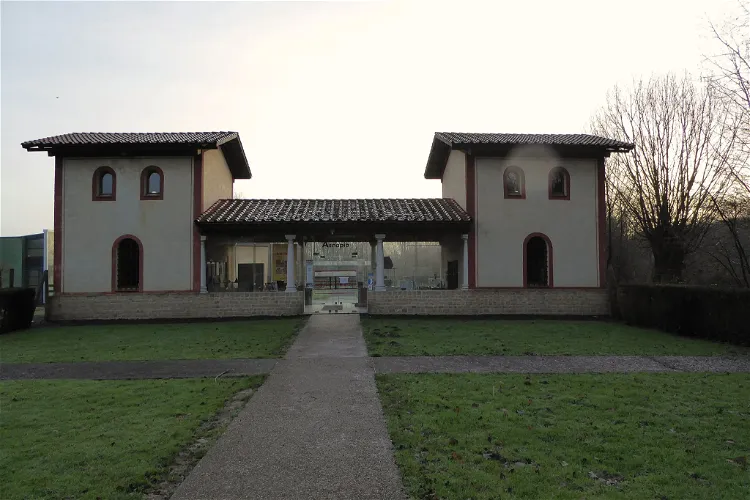
Archaeological Park Asnapio
Villeneuve-d'AscqThe Archaeological Park Asnapio, situated in Villeneuve d'Ascq, France, provides visitors with a unique opportunity to explore reconstructed habitats that span from the Upper Paleolithic era to the Middle Ages. These reconstructions are based on archaeological findings from the northern region of France and serve as a field for archaeological experimentation.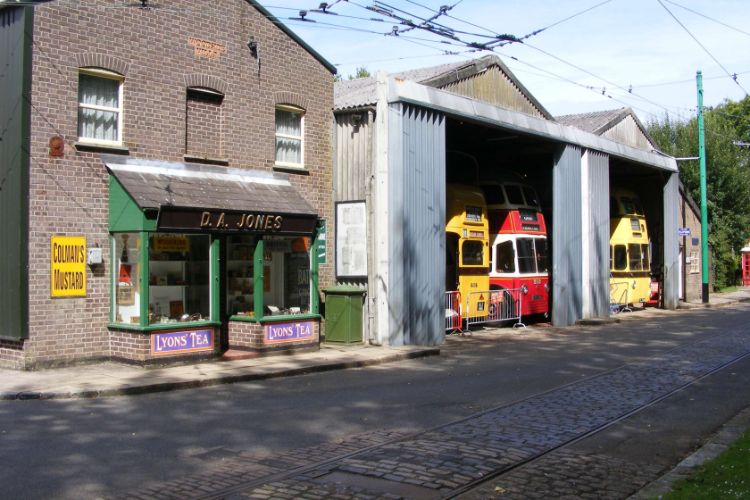
East Anglia Transport Museum
Carlton ColvilleThe East Anglia Transport Museum, located in Carlton Colville, a suburb of Lowestoft, Suffolk, is an open-air transport museum. It houses numerous historic public transport vehicles, many of which are in full working order. Visitors can experience a unique journey back in time as they explore the various exhibits.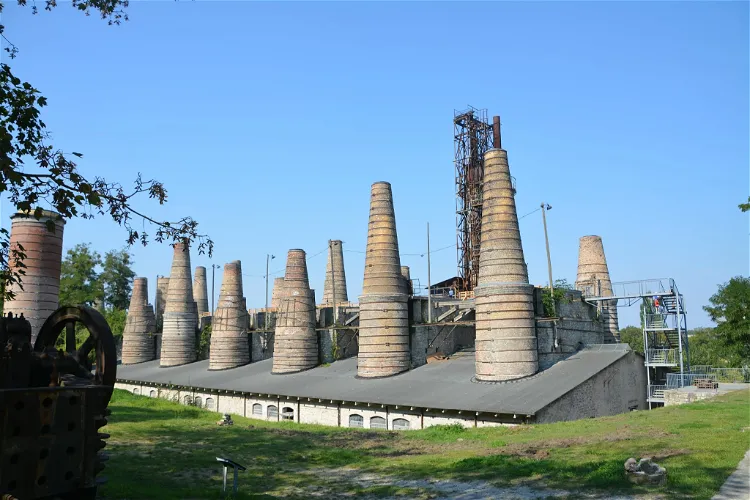
Museumspark Rüdersdorf
RüdersdorfMuseumspark Rüdersdorf, located near Berlin, is a vast open-air industrial museum. It provides a comprehensive insight into the extraction and processing of limestone from the Rüdersdorf limestone mountains. This museum is a testament to the industrial history of Rüdersdorf, making it a fascinating destination for those interested in industrial archaeology and geology.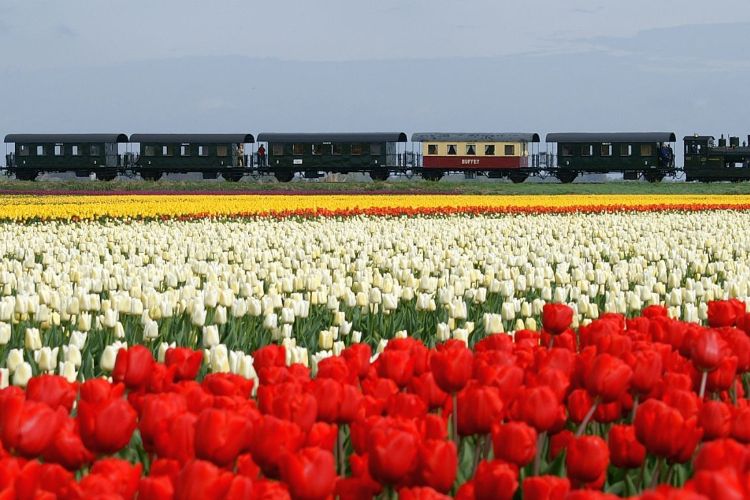
Steamtrain Hoorn Medemblik
HoornThe Steamtrain Hoorn Medemblik museum is dedicated to the steam train in the Netherlands. The museum uses the former freight and classification yard of that station of Hoorn. Steam trams drive from village to village on the railway between Hoorn and Medemblik from 1887. The collection consists of st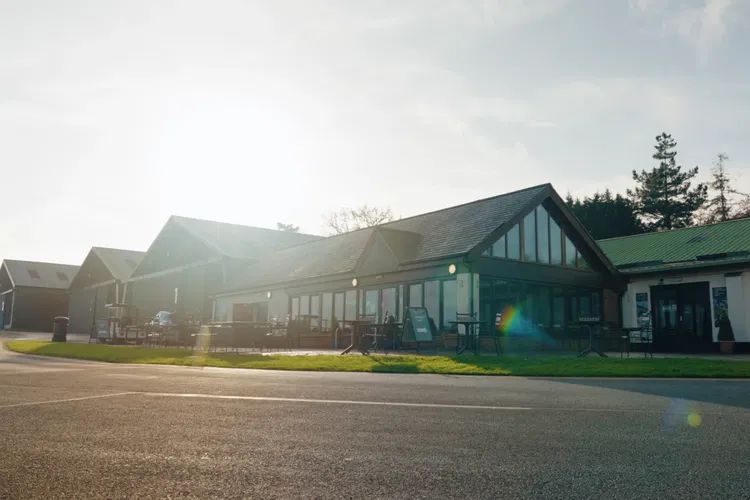
Shuttleworth Collection & Swiss Garden
BiggleswadeThe Shuttleworth Collection is a unique museum situated at the Old Warden Aerodrome in Bedfordshire. It houses a wide range of aircraft and automobiles, all meticulously restored and maintained. The museum is renowned worldwide for the diversity of its exhibits, making it a fascinating destination for aviation and automobile enthusiasts.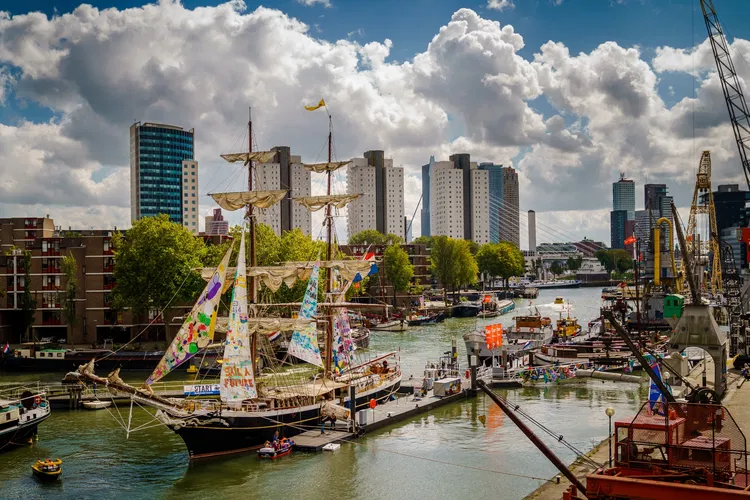
Maritime Museum Rotterdam
RotterdamIn the Maritime Museum Rotterdam, you can discover the enormous effect that the maritime world has on our daily lives. Travel through the maritime past and present in modern exhibitions for adventurers large and small. Listen to stories and admire prize exhibits from our leading collection. The muse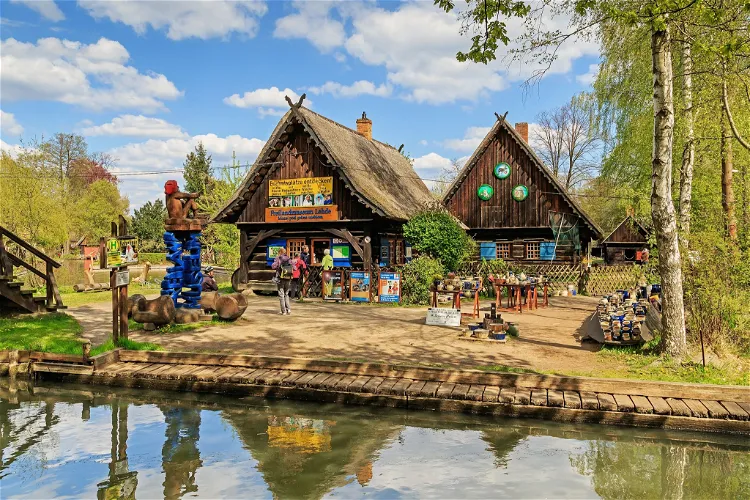
Freilandmuseum Lehde
Lübbenau/SpreewaldThe Freilandmuseum Lehde is an open-air museum located in Lehde. It is dedicated to showcasing life in the Spreewald region during the 19th century. Visitors can get a glimpse of the past and understand the lifestyle, culture, and traditions of the people who lived in this region during that time.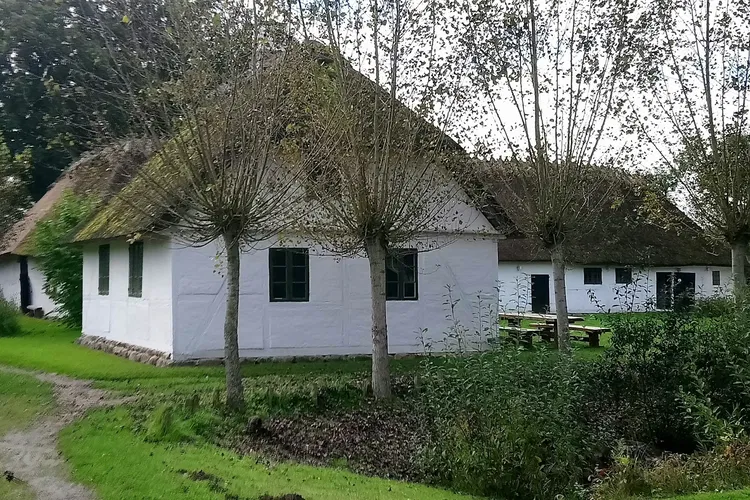
Maribo Open-Air Museum
MariboThe Maribo Open-Air Museum is situated on the western outskirts of Maribo, on the Danish island of Lolland. It is conveniently located near the northern banks of Søndersø Lake, making it an ideal destination for those who enjoy both history and nature. The museum's location offers visitors the opportunity to explore the rich history of the region while also enjoying the natural beauty of the surrounding area.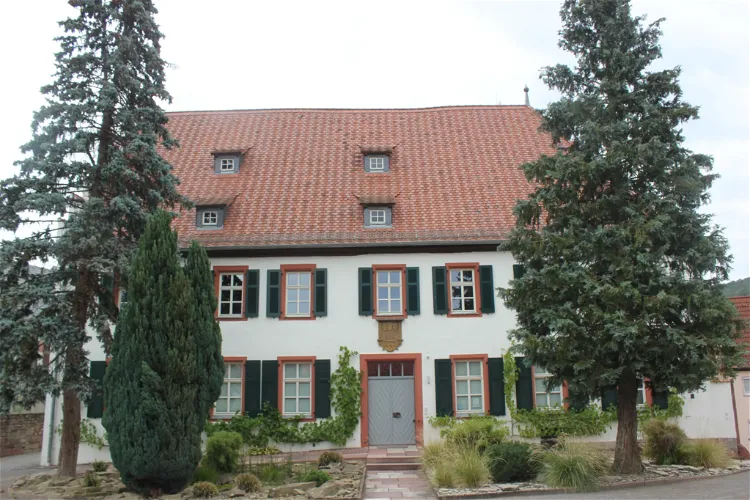
Museum Terra Triassica Euerdorf
EuerdorfThe Museum Terra Triassica in Euerdorf, Unterfranken, is a unique institution that offers a deep dive into the geological history of the Germanic Triassic of the Central European Basin. Visitors can explore the fascinating world of the Triassic period, which spanned from 252.5 to 201.5 million years ago, and learn about the various geological transformations that occurred during this time.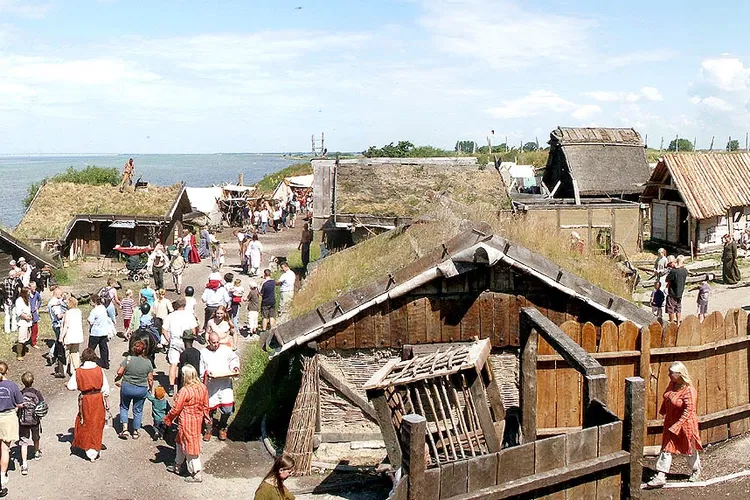
Foteviken Museum
HöllvikenThe Foteviken Museum, located on the Höllviken peninsula in southern Skåne, Sweden, is an archaeological open-air museum. It offers a unique opportunity to explore the Viking Age through a reconstructed settlement and living history reenactments.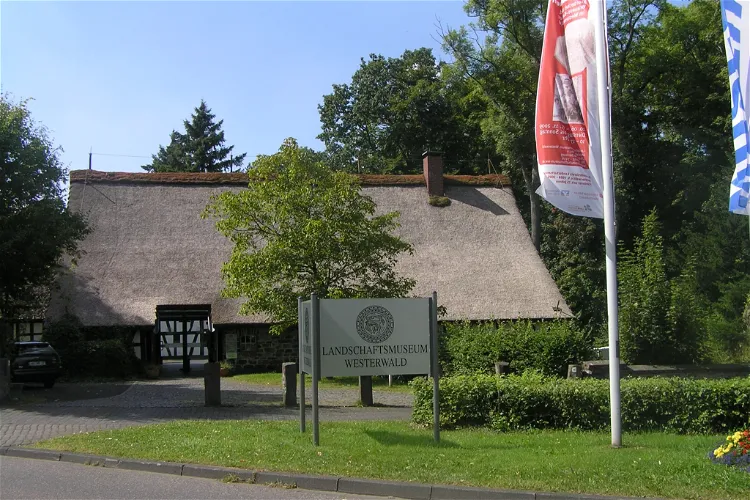
Landschaftsmuseum Westerwald
HachenburgThe Landschaftsmuseum Westerwald is a quaint open-air museum situated in the scenic town of Hachenburg in the Westerwaldkreis region. This museum offers a unique opportunity to explore the rich history and culture of the Westerwald area in an immersive outdoor setting.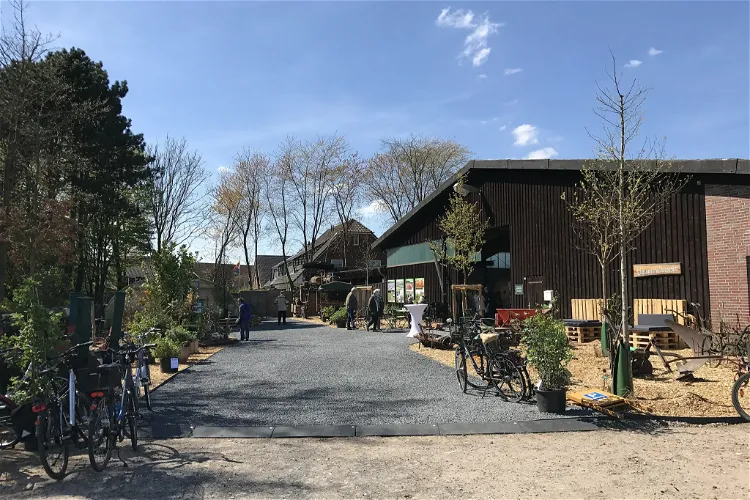
Deutsches Baumschulmuseum
PinnebergThe Deutsches Baumschulmuseum, located in Pinneberg, Schleswig-Holstein, is a unique institution in the German-speaking region. It is dedicated to the nursery economy, providing a deep dive into the industry's history, practices, and significance. The museum is situated in one of the world's largest contiguous nursery areas, making it a fitting location for such a specialized institution.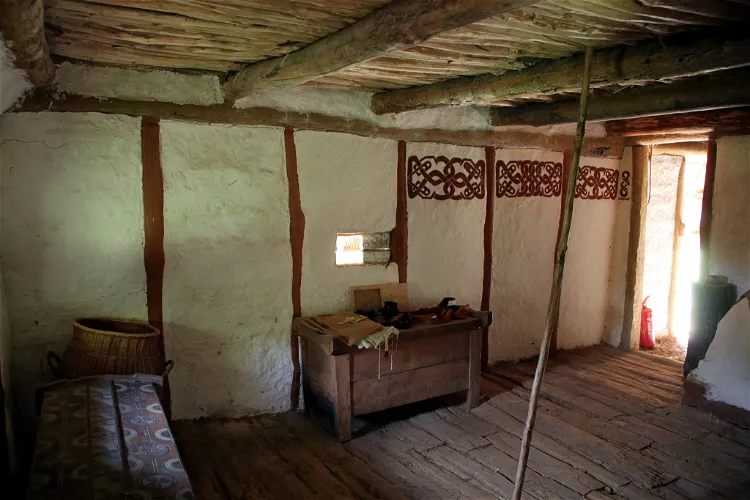
Bajuwarenhof Kirchheim - Freilichtmuseum bei München
HeimstettenThe Bajuwarenhof Kirchheim is an archaeological open-air museum situated in the municipality of Kirchheim near Munich. This museum offers a unique opportunity to explore the rural life and work environment of the 6th and 7th centuries AD. It was established in the winter of 2003 and was Kirchheim's official contribution to the 2005 Federal Horticultural Show.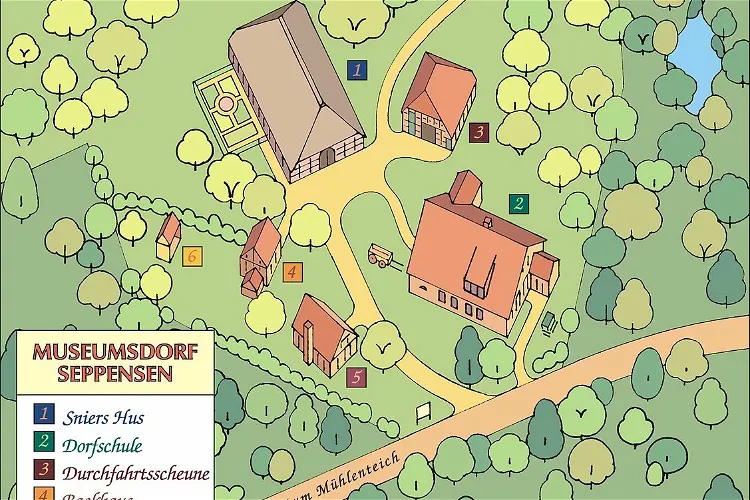
Museumsdorf Seppensen
Buchholz in der NordheideThe Museumsdorf Seppensen is an open-air museum located in Buchholz - Seppensen. The museum features a central village square surrounded by four half-timbered houses, a brick house, and a bee stand. This setup provides a unique insight into the historical architecture and lifestyle of the region.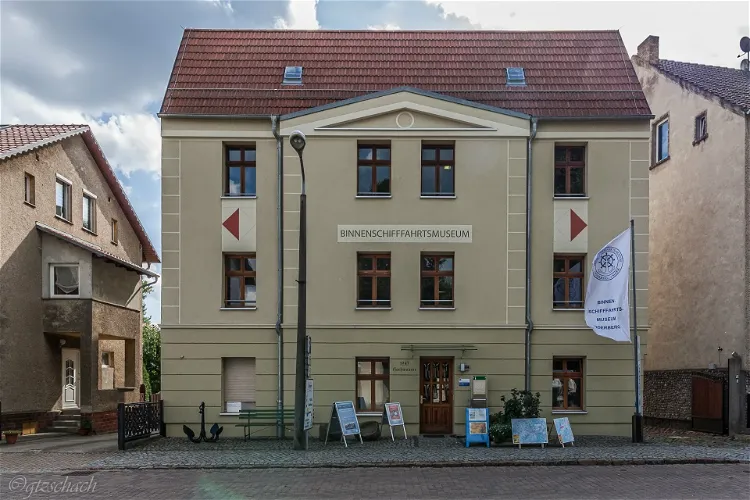
Förderverein Binnenschifffahrts-Museum Oderberg e.V.
OderbergThe main exhibit of the Binnenschifffahrtsmuseum is the paddle steamer Riesa, a significant piece of maritime history. The museum, which was founded in 1954 as a local history room, has since expanded its collection to include a wide range of archaeological finds from the surrounding area. This provides visitors with a unique opportunity to delve into the past and learn about the region's rich history.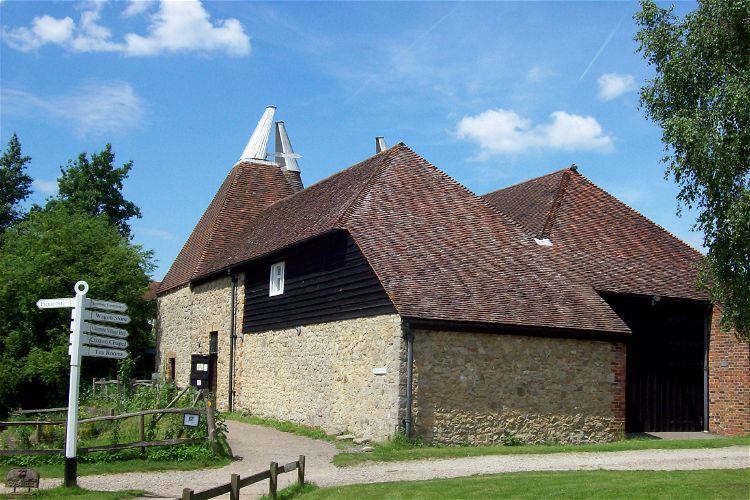
Kent Life Heritage Farm Park
SandlingKent Life, previously known as the Museum of Kent Life, is an open-air museum situated in Sandling, near Maidstone. It is conveniently located next to Allington Locks on the east bank of the River Medway, making it easily accessible for visitors. The museum offers a unique opportunity to explore the rich history and culture of Kent in an open-air setting.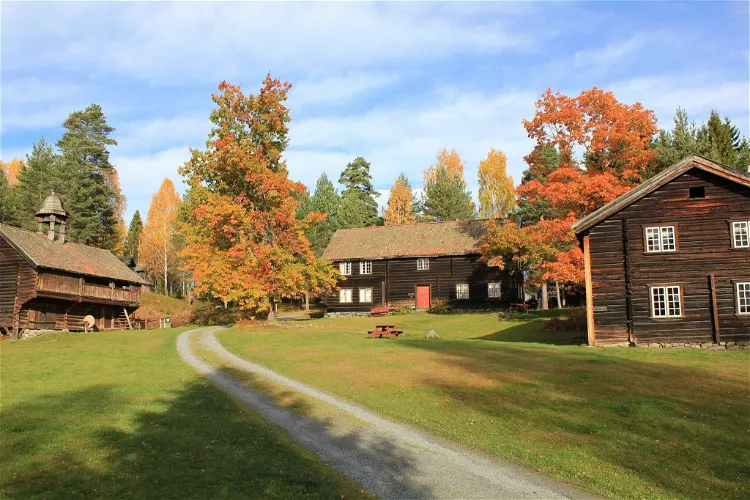
Eiktunet
GjøvikEiktunet is an open-air museum located in Gjøvik, a city in the Innlandet county of Norway. The museum was established in 1954 and offers a unique insight into rural cultural history. It's an ideal destination for those interested in learning about Norway's past and the way of life in rural areas during different periods.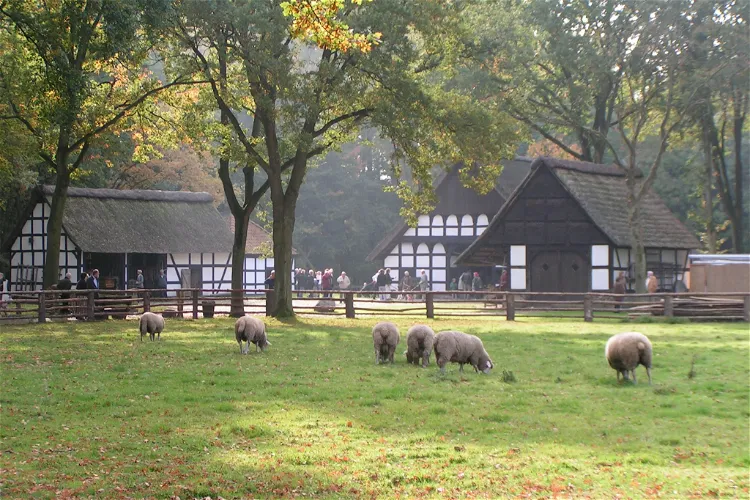
Museumshof Rahden
RahdenMuseumshof Rahden is an open-air museum situated in the city of Rahden, within the Ostwestfalen district of Minden-Lübbecke in North Rhine-Westphalia. This location provides a unique cultural experience, offering a glimpse into the regional rural lifestyle of the 19th century.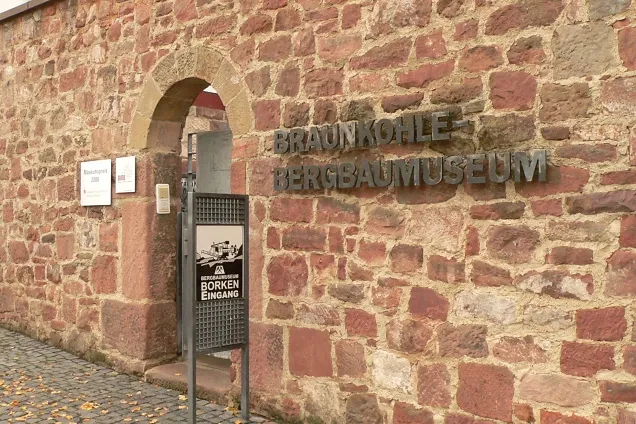
Hessisches Braunkohle Bergbaumuseum
Borken (Hessen)The Hessisches Braunkohle Bergbaumuseum in Borken, located in the Schwalm-Eder district of northern Hesse, offers a unique insight into the mining operations that were once carried out in the Borken lignite mining area. The museum is designed as an 'Experience Above and Below Ground', providing valuable knowledge about coal and energy. The focus is on the underground and above-ground extraction of lignite, its use, and the handling of the post-mining landscape.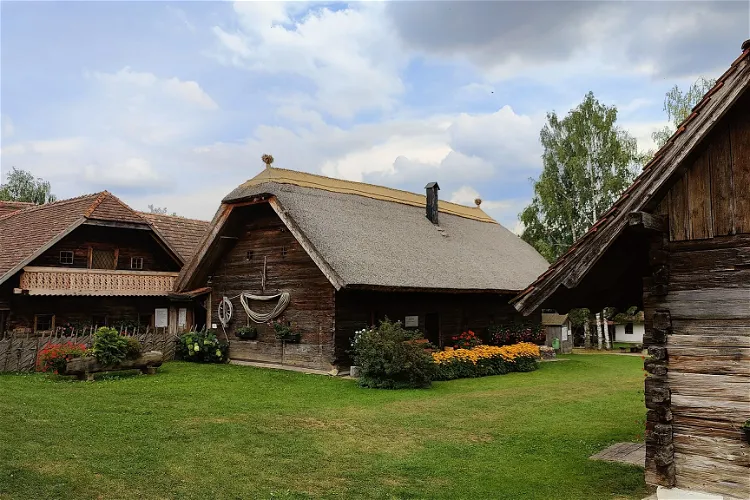
Freilichtmuseum Vorau
VorauThe Freilichtmuseum Vorau, also known as Museumsdorf Vorau, is a unique open-air museum located in Vorau, Styria. It offers a glimpse into the past by showcasing historical farmhouses complete with outbuildings and a variety of historical everyday objects. Visitors can explore the authentic rural buildings that have been carefully reconstructed on the museum's nearly 1-hectare site.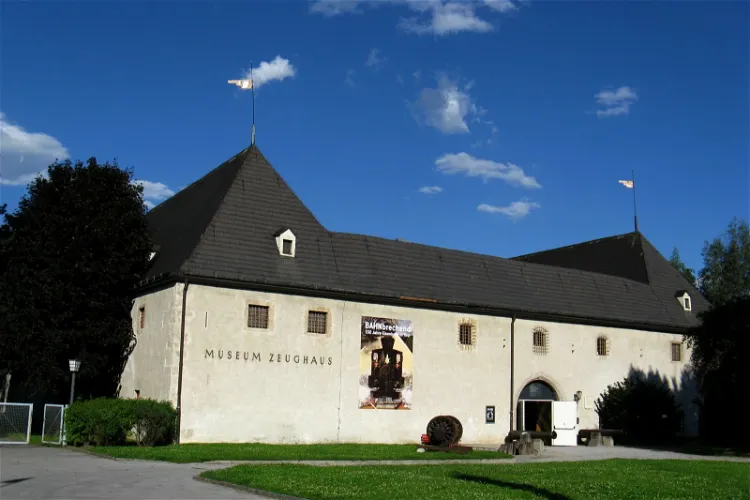
Zeughaus Museum
InnsbruckThe Zeughaus in Innsbruck, originally a weapons arsenal, is now a museum. It is situated in the Dreiheiligen district and is one of the five houses of the Tyrolean State Museums. This historical building, constructed between 1500 and 1505 under the orders of Maximilian I, offers a unique glimpse into the past.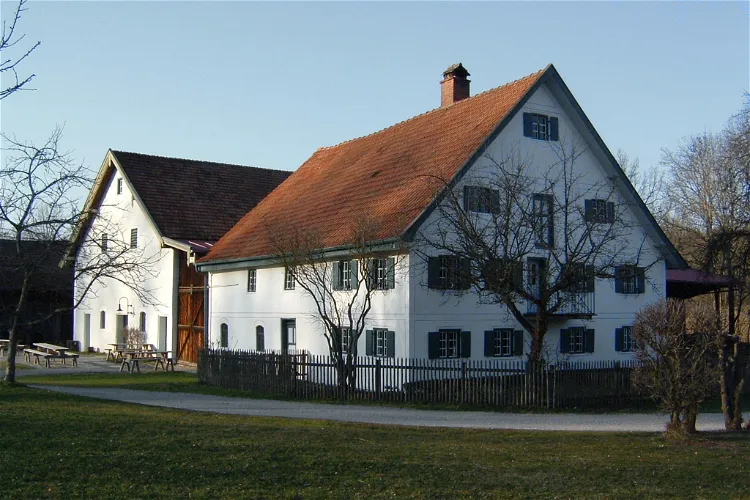
Bauernhofmuseum Jexhof
SchöngeisingThe Bauernhofmuseum Jexhof is a farm museum situated in the southern part of the Fürstenfeldbruck District, in Bavaria, Germany. It is approximately 700 meters southeast of the district road FFB 7, which runs from Schöngeising to Mauern. This location makes it easily accessible for tourists visiting the area.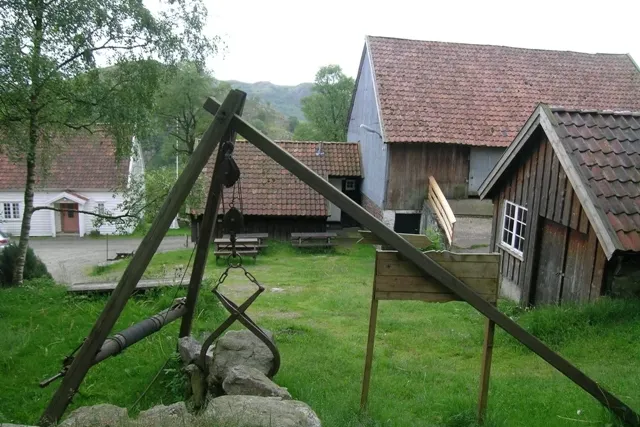
Limagarden
ÅlgårdLimagarden is a rural museum situated in the Gjesdal municipality of Rogaland, just outside the town of Ålgård. This location offers visitors a chance to explore the rich history and culture of the region while enjoying the serene rural setting.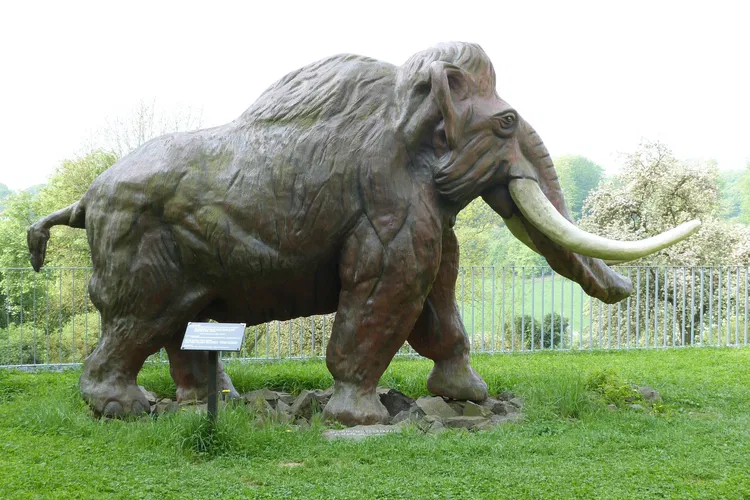
Monrepos (archaeology)
NeuwiedMonrepos is an archaeological research centre and a museum that focuses on human behavioural evolution. It is located at Schloss Monrepos in Neuwied. The museum is dedicated to studying the development of modern human behaviour during the Palaeolithic and Mesolithic periods. The findings from these studies are then shared with the public through the museum's exhibits.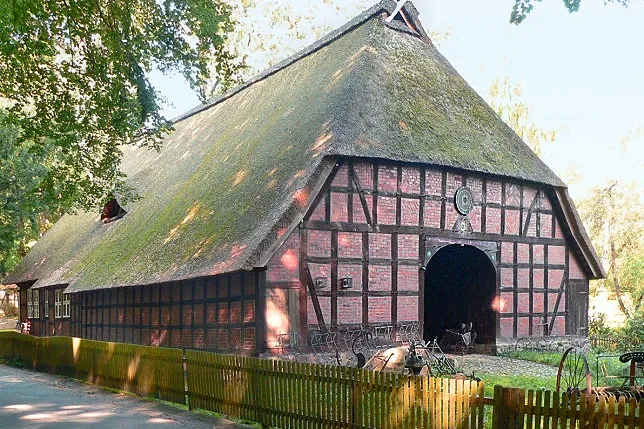
Rischmannshof Heath Museum
WalsrodeThe Rischmannshof Heath Museum, located in Walsrode, Germany, is an open-air museum that was inaugurated in 1912. It is one of the first open-air museums in the country, offering a unique insight into the rural life and history of the region.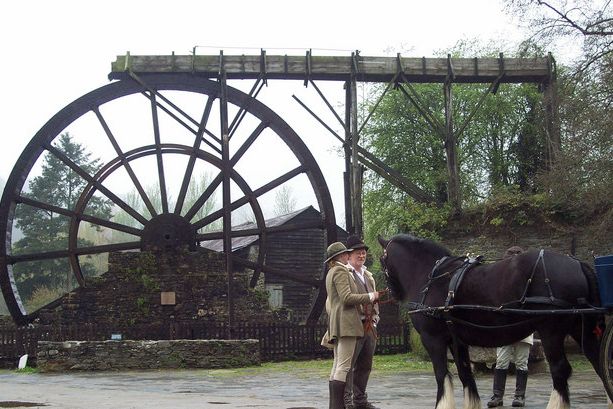
Morwellham Quay Museum
TavistockThe open-air museum at Morwellham Quay offers a variety of attractions for visitors. These include a restored 19th-century village, the docks and quays, a restored ship, and the George and Charlotte copper mine which can be toured by a small train. Additionally, there is a Victorian farm and a nature reserve with trails for those who enjoy outdoor activities.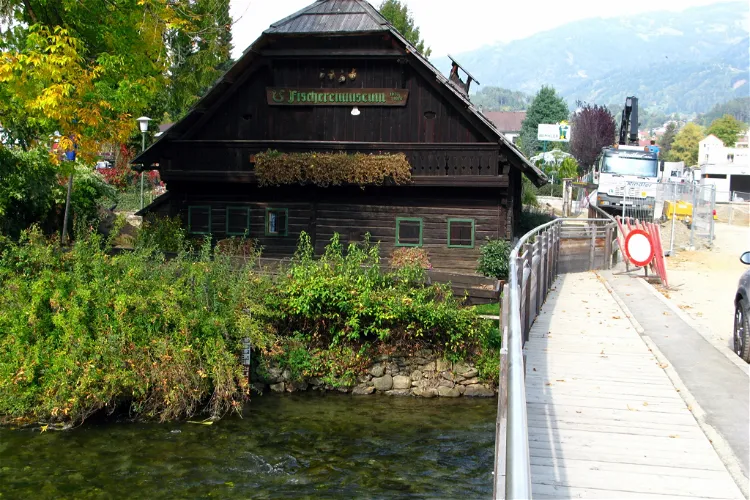
Kärntner Freilichtmuseum Maria Saal
KadingThe 1st Carinthian Fishing Museum, established in 1980, is located in the Austrian state of Carinthia. It is situated in the western bay of Lake Millstatt in the district of Wirlsdorf in Seeboden. This museum offers a unique insight into the history and culture of fishing in the region.
Royal Gunpowder Mills
Waltham AbbeyThe Royal Gunpowder Mills is a significant historical site located in Waltham Abbey, England. It is one of the three Royal Gunpowder Mills that were established in the UK, with the others being in Ballincollig and Faversham. Among these, Waltham Abbey is the only site that has remained virtually intact, offering a unique glimpse into the past.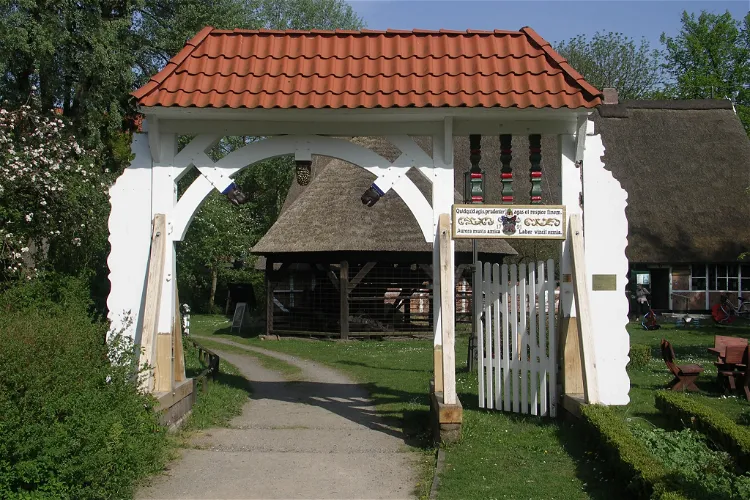
Freilichtmuseum
StadeThe Freilichtmuseum in Stade is a significant historical site, being one of the oldest open-air museums in Germany. It is located on an island on the Bleicher-Ravelin, a structure that was built in 1692. This unique location adds to the charm and historical significance of the museum, making it a fascinating destination for tourists interested in history and culture.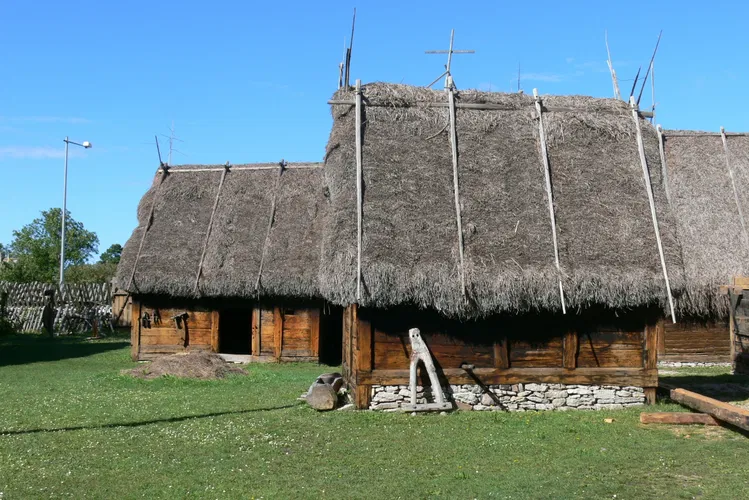
Bunge Museum
FårösundThe Bunge Museum, situated to the west of Fårösund on the Swedish Baltic Sea island of Gotland, is a cultural-historical museum that primarily exhibits the rural life of the past. However, it also houses a collection of prehistoric objects, offering a glimpse into the island's ancient history.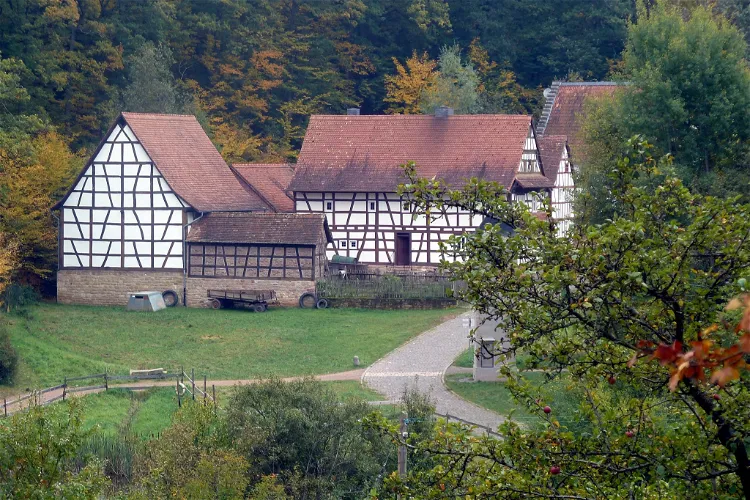
Rheinland-Pfälzisches Freilichtmuseum Bad Sobernheim
Bad SobernheimThe Rheinland-Pfälzisches Freilichtmuseum in Bad Sobernheim is a medium-sized open-air museum in Germany. It offers a unique opportunity to explore the history and culture of the region in an immersive and interactive environment. The museum is designed to provide a comprehensive understanding of the past, making it a great destination for history enthusiasts and families alike.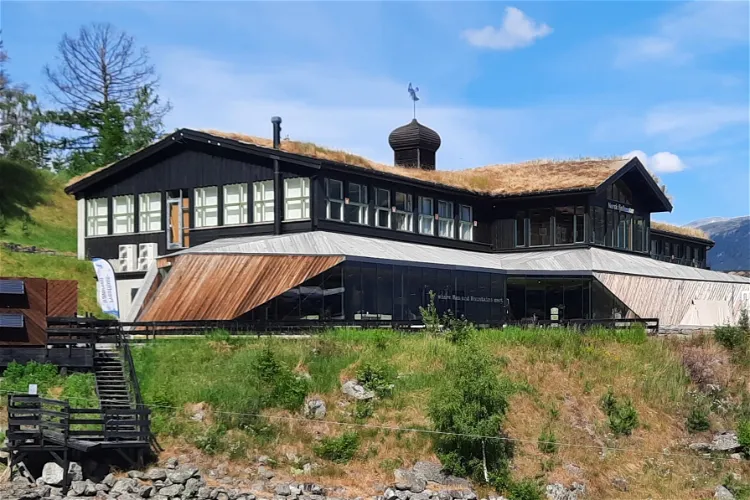
Norwegian fjellsenter
LomThe Norsk Fjellmuseum, or Norwegian Mountain Museum, is a significant part of the Norwegian Mountain Center located in the heart of Lom. It serves as an authorized national park center for three of Norway's renowned national parks: Jotunheimen, Breheimen, and Reinheimen. This makes it a central hub for information and understanding about these natural treasures, providing visitors with a comprehensive overview of the parks' unique features, flora, and fauna.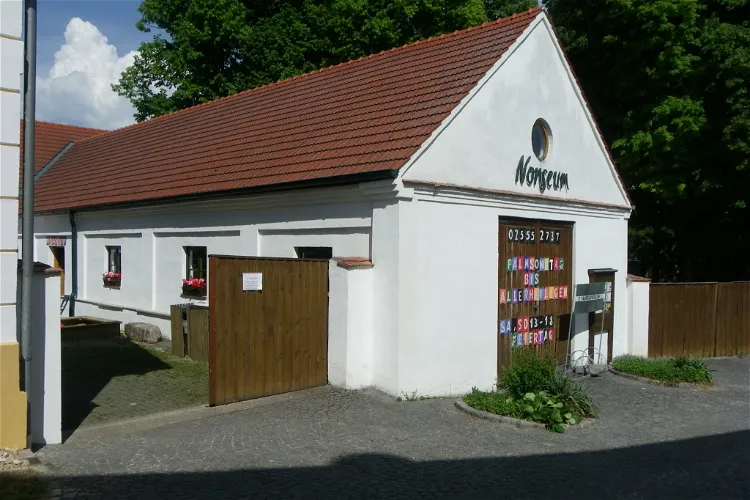
Nonseum
HerrnbaumgartenThe Nonseum is a unique museum situated in the market town of Herrnbaumgarten, in the Mistelbach district of Lower Austria. This museum is dedicated to showcasing around 250 'inventions that we don't need', as per the museum's definition. The Nonseum offers a unique perspective on the world, encouraging visitors to view things from a different angle.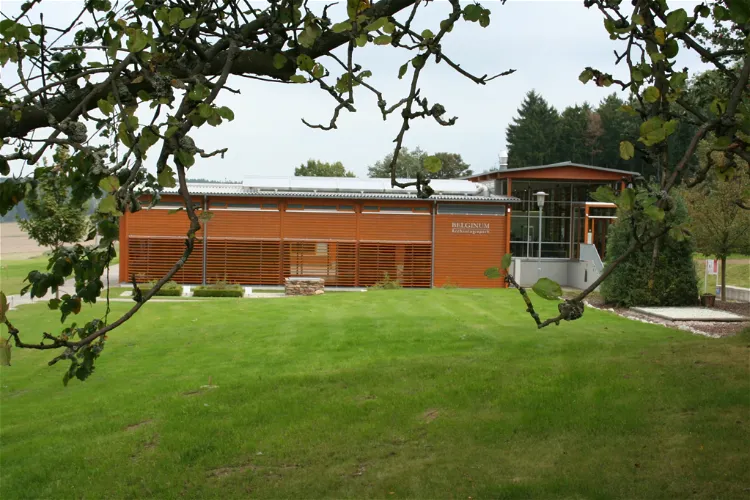
Archäologiepark Belginum
MorbachThe museum at the Archaeology Park Belginum offers a fascinating insight into the past. It showcases grave finds from several Iron Age cemeteries, providing a glimpse into the burial practices and beliefs of the time. The museum also presents the everyday life of the provincial Roman population in ancient Belginum, offering a vivid picture of life in the Roman era. Additionally, the museum explains the work of archaeologists, making it an educational experience for visitors of all ages.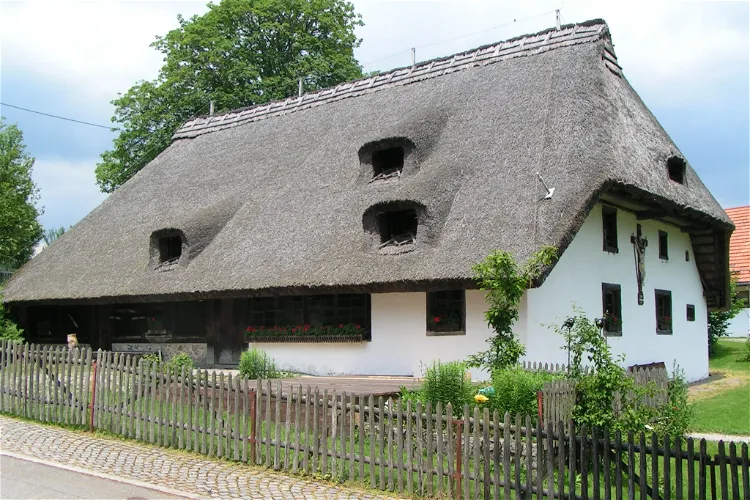
Freilichtmuseum Klausenhof
HerrischriedThe Freilichtmuseum Klausenhof is an open-air museum situated in Großherrischwand, a municipality of Herrischried in the Hotzenwald. It is located within the Waldshut district in the southern Black Forest. This location offers a unique blend of natural beauty and historical significance, making it an interesting destination for tourists.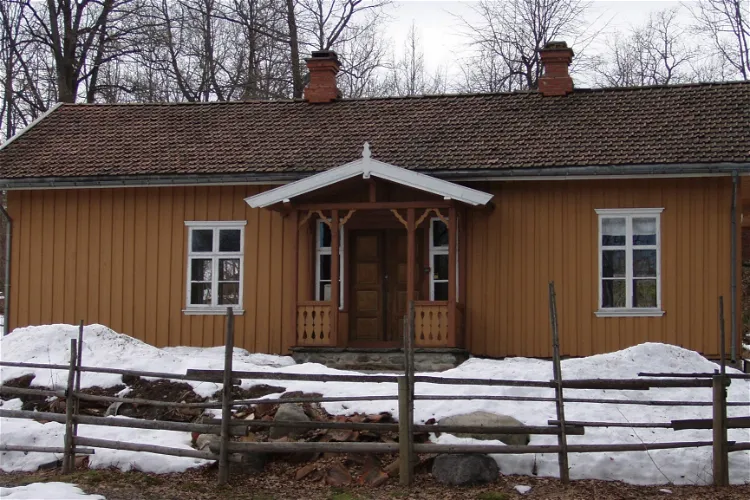
Follo museum
DrøbakThe Follo Museum is divided into three departments. The original Follo Museum is located at Seiersten near Drøbak. The second department is Roald Amundsen's home, Uranienborg, which is now a museum located at Svartskog. The third department is the Son Coastal Culture Center, situated in the center of Son. Each department offers a unique insight into the region's history and culture.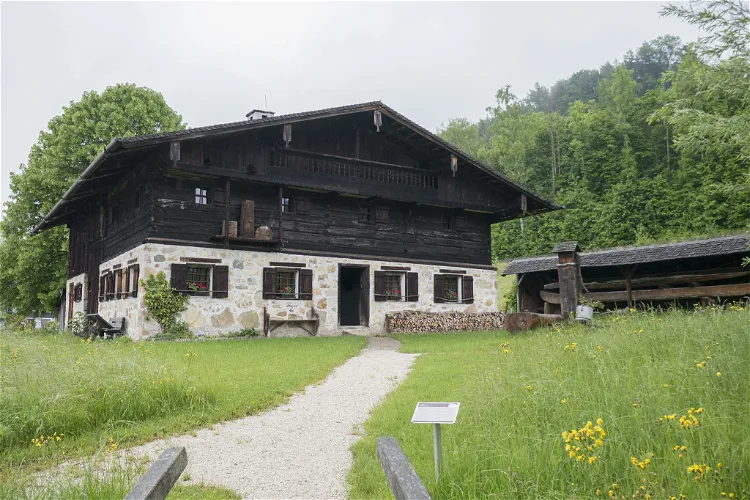
Bauernmuseum Mondseeland
TiefgrabenThe Bauernmuseum Mondseeland and the open-air museum Mondseer Rauchhaus are two interconnected museums located in Mondsee, Upper Austria. These museums provide a comprehensive display of agricultural work, tools, and buildings, offering visitors a unique insight into the region's agricultural history and practices.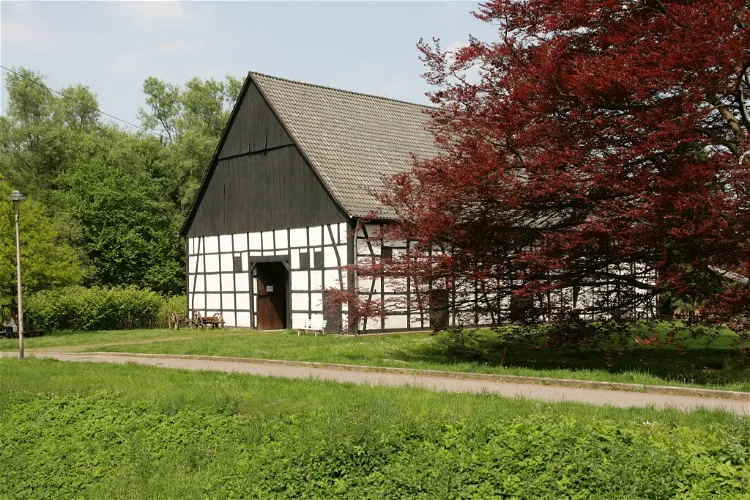
Bauernhausmuseum der Stadt Bochum
HattingenThe Bauernhausmuseum der Stadt Bochum is situated in close proximity to the Wasserburg Haus Kemnade in Hattingen. This location makes it an ideal destination for tourists who are interested in exploring the historical and cultural aspects of the region. The museum is easily accessible and offers a unique insight into the rural life of the 18th century.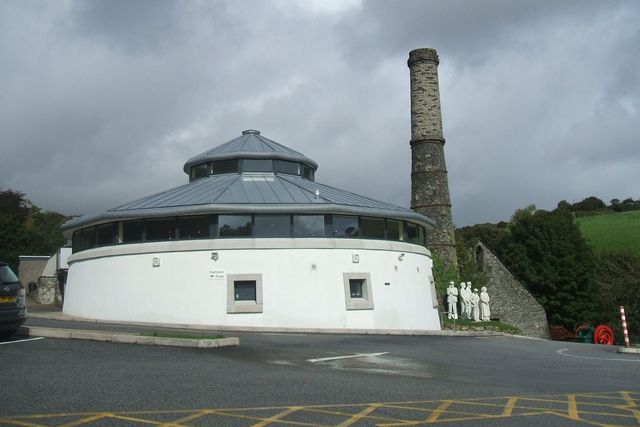
Wheal Martyn Museum and Country Park
Saint AustellWheal Martyn Museum and Country Park is a museum in St Austell. The museum features exhibits related to: social history, science and technology, land transport, trade and commerce, natural sciences, archives and industry.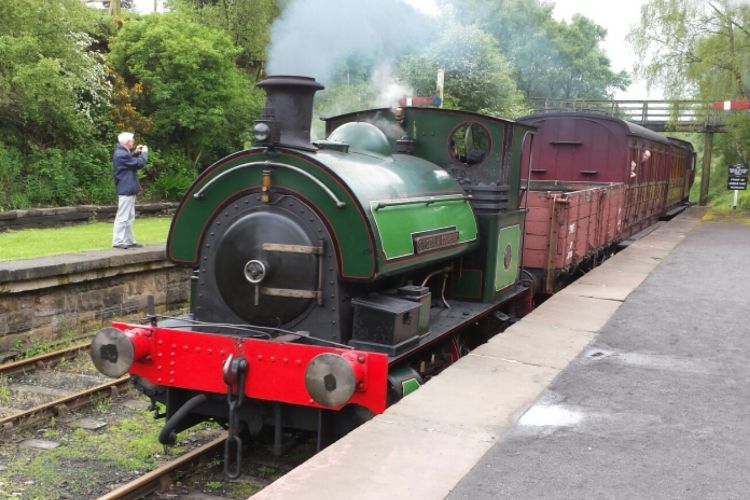
Tanfield Railway
GatesheadThe Tanfield Railway, situated in Gateshead, Tyne and Wear, and County Durham, England, is a museum railway that offers a unique experience for visitors. It boasts of being the oldest railway still in operation in the world, providing a glimpse into the rich history of rail transport in the region.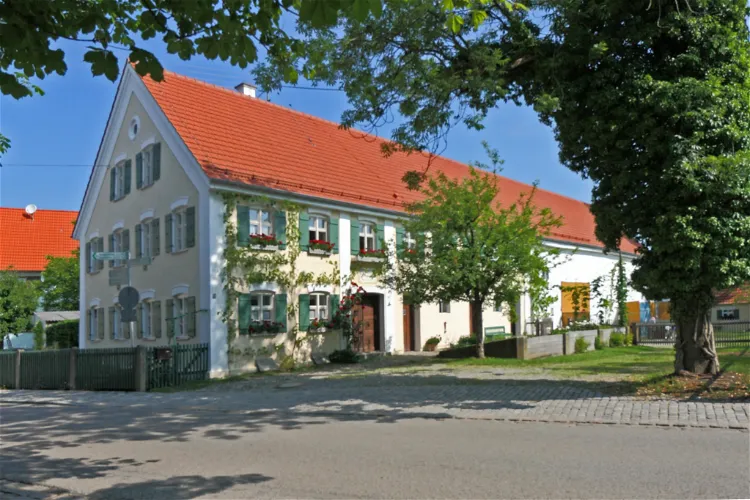
Kreisheimatstube Stoffenried
StoffenriedThe Kreisheimatstube Stoffenried is a quaint open-air museum nestled in the town of Stoffenried. It is conveniently located halfway between the towns of Krumbach and Günzburg, making it an accessible destination for tourists traveling in the region.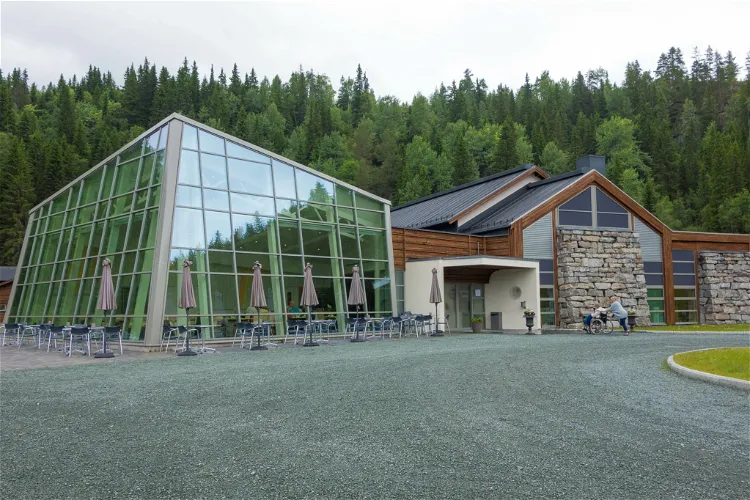
Vest-Telemark Museum Eidsborg
EidsborgThe Vest-Telemark Museum is responsible for twelve different museum facilities in Vest-Telemark. This shows the museum's extensive reach and influence in the region. In 2012, it was recognized as the museum of the year, highlighting its quality and importance.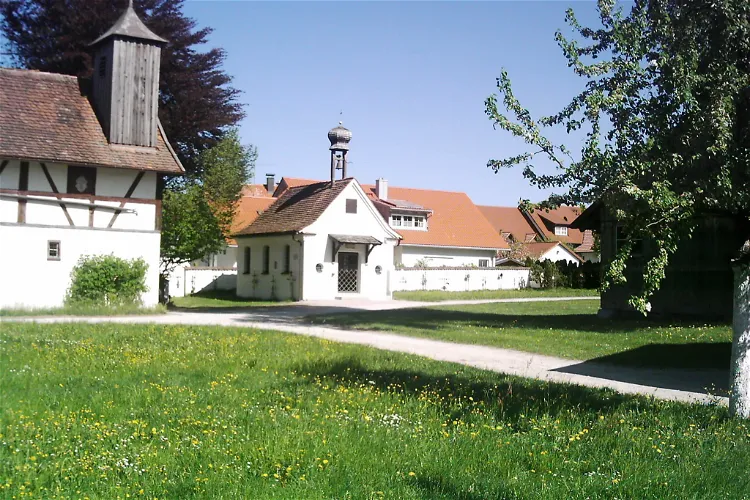
Schwäbisches Bauernhofmuseum Illerbeuren
IllerbeurenThe Schwäbische Bauernhofmuseum in Illerbeuren, a district of Kronburg in the Swabian district of Unterallgäu in Bavaria, is one of the older open-air museums in Germany. Established in 1955, it was the first of its kind in the south of the Federal Republic. This museum offers a unique opportunity to explore the history and culture of the region, making it a significant destination for tourists interested in history and culture.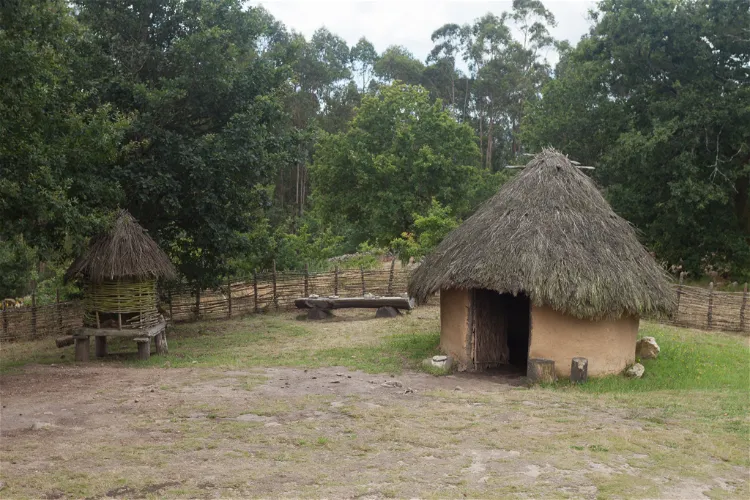
Archaeological Park of Campo Lameiro
Campo LameiroThe Archaeological Park of Rock Art (PAAR) is an open-air park dedicated to rock art. It is located in the municipality of Campo Lameiro in the province of Pontevedra, Spain. This park is a significant destination for those interested in historical and archaeological sites, offering a unique opportunity to explore rock art in an outdoor setting.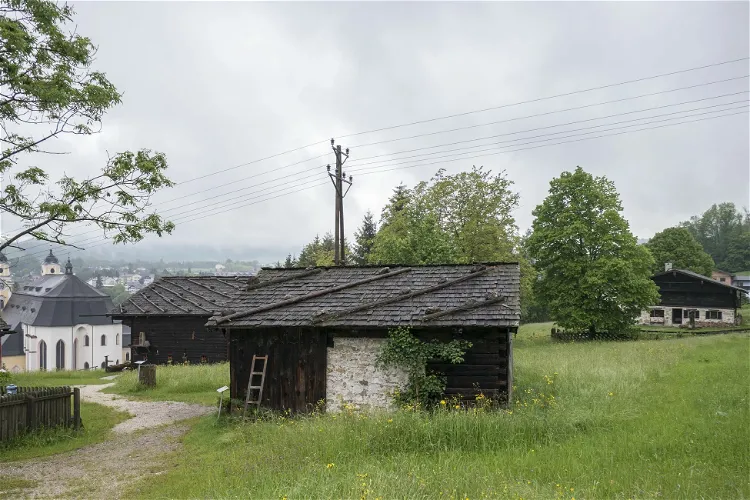
Bauernmuseum Mondseeland
MondseeThe Bauernmuseum Mondseeland and the open-air museum Mondseer Rauchhaus are two interconnected museums located in Mondsee, Upper Austria. These museums provide a comprehensive display of agricultural work, tools, and buildings. Visitors can gain a deep understanding of the region's agricultural history and practices through the exhibits.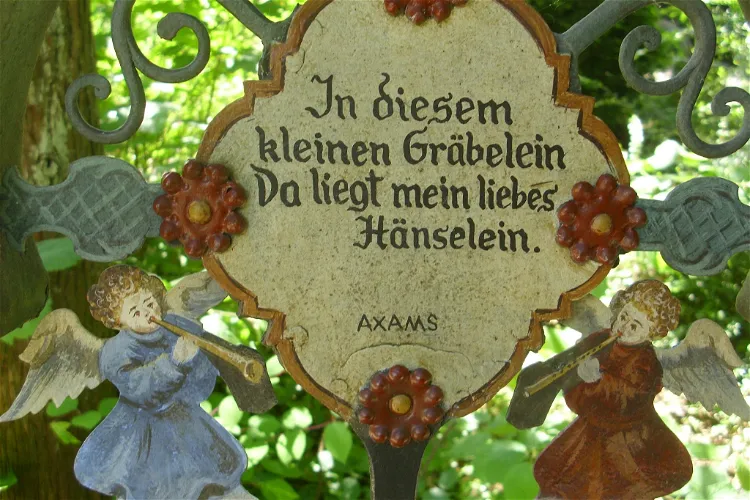
Museumsfriedhof
KramsachThe Museumsfriedhof is a unique open-air museum located in Kramsach, Tyrol. This museum is dedicated to tombstones and was established in 1965 by Hans Guggenberger, a skilled blacksmith and stonemason. This information is crucial for tourists who are interested in the history and origin of the museum.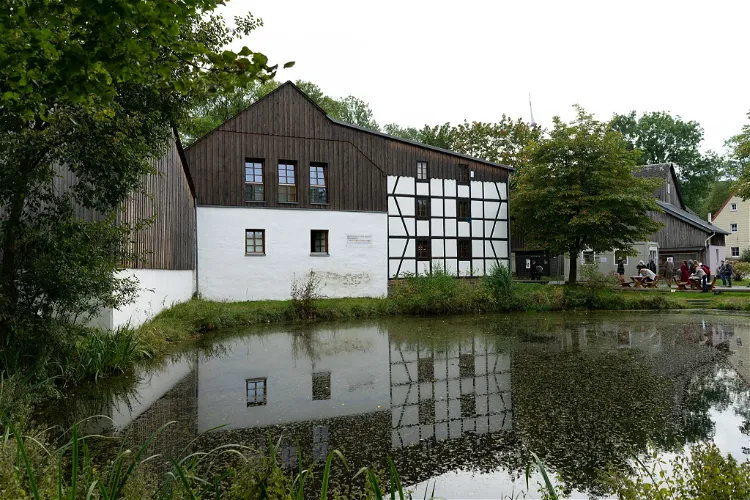
German-German Museum Mödlareuth
GebersreuthThe German-German Museum Mödlareuth is situated in the town of Mödlareuth, which was once divided by the inner German border. This unique location provides a tangible historical context for the museum's exhibits, making it a fascinating destination for those interested in the history of Germany's division and reunification.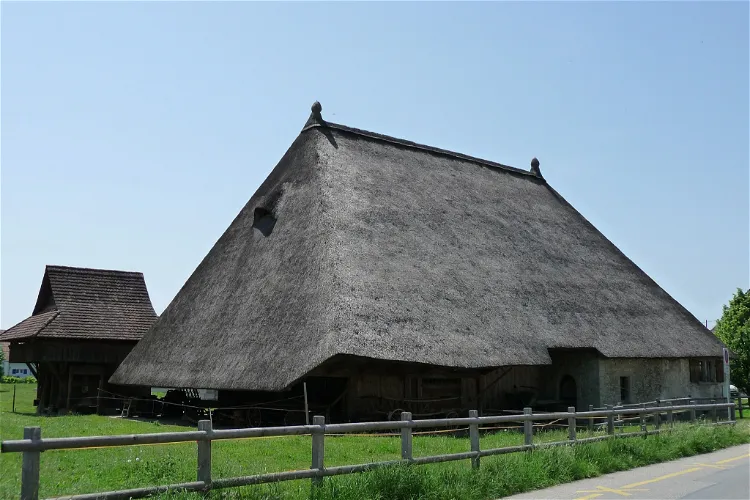
Strohdachhaus
MuhenThe Strohdachhaus Muhen, also known as Strohdachhaus Lüscher, is one of the oldest thatched houses in the canton of Aargau. It is located at Hardstrasse 3 in Muhen. The roof of the house is completely covered with hand-threshed straw, making it a unique architectural feature. This historical building offers a glimpse into the past and showcases the traditional building techniques of the region.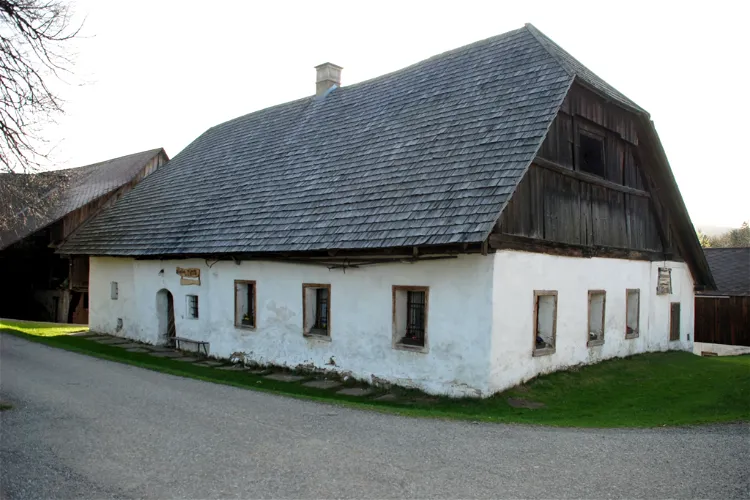
Bauernhausmuseum Herk
DeutschlandsbergThe Bauernhausmuseum Herk, located in Freiland, Deutschlandsberg, West Styria, has a rich history. Originally a farmhouse, it was transformed into a private open-air museum in 2005. The museum provides a glimpse into rural life in the 19th century, offering a unique opportunity for visitors to step back in time and experience the past.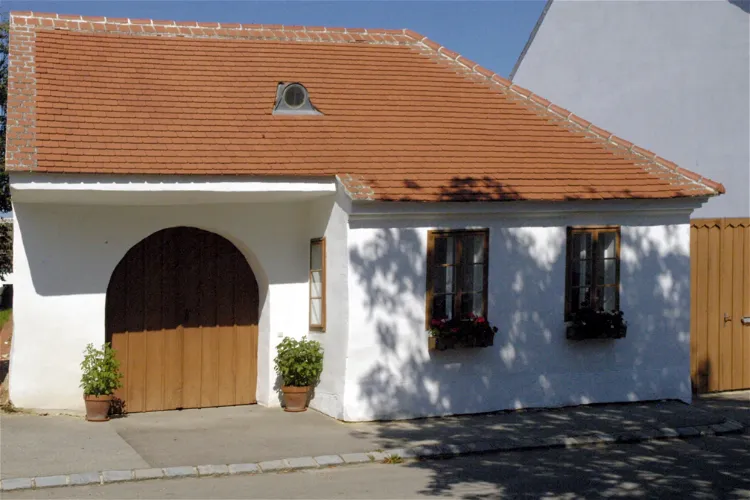
Brandlhof
ZiersdorfThe Brandlhof, originally a farm dating back to the 13th century, has been repurposed and now serves as a cultural and seminar center. The site is under monument protection, preserving its historical significance and architectural integrity. Visitors can immerse themselves in the rich history of the site while also participating in various cultural and educational activities.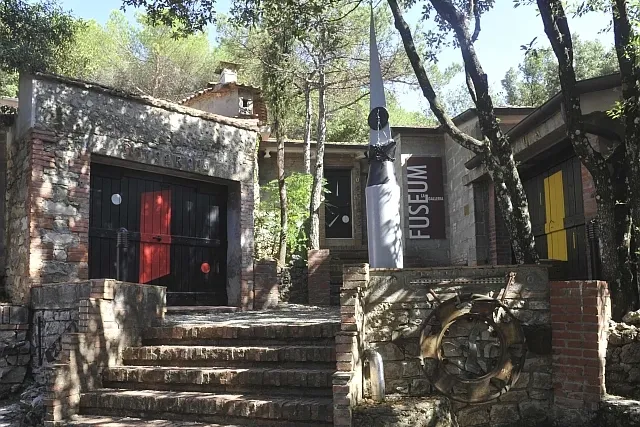
Fuseum
PerugiaThe Fuseum is a unique house museum located in the picturesque city of Perugia, on the hill of Montemalbe. It is dedicated to the works of the artist Brajo Fuso. The museum is a personal project of the artist, realized with the encouragement of his wife Bettina (Elisabetta Rampielli). The name 'Fuseum' is a fusion of the Latin word 'museum' and the surname 'Fuso'.- 161
Fyresdal bygdemuseum
FyresdalThe Fyresdal Bygdemuseum is situated in the heart of Fyresdal municipality. Although it falls under the jurisdiction of the Vest-Telemark Museum, it is managed by a local board. This gives the museum a unique blend of regional and local influences, making it a fascinating place to explore. 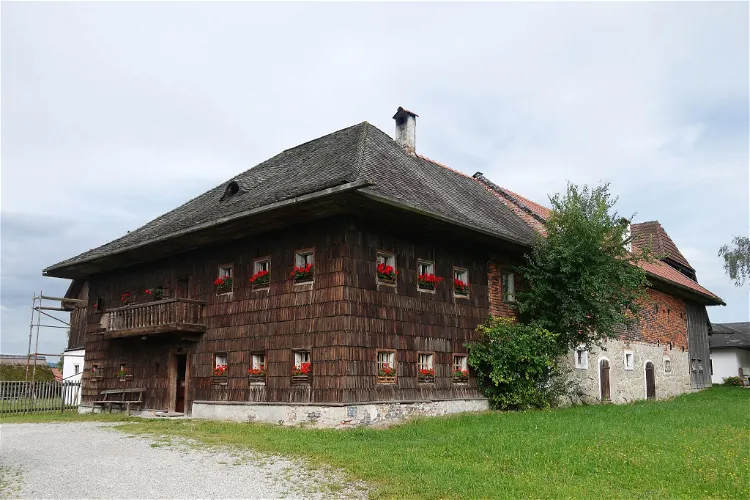
Freilichtmuseum Stehrerhof
Neukirchen an der VöcklaThe Freilichtmuseum Stehrerhof is a monument-protected ensemble of buildings located in Neukirchen an der Vöckla in Upper Austria. This location is a significant part of the region's history and culture, offering visitors a unique insight into the past.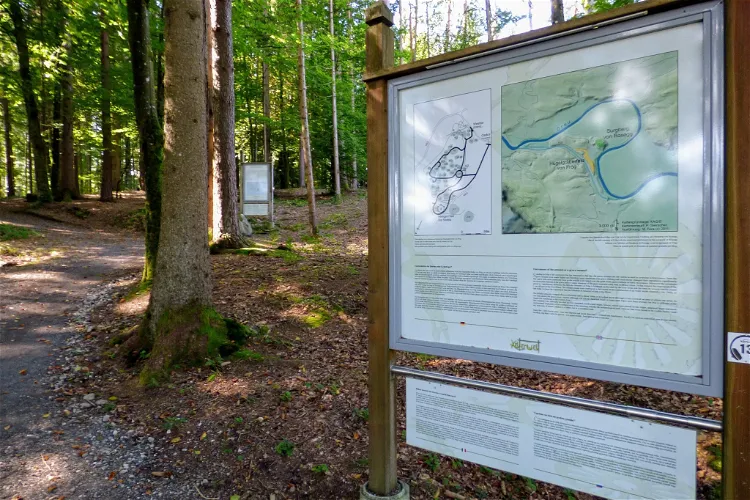
Celtic World Frög
Sankt LambrechtKeltenwelt Frög is an archaeological park and museum situated in the quaint village of Frög, within the municipality of Rosegg in the district of Villach-Land, Carinthia. This unique location offers visitors a chance to delve into the world of the Celts, exploring their society, economy, and worldview through the archaeological finds from the Frög burial ground.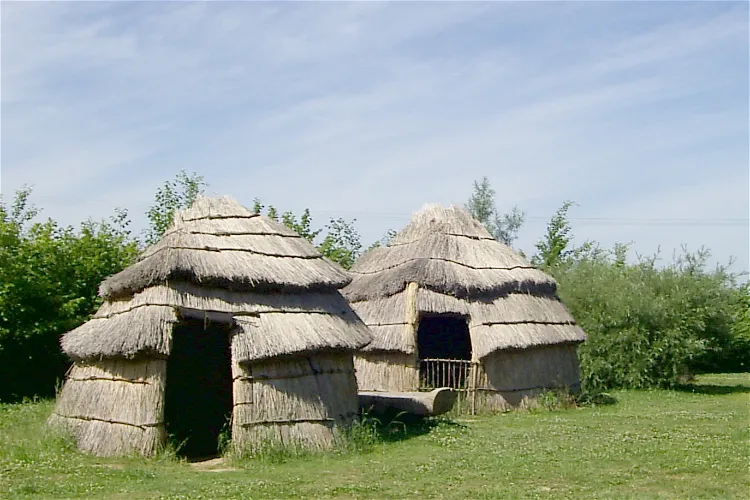
Steinzeitdorf Kussow
DamshagenSteinzeitdorf Kussow is an open-air museum located in the district of Kussow in Damshagen, Mecklenburg-Vorpommern, Germany. The museum was established between 1996 and 1998, offering visitors a unique insight into the life and culture of the Stone Age period.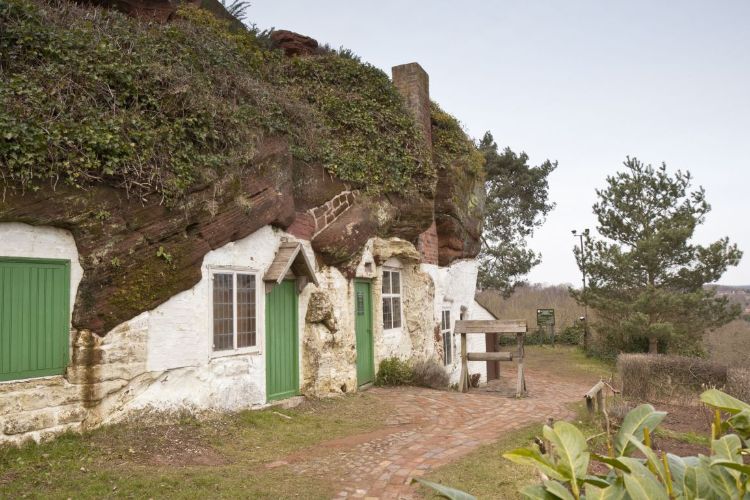
Kinver Edge and the Rock Houses
KinverKinver Edge is a high heath and woodland escarpment located just west of Kinver, approximately four miles west of Stourbridge and four miles north of Kidderminster. It is situated on the border between Worcestershire and Staffordshire in England. The area is currently owned by the National Trust, a charity organization that works to preserve and protect historic places and spaces in the UK.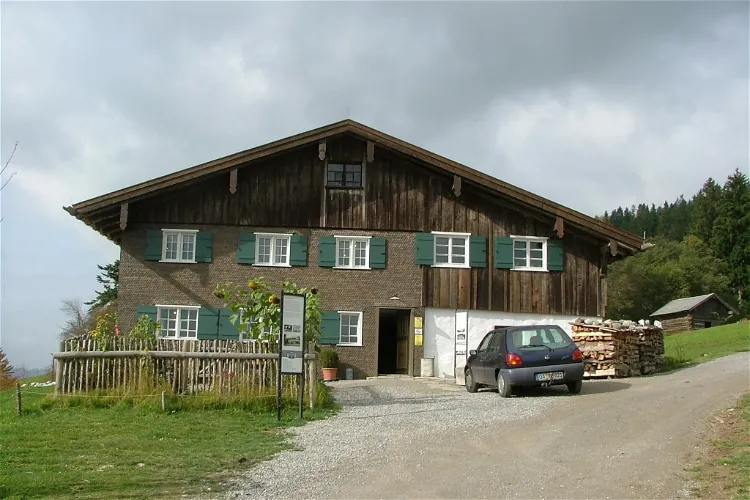
Allgäuer Bergbauernmuseum
Immenstadt im AllgäuThe Allgäuer Bergbauernmuseum is made up of several buildings that collectively document rural life. The museum includes several animal stables, a herb garden, an alpine pasture, and a mountain farm. These elements provide a comprehensive view of rural life and offer visitors a chance to explore and understand the historical and current practices of rural living.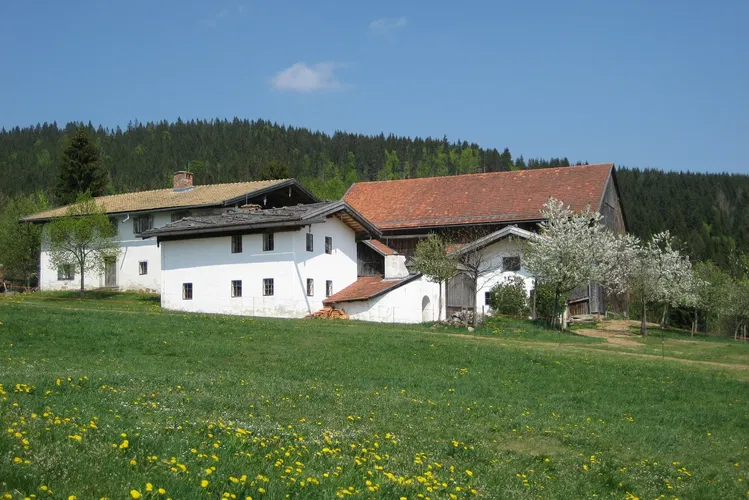
Lower Bavarian Open-Air Museums
FinsterauThe Finsterau Open-Air Museum, situated in the municipality of Mauth on the outskirts of the village of Finsterau in the Bavarian Forest near the Czech border, offers a rich display of rural architecture. The museum features farmhouses, complete farmsteads, a village smithy, and a roadside inn from across the Bavarian Forest. These exhibits provide a comprehensive view of the historical rural life in this region.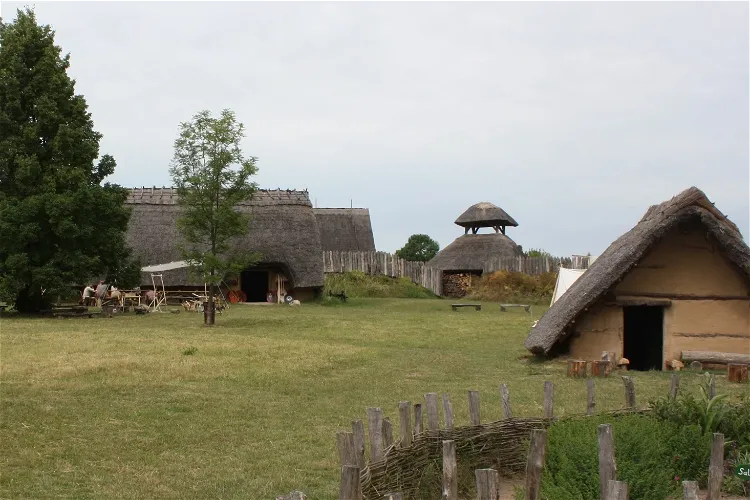
Funkenburg Westgreußen
WestgreußenThe Funkenburg Archaeological Open-Air Museum is a unique reconstruction of a Germanic fortified settlement. It is situated on a flat mountain spur on the outskirts of Westgreußen. This location offers a unique insight into the life and culture of the Germanic people who lived there between 200 BC and 50 AD.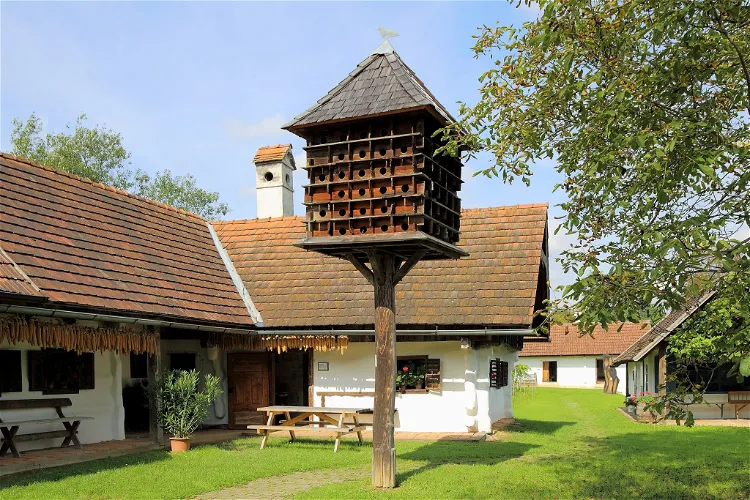
Freilichtmuseum Gerersdorf
Gerersdorf-SulzThe Freilichtmuseum Ensemble Gerersdorf is a unique open-air museum located in the municipality of Gerersdorf-Sulz in Burgenland, Austria. It was privately established in 1976 and has since grown to become the largest open-air museum in Burgenland. The museum offers a comprehensive and realistic insight into the Pannonian culture typical of the southern Burgenland region, through its straw-thatched residential and commercial buildings, utensils, and farming tools from the 18th to the early 20th century.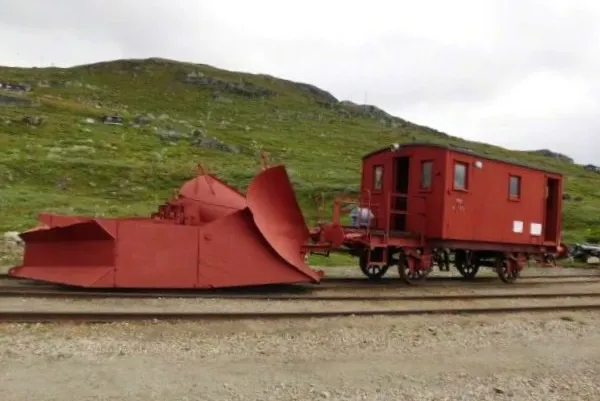
Rallarmuseum
FinseThe Rallarmuseet, located in Finse, Ulvik municipality, Norway, is a railway museum that provides a detailed history of the construction of the Bergen Line. This museum offers a unique opportunity for visitors to delve into the past and understand the intricacies involved in the construction of one of Norway's most significant railway lines.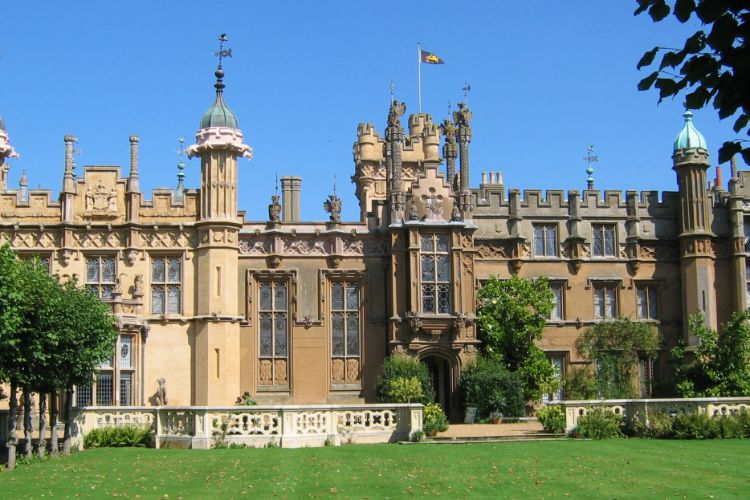
Knebworth House, Gardens and Park
KnebworthKnebworth House, located in the parish of Knebworth in Hertfordshire, England, is a notable English country house. It holds a Grade II* listing, indicating its significant historical and architectural value. This status is granted to particularly important buildings of more than special interest.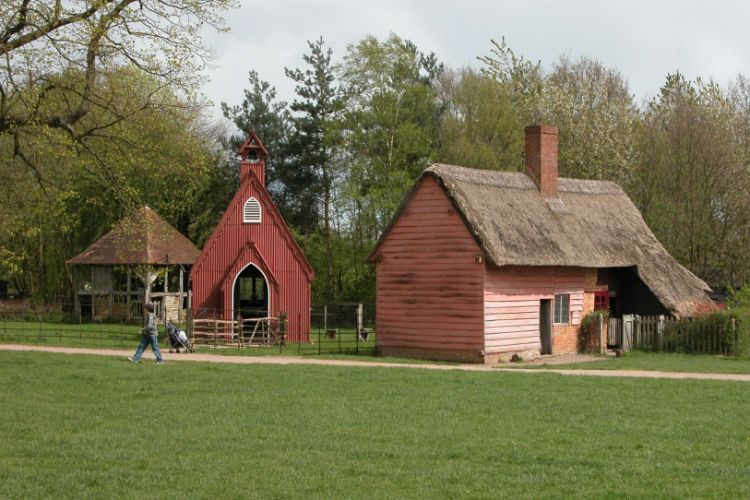
Chiltern Open Air Museum
Chalfont Saint GilesChiltern Open Air Museum is a museum in Chalfont St Giles. The museum features exhibits related to: land transport, social history and decorative and applied art. Key themes, people and exhibits in the museum include: a reconstruction of an iron age house, and many more, 1940s prefab and toll house.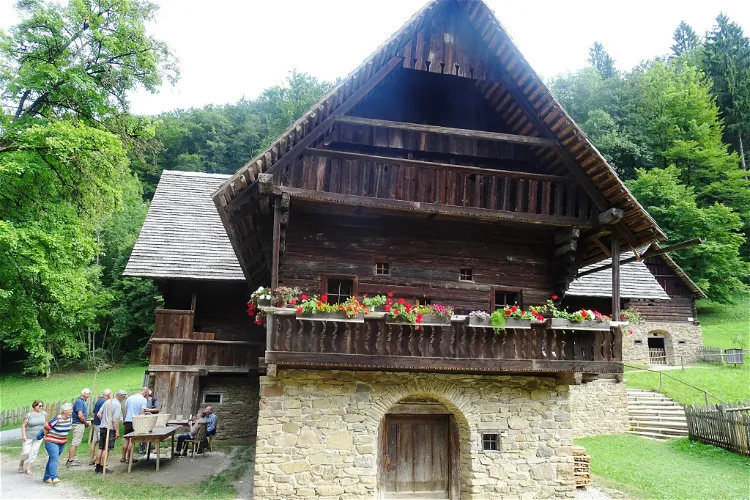
Austrian Open Air Museum Stübing
Gratwein-StraßengelThe Austrian Open Air Museum Stübing is nestled in a small side valley of the Mur, known as the Enzenbachgraben. This location is approximately 10 kilometers northwest of Graz, the capital of Styria. This makes the museum easily accessible for tourists visiting Graz and offers a unique opportunity to explore Austria's rural history in a picturesque setting.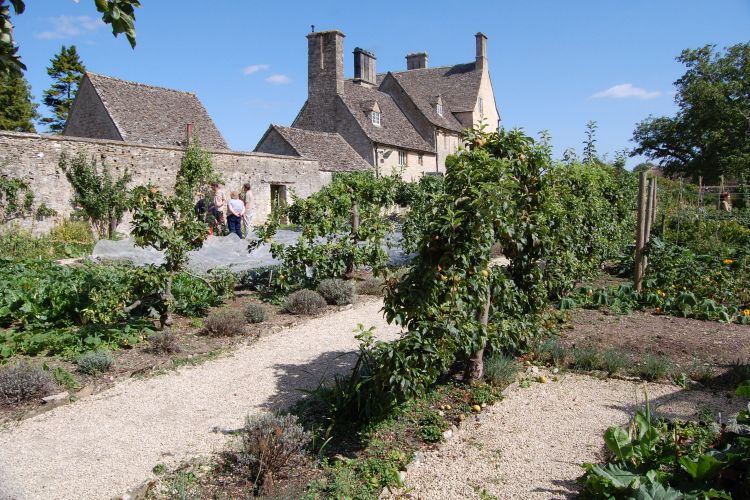
Cogges Manor Farm
WitneyCogges Manor Farm, located in Cogges near Witney in Oxfordshire, England, is a heritage centre that was once a working farm. It is currently operated by a charitable trust and is open to the public. The farm offers a unique opportunity to explore the history and culture of rural life in England.- 175
Freilichtmuseum Neuhausen ob Eck
Neuhausen ob EckThe Freilichtmuseum Neuhausen ob Eck is a regional rural open-air museum located in the Tuttlingen district, northeast of Neuhausen ob Eck. It is one of seven such museums in Baden-Württemberg, offering visitors a unique insight into the region's rural history and culture. 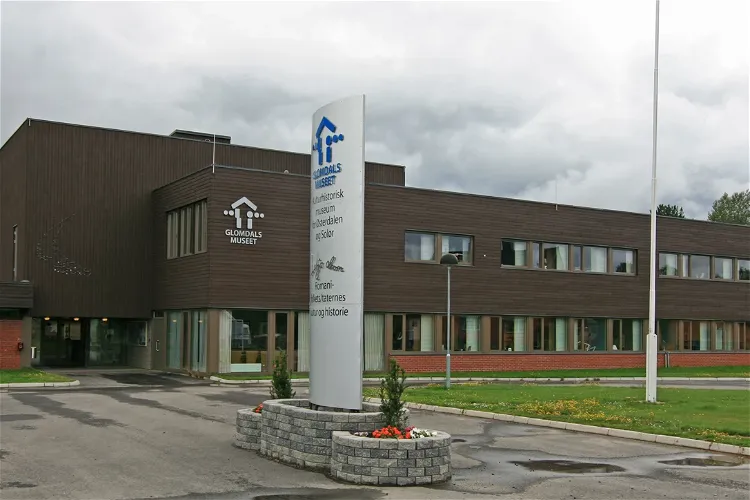
Anno The Glomdal Museum
ElverumThe Glomdalsmuseet in Elverum is a cultural history museum dedicated to the regions of Solør and Østerdalen. It is recognized as one of the largest open-air museums in Norway, offering visitors a unique opportunity to explore the rich cultural history of these regions in an immersive outdoor setting.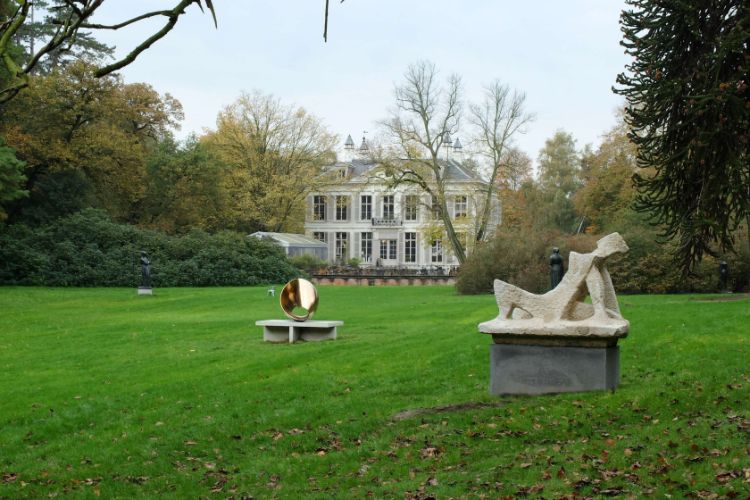
Middelheim Open Air Sculpture Museum
AntwerpThe Middelheimmuseum is an open air museum with some 400 works of art. It provides an international overview of modern and contemporary art in the park, ‘Het Huis’, ‘het Kasteel’ and the ‘Braempaviljoen’. Among others, the museum displays works by Carl Andre, Jean Arp, Wim Delvoye, Alberto Giacomett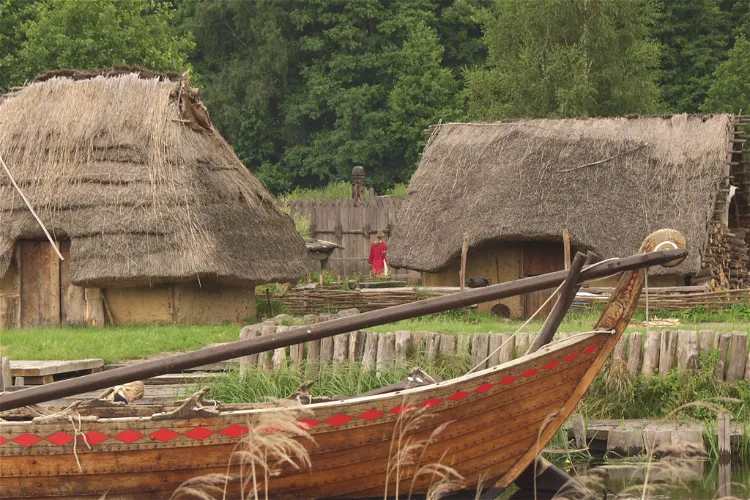
Ukranenland
TorgelowUkranenland is an archaeological open-air museum located in Torgelow. It is dedicated to showcasing the life of the Ukranen, an Elbe Slavic tribe. The museum aims to provide an authentic representation of the tribe's life during the early Middle Ages, making it a unique destination for those interested in history and archaeology.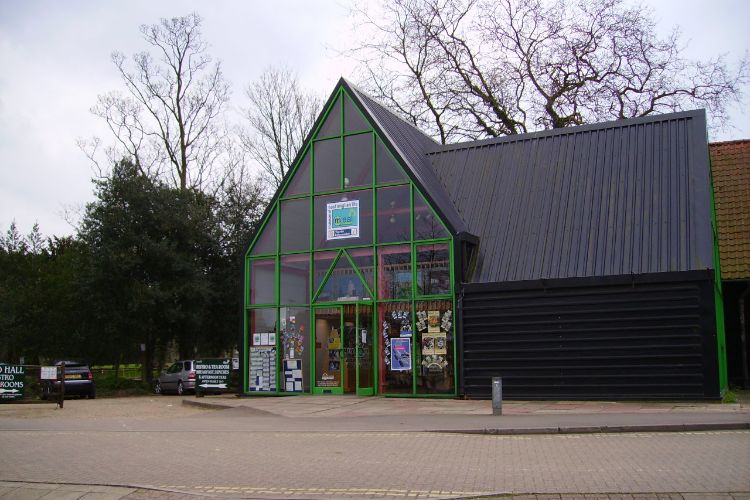
Museum Of East Anglian Life
StowmarketThe Food Museum, previously known as the Museum of East Anglian Life, is situated in Stowmarket, Suffolk, England. The museum's primary focus is on the agricultural history of East Anglia, which it presents through a variety of exhibits and living history demonstrations. This provides visitors with a unique opportunity to learn about the region's rich agricultural past in an engaging and interactive way.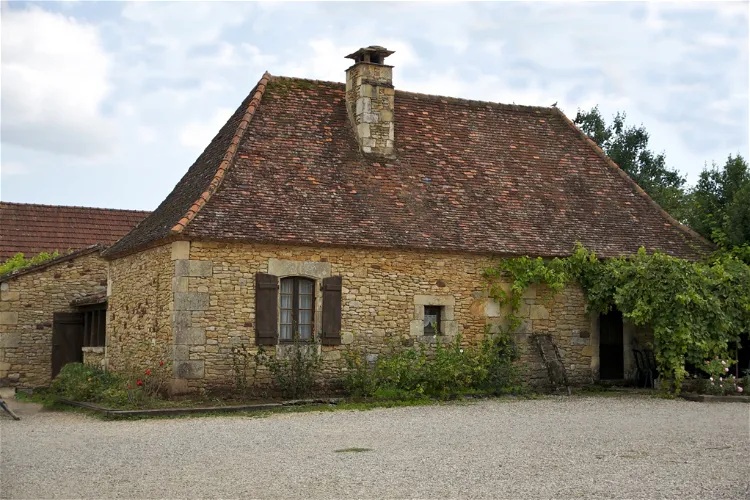
Parc du Bournat
Le BugueThe park recreates a Perigordian village from the year 1900 on eight hectares. It includes the reconstruction of public buildings such as a school, post office, chapel, washhouse, as well as artisan workshops like a baker's wood oven, wind flour mill, walnut oil mill, potter's workshop, photographer's studio, and fairground rides.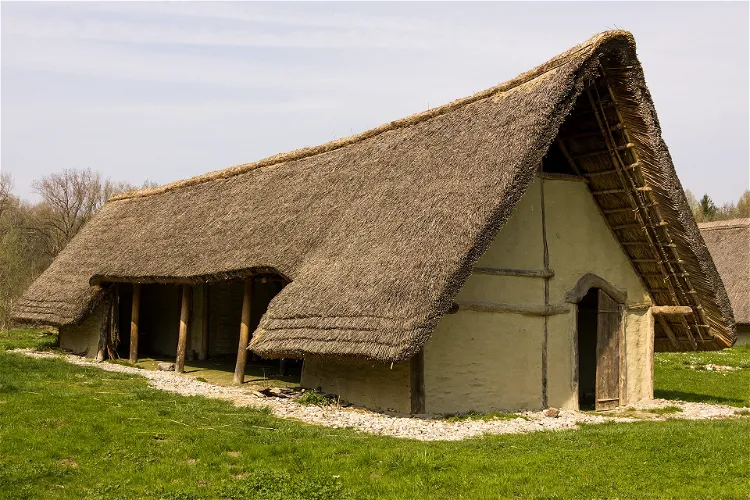
Village lacustre
GletterensThe lacustre village of Gletterens is an intriguing archaeological site located in Gletterens, Switzerland. It offers a unique opportunity to explore a reconstruction of the Neolithic pile-dwelling habitat. This site provides a glimpse into the past, allowing visitors to understand the living conditions and lifestyle of the Neolithic era.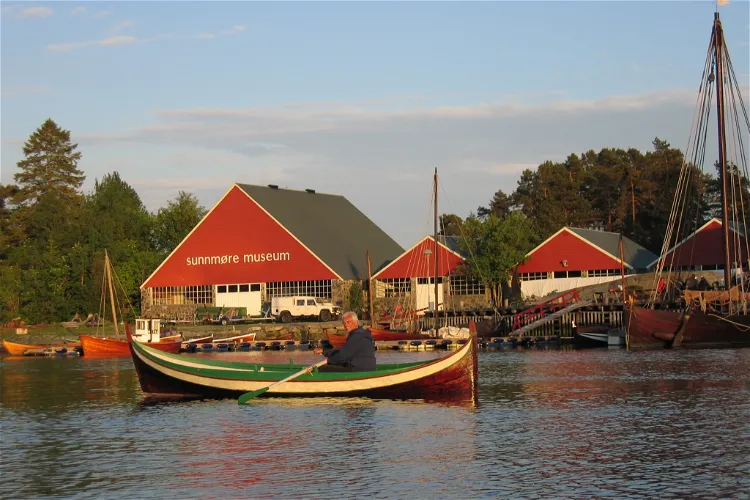
Sunnmøre Museum
ÅlesundThe Sunnmøre Museum, situated in Borgundgavlen in Ålesund on Sunnmøre, is a folk museum that houses an extensive collection of historical houses and boats. This collection provides a unique insight into the region's past, offering visitors a chance to explore the architectural and maritime history of Sunnmøre.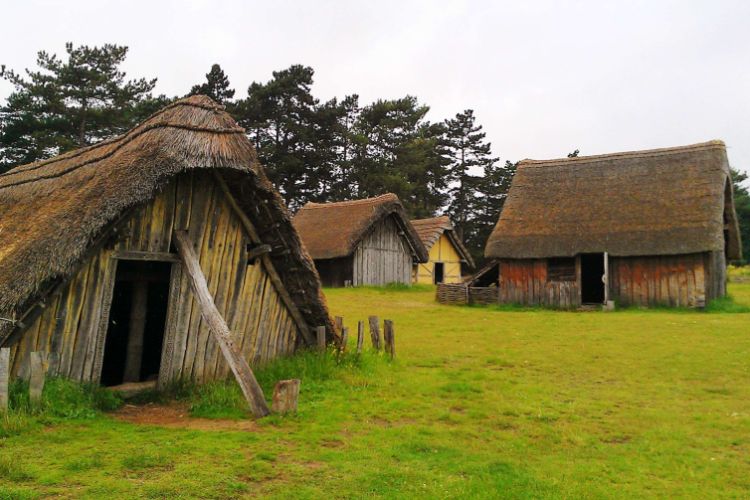
West Stow Anglo-Saxon Village
Bury Saint EdmundsWest Stow Anglo Saxon Village is a unique combination of an archaeological site and an open-air museum. It is situated near West Stow in Suffolk, eastern England. This location offers visitors a chance to explore the rich history of the area, from the Mesolithic period through to the early Anglo-Saxon period. The site is known for the small village that existed here between the mid 5th century and the early 7th century CE.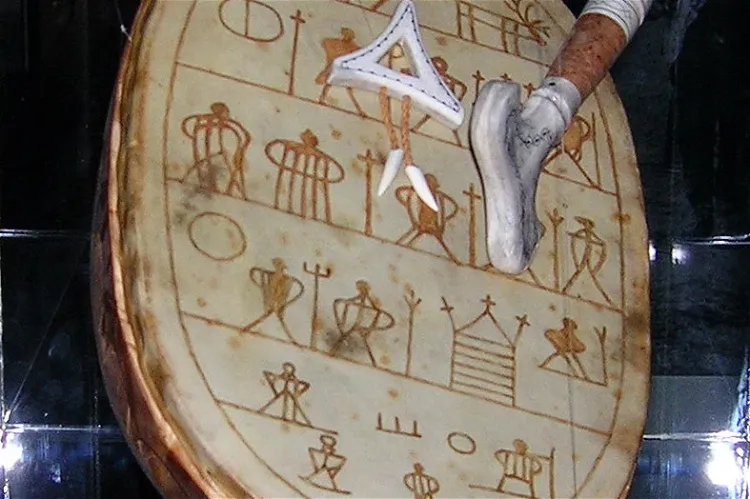
The Sami Collections
KarasjokDe Samiske Samlinger, located in Karasjok, is the primary museum dedicated to Sami art, culture, and history. It provides a comprehensive insight into the rich heritage of the Sami people, showcasing a wide range of artifacts and artworks that reflect their unique traditions and way of life.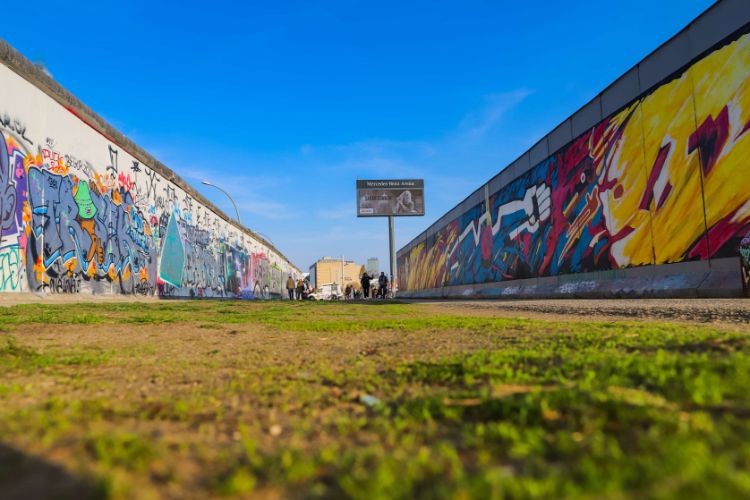
The Wall Museum East Side Gallery
BerlinOver 1300 meters long, this is the longest still-standing section of the Berlin Wall - one of the most prominent symbols of the division of Europe by the Iron Curtain after the Second World War. With over 100 open-air paintings, The Wall Museum East Side Gallery is said to commemorate the gaining of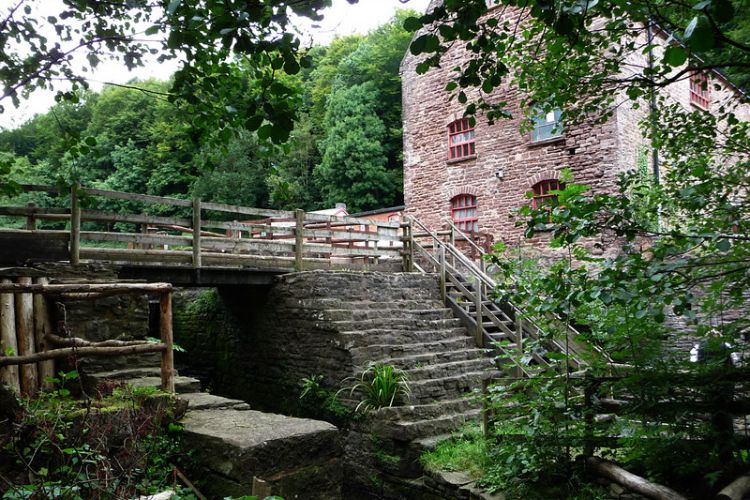
Dean Heritage Centre, Forest of Dean
SoudleyThe Dean Heritage Centre, situated in the valley of Soudley in Gloucestershire, England, is a museum dedicated to preserving and documenting the social and industrial history of the Forest of Dean and its inhabitants. The Centre's mission is to ensure that the rich history of the area, from its industrial past to its social evolution, is not lost but instead shared with visitors from all over the world.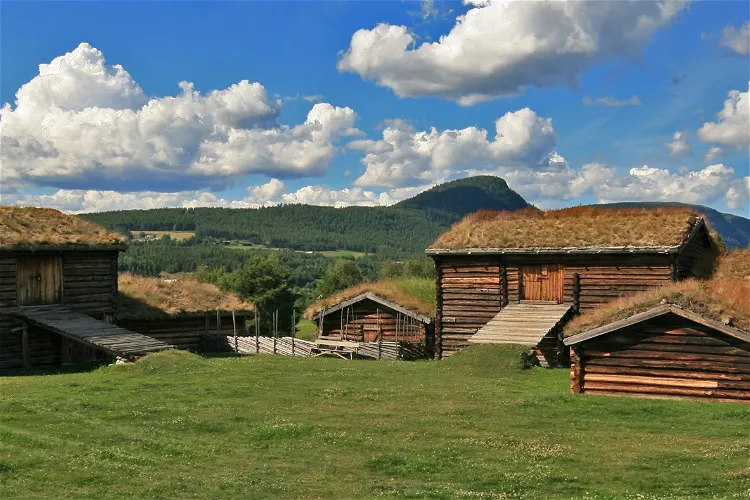
Husantunet
AlvdalHusantunet, situated in Alvdal, is recognized as one of the country's best-preserved antiquarian farmsteads. This historical site offers a unique glimpse into the past, showcasing the architectural and cultural heritage of the region.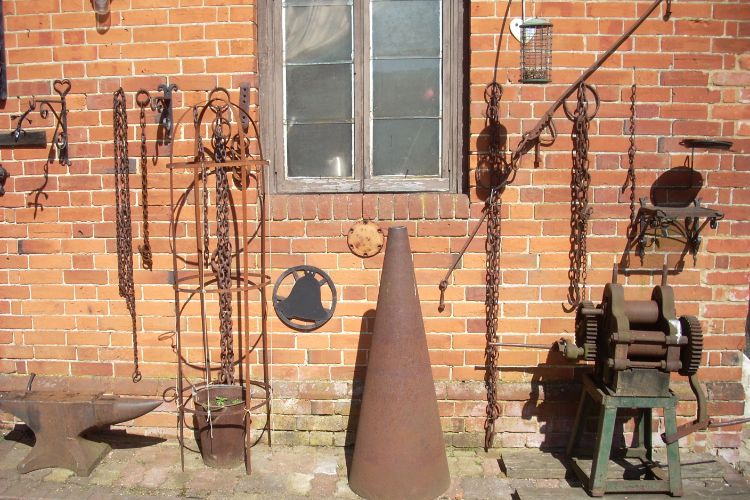
Rural Life Centre
TilfordThe Rural Life Living Museum is situated in the charming village of Tilford, Surrey, which is near Farnham in southern England. This location offers visitors the opportunity to explore the museum and also enjoy the surrounding countryside.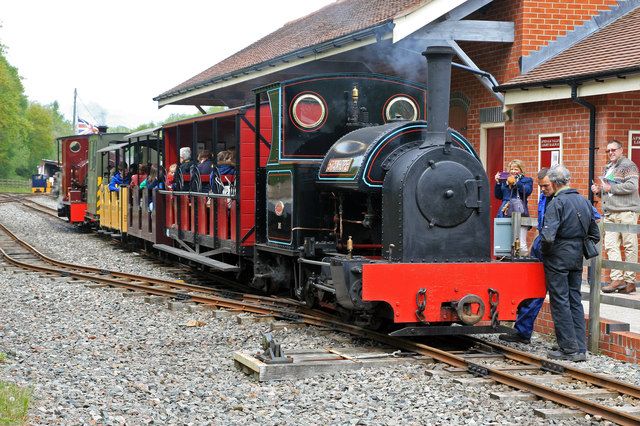
Apedale Heritage Centre
ChestertonThe Apedale Heritage Centre is situated at the historical site of Staffordshire's Apedale Mine. It is conveniently located just outside the village of Chesterton, near Newcastle-under-Lyme, within the serene surroundings of the Apedale Community Country Park. This location offers visitors a chance to explore the rich history of the area while enjoying the natural beauty of the park.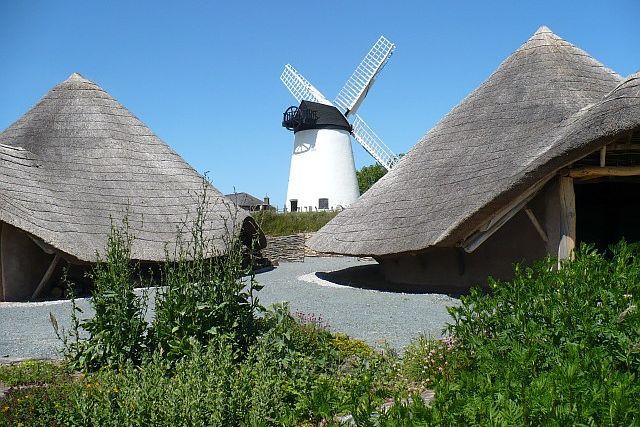
Llynnon Mill
LlanddeusantLlynon Mill, also known as Melin Llynon, is a gristmill situated on the edge of the village of Llanddeusant on the island of Anglesey. It holds the distinction of being the only operational windmill in Wales, making it a unique site of historical and cultural significance.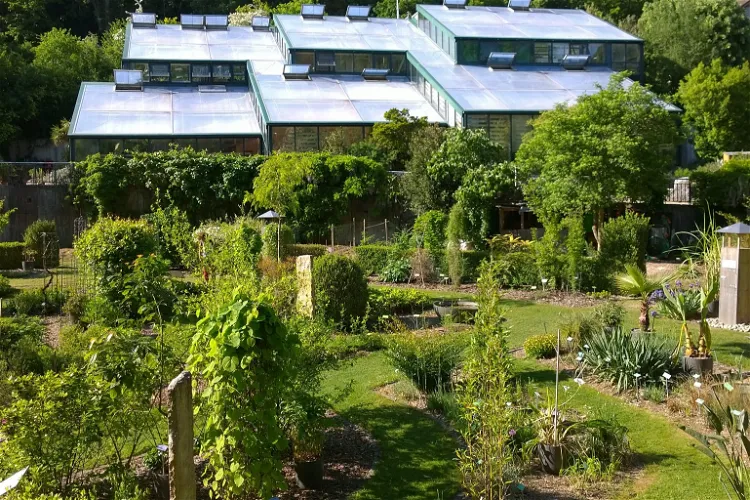
Neuchâtel Botanical Garden
NeuchâtelThe Neuchâtel Botanical Garden covers an expansive area of 8 hectares. This space is divided into natural environments, areas specifically managed to promote biodiversity, and sections dedicated to botanical collections. Visitors can explore a variety of landscapes and plant species within the garden's boundaries.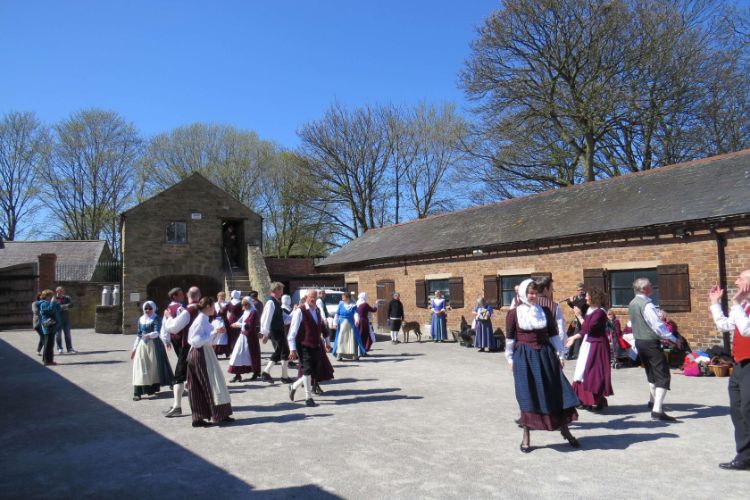
Greenfield Valley Museum & Heritage Park
HolywellGreenfield Valley Museum & Heritage Park is a museum in Nr Holywell. The museum features exhibits related to: science and technology, archives and social history.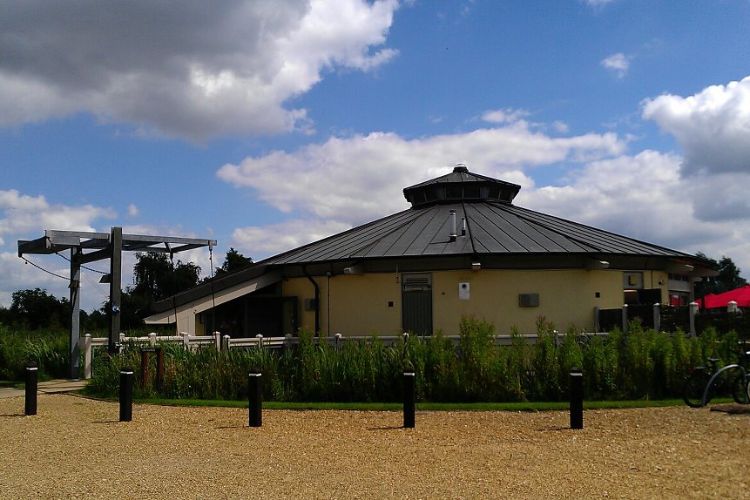
Flag Fen Archaeology Park
PeterboroughFlag Fen is a significant prehistoric site from the Bronze Age, located near Peterborough, in Cambridgeshire, England. It is believed to have been a religious site, adding to its historical and cultural significance. Visitors can explore this ancient site and gain insights into the religious practices and beliefs of the Bronze Age people.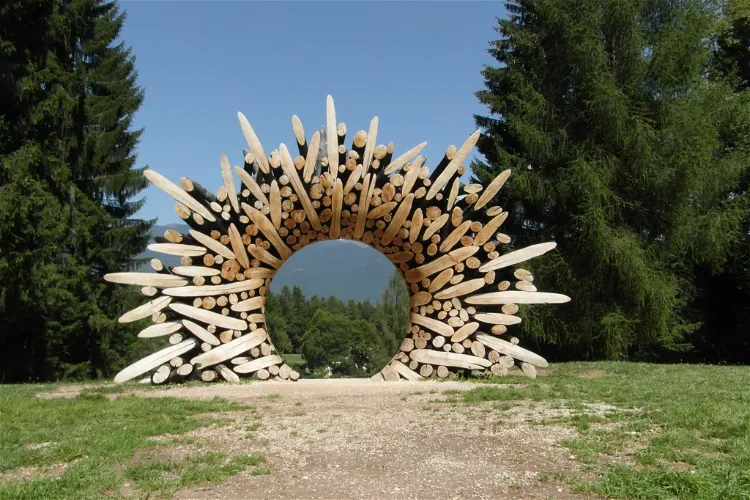
Arte Sella
Borgo ValsuganaArte Sella is an international contemporary art exhibition that was initiated in 1986. It is held outdoors in the meadows and forests of Val di Sella, located in the municipality of Borgo Valsugana in the province of Trento. This unique setting allows visitors to experience art in a natural environment, providing a distinctive blend of culture and nature.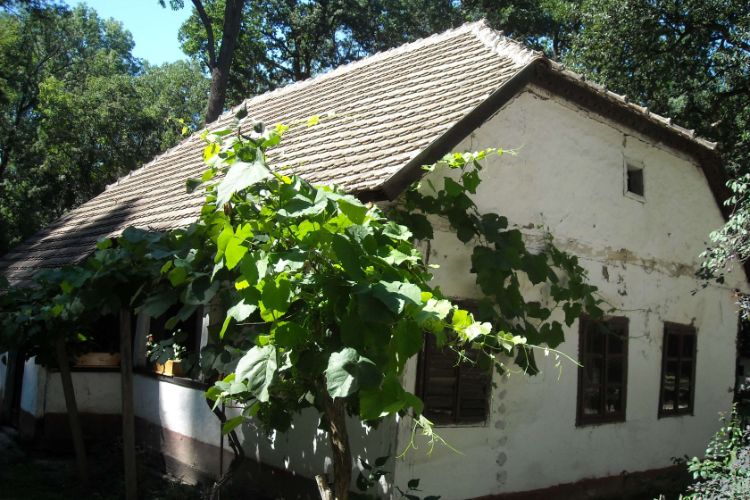
Banat Village Museum
TimișoaraThe Banat Village Museum is an op-air village on a 17 hectares area that was 'founded' in 1917. The museum features over 30 historic peasant houses that date from the 19th century. A town hall, a school, a “National House” and a pub are also featured. A highlight in the museum is the wooden church t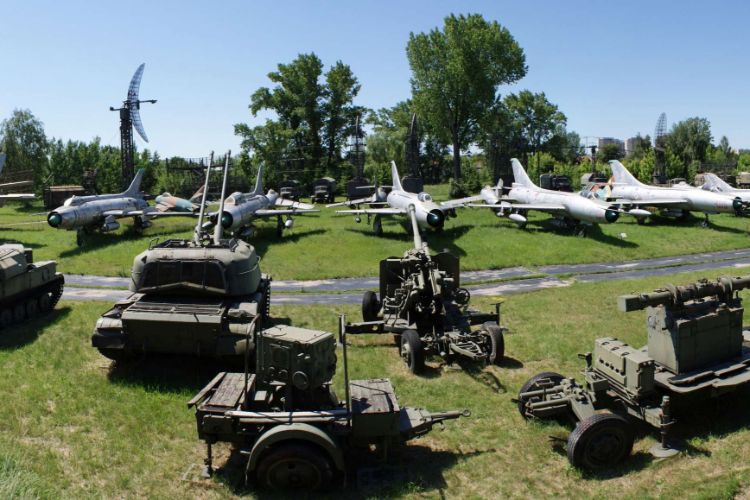
Museum of Polish Military Technology
WarsawThe Museum of Polish Military Technology (Muzeum Polskiej Techniki Wojskowej) is located at the former Fort IX of the Warsaw Fortress in Sadyba in Warsaw's Mokotów district. Together with the Katyń Museum Warsaw, which is also housed here, it is a branch of the Museum of the Polish Army. The fortres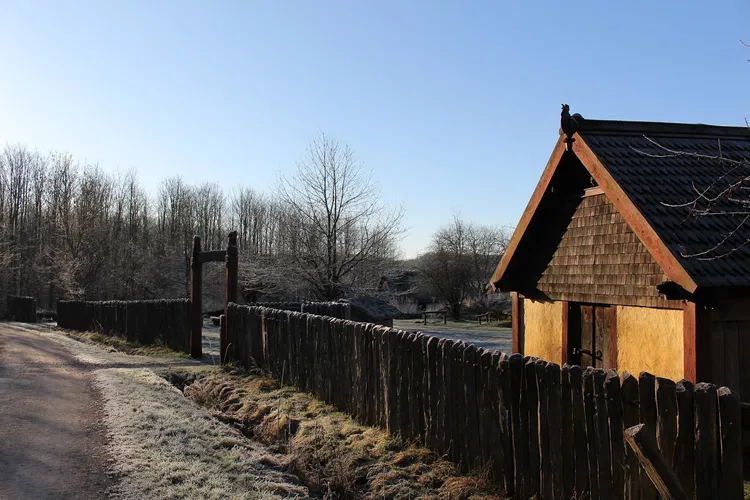
Viking Village
RisbyVikingelandsbyen, located in the northern part of Albertslund Municipality at Risby, is a historical workshop and open-air museum. Established in 1992, the village offers a unique glimpse into the Viking era. Visitors can explore the three small pit houses and a farmhouse that are part of the village.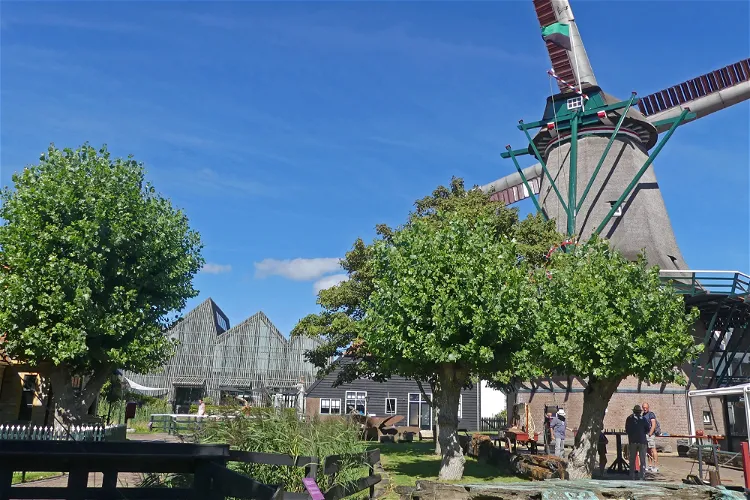
Museum Kaap Skil
OudeschildMuseum Kaap Skil is housed in a modern glass building with a shell of wooden beams. The museum is dedicated to Texel and the sea. The collection includes beachcombing objects and dive finds, as well as paintings and prints. In addition, the museum has the largest maritime model in the world.
Nordhorn Zoo
NordhornTierpark Nordhorn, also known as Dierentuin Nordhorn, is a zoo that was established in 1950. It is located in the German town of Nordhorn, which is situated near the Dutch border. This makes it a convenient destination for tourists from both countries. The zoo is home to approximately 2,060 animals from over 100 species, making it a diverse and interesting place to visit for animal lovers.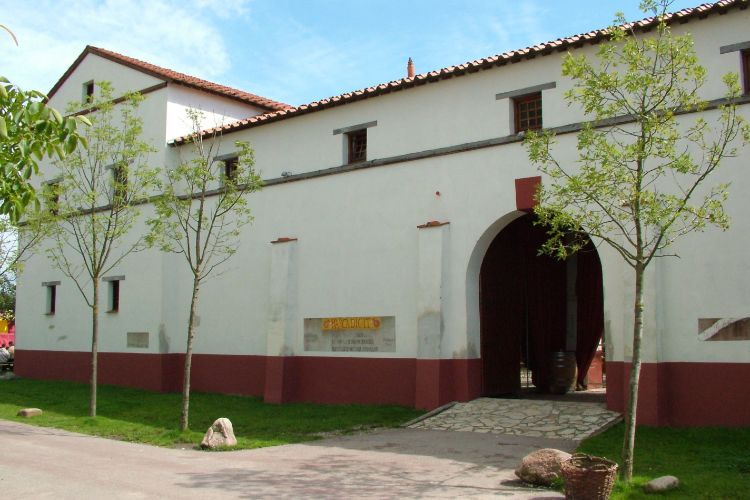
Archeon
Alphen aan Den RijnThe Archeon is a theme park that shows how people lived in ancient times. Visitors can participate in various activities themselves, such as sword fighting, calligraphy and archery.
